|
I’m sure you’ve heard it everywhere by now; Summer is over, caput, gone. See you next year, I shout as I watch it walk away, in flip flops, with a suitcase packed full of mismatched bathing suits, sunscreen, cocktail umbrellas, vacation days, grilled corn and sea shells…but wait, while dear Summer departs, your old friend Fall arrives, with a bag full of apples, boots clacking, a cool new scarf and a crisp breeze. Hey, you love time of year, remember? Though, if you’re lucky, there’s a brief period when Summer and Fall overlap a little, what could be better? Two of your favorites getting to hang out over a glass of white wine, and of course you ask them to stay for a snack so the moment will last a little longer. ..And this is what you should serve them, a little something for everyone - Ode to Summer and Welcome to Fall - Crostini. Ode to Summer Crostini (or basil-mint ricotta crostini with fresh zucchini and tomatoes) PRINT RECIPE [Prep: 20 mins / Cook: 10 mins / Total: 20mins] [Serving size: about 16 or half a baguette]
Welcome to Fall Crostini (or balsamic raisins with sauteed olives and almonds crostini) [Prep: 15 mins / Cook: 15 mins / Total: 30mins] [Serving size: about 16 or half a baguette]
Let's start with the Ode to Summer Crostini: Preheat your oven to 350° slice baguette into 1/4” thick slices, transfer to a large cookie sheet and brush with olive oil and lightly salt. (Note: If you are only making the summer crostini you should pop the bread slices into the oven as soon as it is hot and let them bake for 10 minutes. If you are making both summer and fall crostini you should wait until you are simmering the balsamic reduction to put the bread into the oven) With a vegetable peeler take your zucchini and peel away - I rotated the zucchini 3 times, while peeling it, stopping on each side when I reached the seeds, so that I was left with a core. You can discard the core and now you have a nice fresh pile of zucchini strips. Transfer them to a small mixing bowl, lightly salt and toss with the lemon juice and zest. Quarter your cherry tomatoes and transfer to another small mixing bowl, add 1 tablespoon olive oil and a dash of salt and let sit. In a blender or small food processor add the mint, basil, pine nuts, 2 garlic cloves and salt. Blend until smooth. Add the ricotta cheese and blend again until incorporated. If you are only making the summer crostini, then remove baguette slices from the oven, let them cool for 1 minute, then rub them with the raw garlic clove. Add tablespoon of the basil-mint ricotta mixture, a strip of zucchini, some cherry tomatoes and some freshly grated ricotta salata. Enjoy! For the Welcome to Fall Crostini:
Pour the balsamic vinegar and honey into a small skillet and cook over high heat until it begins to bubble/boil. Lower the heat and let the mixture simmer for 5 minutes, add the raisins and let simmer until the mixture has reduced to half of its volume and is thick enough to coat a spoon, this should take about 5 more minutes. Put baguette slices in the oven and set timer to 10 minutes (Don't forget to lightly coat them in olive oil and a little salt if you haven't already!) Heat 1 tablespoon olive oil in a small skillet over med-high heat. After 1 minute add the olive slices and almond slivers, cooking for 5 minutes stirring occasionally. Remove from heat. In a small mixing bowl whip the ricotta cheese with a little olive oil, salt and pepper. Remove baguette slices – now crostini – from the oven and rub them with the raw garlic. To create the fall crostini, add 1 tablespoon of the simple whipped ricotta, a little bit of the olive-almond mixture and top off with some freshly grated ricotta salata and finish with a drizzle of the raison balsamic reduction. This is how you enjoy two seasons at once!
2 Comments
We all have those cringe-worthy holiday family traditions - great Aunt Bethany’s jello molds at Christmas or being forced by your parents to wear lederhosen in family photos. Sometimes they are founded in fact or history, many times they remain shrouded in mystery…yet we still accept them. Why? Because it’s tradition! As children we sighed and stomped and tried to run away from them, not taking part because it was our moral obligation not to. But then we realized that we miss these silly rituals, we no longer live at home or no one makes the effort anymore because we are all adults…and soon you fear they may be forgotten. Of course some people may never even consider this, but being the nostalgic sucker that I am, I do. In fact I am the unrelenting family member encouraging a constant stream of new traditions; the few days before Christmas have become the felt decoration making time [well it happened one year]. Making cocktails with my sister and mother, any time we see each other – yes let’s turn that into tradition too! So I guess I should get to the point. When I was a little girl, my sister and I would go with my mother to Stockholm in the summer. We were visiting her sister and would get to experience the awesomeness that is Midsummer, or Midsommar as they say. It happens all over Sweden on the third Friday of June, the eve of Midsummer’s Day…whole towns of towheads in traditional Folk dress, flowers in hair, jumping dancing running around a green leafy maypole, while singing in a language I still don’t know that well – never quite understanding what was going on, but wanting to be a part of the celebration, this is Midsummer to me. It is a celebration of light, of the longest, sunniest day of the year. For Swedes it is a magical day filled with wild flowers, aquavit, herring and fresh picked strawberries – a weekend long celebration really. But no, this was not really my tradition growing up, but it was my mother’s and so by proxy over the years I have taken it on. So when my good friend and fellow foodie said she wanted to have a summer solstice party – I said, Yes! Midsommar! It happened and it was awesome. We sang Swedish drinking songs and sipped caraway flavored Aquavit, poked at Swedish meatballs with Swedish flag toothpicks. We ate pickled herring and snacked on knäckebrot with jarlsberg cheese. Why did everyone join me so wholeheartedly? Well, because it’s tradition. Just a few links in case you're curious... Swedish Midsummer Traditions A Midsummer Night's Feast at The Tasting Table Nordstjernan - Most popular Swedish Drinking Song Helan Går NYTimes 36 Hours in Stockholm
I was on the road a lot this spring but now I’m ready to relax and settle into summer. Relax into morning iced teas and late night ice creams, into sun hats and flip flops and smelling like sunscreen. Relax into the poolside beers and dinner parties where the sun refuses to go down. So I though I would share a good potluck dish that tastes like summer, but is so easy to make it doesn’t keep you from enjoying it! Remember how I said that summer begins and ends with basil pesto…well, enter summer! I know it’s not official, we have a little over a week to go, but I decided to bring out the basil pesto. It’s a little different than the one I made for you guys before; it’s still a no cook, delicious the next day, pasta salad. Cue, sweet peas and grape tomatoes, more summer staples, then throw in some parsley, lemon and top it off with chives and you’ve got something special. The sweet pea herb ricotta sauce – a non traditional take on a pesto – is still a simple blender sauce, which is good because it leaves more time for you to make a little something extra like…a sweetly tart honey balsamic reduction that makes this dish a little fancy. A good looking well dressed pasta salad is always welcome at any party. Sweet Peas are made of these… Sweet Pea and Ricotta Pasta Salad PRINT RECIPE [Prep: 15 mins / Cook: 10 mins / TOTAL: 25 mins [Serving size: 4 dinner sized portions]
If using frozen peas make sure to take them out ahead of time so that they can defrost. If using fresh peas give yourself a little extra time to shell them.
Fill up a large pot with about 5 quarts of water - or until water is about 3 inches from the top. Salt generously - at least 1 tablespoon - cover and set heat to high. Wash tomatoes and slice thinly. Marinate the tomato slices in 1/2 tablespoon olive oil and a pinch of salt. Wash and stem the basil and parsley, zest and juice 1 lemon, and peel 3-4 gloves of garlic [I like a lot of garlic, but it is used raw here so it gives a lot of kick, so use less if you want the flavor to be milder]. Chop the feta into small pieces and mince the chives. The feta, lemon zest and chives will be used as a topping, you can put them aside to use at the end. In a small food processor combine the ricotta, sweet peas, washed and stemmed basil and parsley, lemon juice, 2 tablespoons olive oil, garlic cloves, a few pinches of salt and a few grind of fresh cracked black pepper. Blend until all ingredients are incorporated and the texture is smooth. Let sit in the food processor. When water begins to bowl add the pasta and set timer to 8 minutes. Pour the balsamic vinegar and honey into a small skillet and cook over high heat until it begins to bubble/boil. Lower the heat and let the mixture simmer until it has reduced to half of its volume and is thick enough to coat a spoon, about 10 minutes. When pasta is done cooking, reserve 1/3 cup pasta water before draining. Transfer pasta to a serving bowl and toss with a splash of the pasta water and a tablespoon of olive oil, mix well. Add the reserved pasta water to the sweet pea ricotta sauce and blend – this will help to thin out the sauce a little. Toss the pasta as well as the marinated tomatoes and the sweet pea ricotta sauce. Top the pasta with feta, lemon zest and chives, drizzle the balsamic reduction over the top. Enjoy! There are few things that I enjoy more then when random food I have hanging out in my fridge becomes an honest to goodness meal. My mom calls this catch it and pull it. I do this quite often but recently this chance encounter of ingredients worked together so well, that I made it again within a week. The culprit was spaghetti squash. I know it’s not really the season for it, spaghetti squash is more of a winter vegetable but it was hanging around in the supermarket sort of like how winter has been hanging around even thought it’s technically Spring now. I then had the squash sitting at home for days not knowing what to use it with, but I wanted to use it before it went bad. Now, my mother and I have had an ongoing conversation about the best way to caramelize whole shallots and I’d recently come across a few recipes that caramelized them on the stovetop and then roasted them in the oven. I happened to have a few shallots, and I wanted to try out one of the recipes, so those were quickly added to the list of ingredients. It really wasn’t until the [buttery sugary] shallots were roasted in the oven along with the spaghetti squash that I picked out a few other things to perk up the dish. Whatever greens I had in my fridge were rinsed, chopped and then quickly sautéed – just to the point of wilting. A little feta saltiness to counteract the sweetness of the shallots and then some mint. Mint because…well just because it adds a surprising flavor to savory dishes and works more often than not. So even though this is more of a Fall/Winter recipe I couldn’t wait to share it. I had it as a main course, because as I mentioned I was rooting around in my fridge for ingredients and hadn’t really planned it all out. If I did it again I’d maybe have it as a side with some sort of fish. Cod or sole would go great…or maybe some scallops… Roasted Spaghetti Squash with Caramelized Shallots PRINT RECIPE [Prep: 10mins / Cook: 45mins / TOTAL: 55mins [2 dinner servings, 4 side servings]
Preheat oven to 400°. Cut the spaghetti squash in half lengthwise and clean out the seeds and pulp with a spoon. Transfer the 2 halves on a baking sheet and spread 1 1/2 tablespoons of olive oil over the surface of the squash and season with a few dashes of salt and some freshly ground pepper. Put in the oven and set the timer to 30 minutes. Peel the shallots and cut in half lengthwise. Put a small skillet over med-high heat and melt the 3 tablespoons of butter. Once melted add the shallots to the butter and let them sit for 1 minute, spooning the butter over the tops of the shallot halves. After letting them sit, flip over and add the sugar. The shallots will start to brown and caramelize faster with the help of the added sugar. Let sauté for 8 minutes longer, about 10 minutes total, stirring often, the shallots will begin to fall apart. Season with a few dashes of salt and some fresh ground pepper. Remove the shallots from the heat and add the red wine vinegar. Return to the heat and stir vigorously, scraping up all the bits stuck to the bottom of the skillet. The shallots will start to break down even more and the vinegar will deglaze the skillet. Turn off the heat. When the 30-minute timer goes off you’ll want to add the shallot mixture to the oven. Transfer the shallots to a small ovenproof platter. Set the timer for 15 minutes. Rinse both the spinach and kale. Stem the kale and roughly chop both of the greens. Using the same skillet [no need to clean it, the skillet is well seasoned by the shallots] turn the heat to medium and add 1 tablespoon olive oil. After 1 minute, add the greens, stirring often. You just want to wilt the spinach and kale a little, sauté for amount 3 minutes, then remove from heat. Once the spaghetti squash is ready, after 45 minutes or so of roasting – it should be fork tender, remove it from the oven and let cool for 5 minutes. Removed the shallots from the oven as well. Shred the squash with a fork, it will break up into spaghetti like segments, so that all you have left is the skin. Transfer the “spaghetti” to a bowl and incorporate the wilted greens. Add 1/2 of the shallots, crumbled feta and torn mint leaves. Mix well. When you are ready to plate the dish incorporate the rest of the shallot mixture, feta, and mint as a topping on eat serving and finish with some fresh ground pepper. This dish is best when served warm, but it’s also great the next day right out of the fridge. If you didn’t know already, I live in Texas, and it’s taken some time [about 3 years] but I really like it [come on, I’m a New Yorker, it’s bound to take some time to adjust]. While I like to eat healthy I’ve learned that there’s something really special about freshly made fried food [stick with me here]. They do it all down here, especially around the time of the State Fair of Texas, held right here in Dallas. It’s held in the fall and you can pretty much get anything deep-fried. Oreos, butter, sandwiches, beer, burgers. You can also get a real huge turkey leg and walk around chomping on it like it’s no big deal. It’s a lovely lovely time usually followed by a detox. Anyways a little fried food never hurt anyone, especially when it’s homemade. So basically what I’m saying is that while I used to look at vegetable and think, hmmm, I bet I could roast or caramelize that, now I think, I bet I can fry that. Fried avocado, now that is good. Fried portabella’s – yum! Recently I was in Austin visiting a friend and came across fried beets. I was mesmerized. Beets? I’d come to love beets as an adult, but beets are for salads or for the hot pink risotto I make once a year around Valentine’s Day…Fried beets seemed…so weird, I had to try them immediately. They were so freaking good! And I have to admit, taking such a powerfully nutritious vegetable and turning it into a fried food felt sort of wicked, I loved it. It’s like when parents trick their kids into eating broccoli by smothering it in cheese…devious yes, but sometimes you’ve gotta go the distance to make a person eat a veggie. Fried Beets with Minty Thyme Aioli PRINT RECIPE [Prep: 10mins / Cook: 55mins / TOTAL: 1hr5mins [8 appetizer size servings]
Minty Thyme Aioli [Total: 5mins] [1 cup]
Start out by rinsing and peeling the beets. Your hands may turn a little (or a lot) pink, but it’s worth it. Chop the beets into large slices about 1/2 inch thick. Place them in a large skillet, toss with the balsamic vinegar, olive oil, 1/2 teaspoon salt, and a few grinds of fresh pepper. Add 1/2 cup water, cover and bring to a boil over med-high heat. Let boil for about 5 minutes, then lower heat to a simmer and cook until all the liquid has evaporated, about 35 minutes, stirring occasionally. While the beets are cooking you can make the minty thyme aioli. I usually do this in a small food processor, but you can also do it by hand…it just takes a little more patience and time. Roughly chop up the mint and remove the thyme leaves from their stems, mix together in the food processor with the lemon juice, red wine vinegar, egg yolk, salt and pepper. Slowly incorporate the oil a little at a time. The mixture should slowly emulsify. Refrigerate. Once the beets are done cooking [you can test them with a fork, they should pierce easily and slide off] remove them from the skillet, and let cool for about 5 minutes [until they are cool enough to handle]. While the beets are cooling off, rinse out the large skillet you were just using, making sure to wipe it dry, add 1 1/2 cups vegetable oil and put over med-high heat. In a medium bowl combine the flour and seltzer, salt, pepper and cayenne. The consistency should be like sour cream, if it’s too thin add a little more flour, if it’s too thick, a little more seltzer. The thicker the better it coats the beets. Prepare a plate covered in paper towels or newspaper. Add a few beats to the mixture making sure they are all evenly coated. When the oil it ready, you can [carefully] flick a little water and see if it sizzles – or to be extra sure you can use a "test" beet and see if the batter turns golden when added to the oil. Transfer beets to the oil in a slotted spoon. Repeat until skillet is full with beets, wait 1 minute and then start to flip them. Beets are finished when the batter has turned golden brown. Transfer to platter and let paper soak up some of the oil. Repeat until all beets are finished. Serve on a fresh platter with aioli. Enjoy! I was trying to put together a menu for this weeks post when a close friend of mine called me and said, “I’ve made a huge batch of pimento cheese last night, I’ll bring you over some after work.” I politely declined and said, “I’m not a fan.” She responded with something like, “phsht, oh come on. Have you ever even tried pimento cheese?” No, I hadn’t and was ashamed to admit that I’d said no to something I’d never tasted. “You’ll like it,” she promised. So I’ll admit I had to look up pimento cheese the first time I heard about it. Growing up in the northeast it wasn’t one of the comfort foods that I had become familiar with. Actually when I finally I figured out what it was, I thought pimento cheese sounded perfectly awful. Mayo? American cheese? Jarred peppers? Why would I want to eat that? It was a southern tradition that I was fine to miss out on. Except that it kept popping up, at restaurants, in conversations and cocktail parties… I remained skeptical even when a friend ordered it at a diner in the grilled cheese fashion, and enjoyed it. It really took one of my best friends – originally from Mississippi – making a homemade batch, for me to try it. I trusted her not to steer me wrong, but I still told her no thanks the first time she offered. She persisted. I finally gave in and said, “What!? This is what I’ve been missing?” It was good. Really really good. Since then I’ve had pimento cheese with sliced apples, crackers, warmed up on toast as she suggested. I was a convert. What I learned is that like any dip, spread or sauce, there’s a supermarket processed version, and then there’s homemade. There are so many possibilities with pimento cheese, you could add pickles or garlic, mix different kinds of cheeses, or spice up your mayo. So Basically I’ve learned to shut my mouth, open my mind and try anything once. Especially when it’s homemade. I think I’ve made my southern friends very happy. Smoked Gouda Pimento Cheese Sandwich PRINT RECIPE [Prep: 25min / Cook: 5min / TOTAL: 30min] [6 servings]
Homemade Mayo [~3/4 cup]
The hardest part of this recipe is making your homemade mayo – which of course is totally optional. While I’d like to say that I whipped it all up by hand, I recently got a mini food processor and really wanted to try it out. So first I added all of the ingredients for the mayo – except the oil – together in the mini food processor and pulsed it a few times. Then I slowly added the oil bit by bit until the ingredients started to come together, thicken, and become mayo. It really is that easy, and it tastes delicious. You should experiment with herbs and spices to make “fancy” mayo, a good way impress any dinner guest. To make the pimento cheese spread start by shredding the smoked gouda, you can do this by hand or in a larger food processor that has a part for shredding cheese. In a medium sized mixing bowl, combine the cheese, yogurt, mayo, and pimento peppers. Finely chop up the rest of the herbs and veggies, incorporate and mix well. There you have it! Pimento Cheese.
This type of cheese spread can be served many different ways, with crackers or veggie sticks, but I think the best way is the grilled cheese way. Basically just pile as much pimento cheese onto a slice of bread as you can handle, top it off with another slice and “grill” on a well-oiled cast iron skillet over med heat. Flip after one side is browned and toasted, about 3 minutes and cover, waiting about 1 more minute. Here are a few things that we all know about winter: it gets cold, people get sick, soup gets made. We all have our favorites and family recipes. Me, I normally make a roasted butternut squash and sweet potato soup. In a restaurant though there’s really only one I order, the mouth burning French Onion soup. We all do it, we order it and wait expectantly for the gooey bubbly cheesy little crock to be placed in front of us – and when it finally arrives we are told to be careful because it is still quite hot. And what do we do? We dig in and burn our mouths. But we go on because the magical soup is so good, so comforting, and so cheesy, brothy and mushy. All table manners go out the window when the soup is all gone and we start to pick at the burned hardened cheese that had bubbled over under the broiler. But don’t worry, the other restaurant goers understand because you are eating French Onion soup and that is just what you do. This past weekend I was gearing up to make my first batch of winter soup and I saw an article in the New York Times about Red Onion Soup. The author had made a similar version years before with Jacques Pepin – the be all and end all of French cooking (except for Julia Child of course) and he was going over how it was made. This version used water not broth; it really was a pauper’s soup – onions, garlic, herbs, stale bread, cheese, salt pepper, a little wine and a lot of water. I did a little more research and saw that everyone had their own style; some used broth – beef or chicken, wine – white or red, alcohol – sherry, brandy or cognac. So many choices! I’d never made French Onion soup before and was a little overwhelmed because so many people said theirs was the “true” recipe. I decided to stick with the original recipe that used water, I liked the simplicity of it – and honestly I wanted to see how good water and caramelized onions could actually taste. Good. Really really good. It tasted better than it had any business to. And it was so easy! So please, go to the store, stock up on onions and try this soup. Here’s the link to the NYTimes Red Onion Soup recipe published on 1/1/14. …and because we all love Julia Child French Onion Soup PRINT RECIPE [Prep: 20min / Cook: 1hr 15min TOTAL: 1hr 35min [6 servings]
The prep for this soup is painfully simple, peel and thinly slice your red onions – but choppers beware you will most likely cry. This is a large amount of onions and it is hard to get through cutting all of them without taking a break. The only trick that works for me (sort of) is biting the wooden end of a matchstick. Now onto the garlic, the cloves just need to be roughly chopped – which is great because all you have to do is press the cloves with the flat side of the blade of the knife you’re working with – the garlic will smoosh and pop out of its skin a little, making it super easy to peel. Then just a few little chops – no tedious mincing required. Once you’re done with the chopping, set up your stove with two skillets – as big as you have would be ideal – and a large pot, at least 3 quarts. Add 1 cup red wine, 2 bay leaves, small bunch thyme and minced garlic to the pot. Turn the heat to med-high under both of the skillets. As soon as they get hot – about 1 minute – pour 1 tablespoon of olive oil in each skillet and let heat up for about 30 seconds before adding the onions. They may need to be cooked in 2 batches, you don’t want to overfill the skillets, otherwise the onions won’t brown evenly. Add salt to each – about 1 teaspoon and a few grinds of pepper. Let sauté for about 10 minutes stirring occasionally so they don’t burn. Have 2 cups water ready – once the onions are finished, they should be a dark golden brown and may have sections of dark brown if they got a little burned (that’s ok!), turn off the heat and add them to the pot – then pour one cup water into each skillet to deglaze them. Using a wooden spoon scrape up all the little bits left on the bottom of the skillet, the water will take on the caramelized onion flavor. Add deglazing water to the pot. Repeat until all the onions have been cooked.
Turn heat to mid-high under the pot and bring mixture of onions, garlic, red wine, deglazing water and herbs to a simmer, let sit for 5 minutes. Add two teaspoons of salt a few grinds of pepper and 8 cups of water. Bring to a boil – this will take a few minutes, if the tap water is hot when you add it this will speed up the process a little. Once the soup is boiling turn the heat down so it stays a slow simmer - you may need play with the heat a little. Let simmer for about 45 minutes. Now you can start prepping the bread, cheese and herbs. I suggested 6 slices of bread because this soup yields 6 bowls, however if you are making this recipe but only have a few mouths to feed you’ll only need a few slices. Also this soup (pre-cheese) will last a few days in the fridge and you can always freeze it for later! Grate the desired amount of cheese into a small mixing bowl. Chop the sage and thyme – or any herbs that you have on hand and think will go well – add them to the cheese and grate some fresh pepper on top. Mix it well. If your bread is fresh and not stale, now is the time you should toast it. After 45 minutes have past, taste the soup and season accordingly, you can always add another splash of red wine or even sherry, cognac or brandy. Let cook for 5-10 more minutes. You can make the soup ahead of time (up to a day ahead) and re-heat it. Once the soup is ready to plate put your oven on broil, make sure the rack in the oven is near the top, about 6 inches away, then pile the cheese and herb mixture onto the bread and put it in the oven. *I put the bread slices on foil first and then on a baking dish, otherwise the cheese melt over the sides and stick to the dish. You only need to leave the toast in the oven for about 45 seconds, just until the cheese is a browned and bubbly. Now you are ready to plate the soup. Pour a few ladlefuls into warmed bowls and put the freshly made cheesy toast on top. Grate some fresh pepper and enjoy! *If you have proper soup crocks with a rolled rim, follow these instructions for a more traditional presentation of the dish. Place the piece(s) of toast in the bowl before adding the soup and cover well with gruyere. Put the whole crock into the oven under the broiler, about 8 inches away from heat, for 3-4 minutes. So picture this – you’re hungry and out of ideas for what to eat – be it breakfast, lunch or dinner. I’m not saying that you have to feed a whole army – it’s not that kind of dire situation – you just have to feed yourself and maybe a hungry boyfriend/wife/roommate. I secretly love this scenario. You’re desperate and think you have nothing to make, but then ingredients start popping up in the fridge as ideas start lighting up in your head. Bread – check, random assortment of half used veggies – check, small piece of smelly cheese – check, one egg left…- check! So I start picturing this epic meal – just a sandwich really - in my mind and I get hungrier by the second. How can I maximize efficiency and cut down on time…enter trusty cast iron skillet. Well hello my hefty well-seasoned problem solving friend – lets get down to business. It's at this point I realize that I can pretty much add all of my ingredients into the skillet and cook them at the same time – I am feeling pretty self-satisfied. Ok enough about my feelings and talking to my kitchen cookware. I’ve made this sandwich a few times now and it’s yummy and satisfying. You don’t need to use the same exact ingredients that I used, that’s exactly NOT the point - It’s to use up what you have in your fridge and make an awesome sammie. There are too many options to even try and cover here. So go on now, go on and try it for yourself! Portabella Skillet Sammie PRINT RECIPE [Prep: 10 / Cook: 20 TOTAL: 20 (the prep can take place simultaneously to cooking)] [one serving]
Heat the oven to 350° - this is only necessary if you don’t have a toaster oven.
Place a large cast iron skillet over medium heat and add 1 tablespoon extra virgin olive oil. Wait a few minutes for it to heat up and then add the portabella cap face down. Let this cook on its own for a few minutes - 5 minutes should be enough. While the mushroom is cooking, put the sliced bread in the oven - set your timer to 5 minutes - slice up the onion, pepper and tomato. To the same skillet add the sliced onions, red peppers, and tomatoes. Keep them separate from each other. The idea is to caramelize the onions and blacken the peppers and tomatoes. The peppers and onions should be stirred up and can mix a little with each other, but the tomatoes will fall apart if you are too rough with them. When the onions start to turn a warm golden color and the peppers start to blacken, carefully flip the tomato slices over. [Check to see if the toast is ready!] Now you can flip the portabella slice over and add a pinch of salt to everything and a pinch of sugar just to the onions. Then you can let everything sit in the skillet for 5 more minutes, stirring up the onions and peppers every now and then. While you are waiting on the veggies in the skillet, spread on the still warm toast whichever soft cheese you’ve decided to use - I had a rich triple cream on hand. Take the halved avocado and mash it up with a fork while still in its skin. Take the peeled garlic clove and rub all over the other half of toast, then smear it with the mashed avocado and season lightly with salt and pepper. Add the piece of toast smeared with cheese to the skillet and crack your egg into any empty space you can find – you may need to do a little rearranging for everything to fit – and cover. Since the skillet should be nice and hot the egg shouldn’t spread out too much once it hits the pan, if it does, just coax it back a little before covering. The egg should be done after a 2 minutes or so, flip it – waiting about 30 seconds, and then scoop it up with a spatula and place on top of the portabella. Now the fun part - carefully stacking the sammie. I chose the creamy triple brie smeared side to be on the bottom, dressed it with the arugala and then the portabella with egg. Next, I added the fried tomatoes, peppers and onions, and topped it off with the garlicky avocado toast. So yes it’ll become sort of a mouthful for a sandwich, but you can press down a little on it, cut it in half and watch the yolk spread and mix with all the yummy ingredients. [If runny yolk isn't your thing just let the egg cook another minute (instead of 30 seconds) after you’ve flipped it.] If you have some potato chips to throw on the side, even better! Oh and it’s a pretty hearty sandwich – so if you feel like sharing – a half is probably enough to fill a hungry belly. Enjoy! The varieties of potato salads are endless. Some are light and fresh, others tangy and vinegary with chunks of cornichon, some are heavy on the mustard seeds, other the mayo. Everyone has a favorite. I never turn down potato salad; I have to try them all. This general understanding is what brought me to my latest creation. This past summer I was lucky enough to be invited to an out of this world, celebratory, indulgent, week long vacation in Normandy with cherished old friends. We stayed at a chateau…yes I am still pinching myself. There was an abundance of good food…it was one of those experiences where everything simple just tasted better. The bread, the brie, the saucisson, the wine…and apparently the potato salad. One of the nights we stayed in and cooked. Grilled meats, roasted veggies – charcuterie, olives and cheese were plentiful, as were fresh crusty baguettes. And then there was this simple potato salad with the tiniest potatoes I’d ever seen. It was lemony and chivy, a little creamy and gone way to quickly. I never got the recipe – perhaps there wasn’t even one, perhaps it was the creation of whim. Though potato salads are a thing of the summer, I recently I saw these same potatoes in the grocery store and knew what I had to do with them. Three Herb Aioli Teeny Tiny Potato Salad PRINT RECIPE [Prep: 10 / Cook: 15 / TOTAL: 25 minutes] [makes about 1 cup aioli and 6 side servings of potato salad]
Start out by washing the teeny tiny potatoes thoroughly under cold water. We will wait to cut them until after they have been cooked. Place potatoes in a large saucepan and fill with cold water until just covered. Salt water generously [at least 1 teaspoon], put on high heat and cover. It should come to a boil after 4 minutes. As soon as this happens lower heat to medium and leave uncovered simmering for 10 minutes. You can check for doneness by piercing the potatoes with the point of a paring knife, it should slide in easily. If you think they are ready, it’s always a good idea to do a taste test first.
While the potatoes are coming to a boil, incorporate the peeled and quartered shallot, half of the chives, half of the parsley,1 cup olive oil, 1 egg yolk, 1 teaspoon of salt in a small food processor. Blend for 30 seconds. Now add to the food processor, 2 tablespoons of tarragon vinegar, lemon juice [from one of the lemons], cracked pepper and mustard and blend for 30 seconds. This combination will make an aioli. The longer you blend the thicker it will become. You can always thin it out with some water. This step can also be done by hand. You would whisk together all of the ingredients except for the oil. Once the mixture is well combined, add the olive oil, dribbling it in slowly while whisking the egg yolk and vinegar mixture. The aioli should start to form as the yolk soaks up the oil. When the potatoes are finished remove them from the heat and pour into a colander placed in the sink. Let the potatoes rest in the sink until they are cool enough to handle. If you’re tight on time, you can run cold water over them for 1 minute so they are cool enough to handle faster. Cut the potatoes into ½ inch rounds. Pour juice from the second lemon, 1 tablespoon of tarragon vinegar, and 1 teaspoon salt over the potatoes, mix and let sit for a few minutes. Add the aioli and the chopped parsley and chives, toss well. Taste and season with sea salt or fresh cracked pepper – and enjoy! Recently my boyfriend has been on a crepe craze. He’s been whipping them up for years, so I’m a lucky girl. I haven’t tried my hand at them in a while, but the other day I really really wanted some mushroom crepes… My early memories of these thin, delicate pancakes revolve around them being stuffed with mushrooms and cream or baby shrimp and dill. My Swedish grandmother and great aunt would make them when I visited in the summer and fall. It’s not a very strong memory – other parts of my trips to Sweden remain closer to the surface…the cinnamon buns [kanelbullar], gummy candy [goodies], lingonsaft [lingonberry syrup and water] and of course the Äppelkaka – I was young and sweets were always on my mind…Anyways these creamy mushroom crepes have been lingering in my thoughts recently and I had to have them. Unfortunately I don’t have either my grandmother’s or great aunt’s recipe, so with a little help from a Swedish cookbook I sort of come up with my own version. Traditionally the pannkakor med svampfyllning [Swedish pancakes with wild mushroom filling] has just that, wild, fresh picked mushrooms. I had good old white button mushrooms – champignons - on hand. Also the recipe calls for cream; I decided to use some ricotta as well. Add a little lemon, paprika, chives, and onions…and what I ended up with was remarkably close to what I remembered. It was a happy moment. The most amazing thing about crepes is their versatility. You could throw the chives in the crepe batter, instead of the filling, the paprika too. Or save some of the crepes for dessert and make a sweet filling… Swedish style crepes with Mushroom Ricotta filling PRINT RECIPE [Prep: 20 minutes / Cook: 25 minutes / TOTAL: 45] [make about 10 crepes] Crepes:
Mushroom Ricotta filling:
To make this crepe batter you’ll need a food processor or blender…then add all of the ingredients and blend! You have your fancy crepe batter ready to go – isn’t it awesome how easy this is. You can keep the batter in the blender and just pour it in to the pan when you are ready to make the crepes. First though, let’s compose part of the mushroom ricotta filling. Combine the ricotta cheese, cream, paprika, chives, lemon juice, salt and pepper – a few grinds of the pepper and a pinch of salt should do. Now whisk this all together and taste. It should have a balanced flavor, not too lemony or salty. The actual making of the crepes can be a little intimidating. Put a sauté over medium heat and add a tablespoon of butter. Make sure to coat the bottom of the pan as well as the sides. Wait until the pan is hot [you can splash a few drops of water to test, it will sizzle when it’s ready] and have a spatula ready. Pour in about a ¼ cup of the batter, or just until the batter almost covers the bottom of the pan. Tilt and rotate the pan so that it is evenly coated with the batter. You will notice that small bubbles rise to the top of the crepe – this is good, it means it is almost ready to flip - depending on how hot the pan is, this could take 1 minute. Take the spatula and gently easy it under the edges of the crepe until you can slide it the whole way around and then ease it towards the center of the crepe. There are a few ways to flip it, you can lift the edge with a spatula and then grab it with your fingertips, or you can try flipping it with the spatula alone. It make take a few tries, but you’ll get the hang of it, and anyways, they don’t need to look perfect – they just need to taste that way. The crepes will need less time on the second side, they should be ready to come out after about 30 seconds. You will need to add a little more butter to the pan as your crepe making process moves along - maybe every third crepe or so. As they finish up you should have a plate nearby that you can transfer them to and cover with a paper towel. You don’t want to cover the crepes with foil, as it will make them soggy. All that’s left to do is finish the mushroom ricotta sauce. Thinly slice up the mushrooms and dice the onions. You can use the same sauté pan; just add a tablespoon of butter and a tablespoon of olive oil. Once this is hot [again you can tell by splashing a few drops of water into the pan – if there’s a sizzle you are good to go] add the minced onion and sauté for 3 minutes. Then add the mushrooms and sauté for 5 minutes longer. At this point you can a pinch of salt and a few grinds of black pepper. After the 5 minutes is over add the ricotta and cream mix to the sauté pan. Cook this mixture for 2 minutes longer, stirring a few times.
To compose the crepe, just spoon a few tablespoons of the mushroom sauce into the crepe, roll it up and garnish with some chives. |
All
Stuff I follow...
Not Without Salt
My New Roots Sprouted Kitchen Thug Kitchen Lady and Pups A CUP OF JO The Daily Meal Melissa Clark ...always 3191 Miles Apart The Sartorialist Garance Dore The Nourished Kitchen Archives
October 2014
|
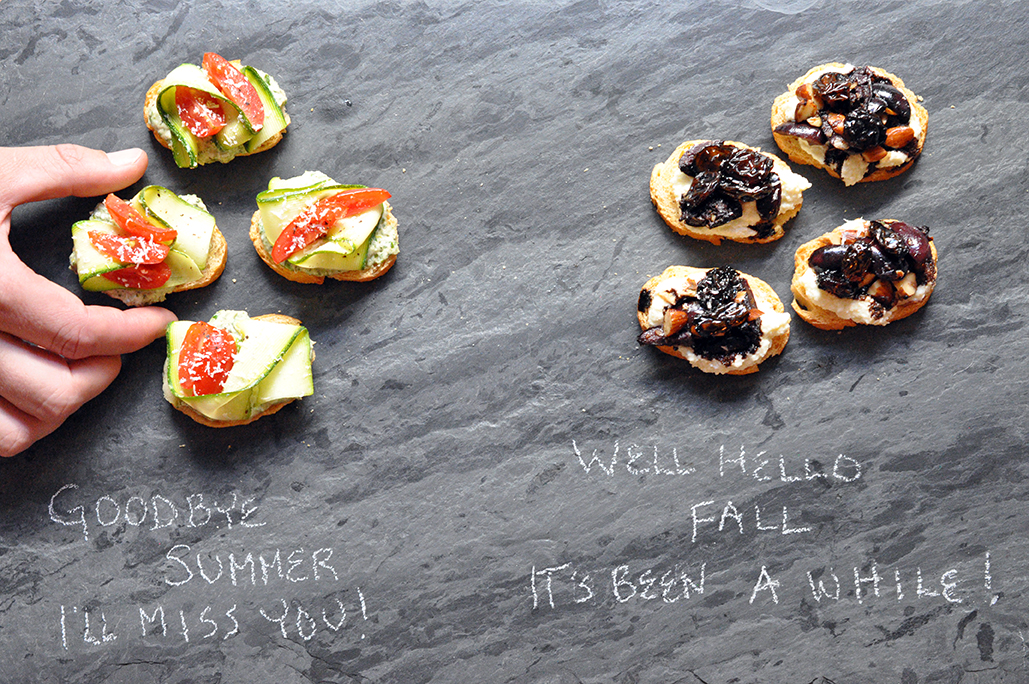
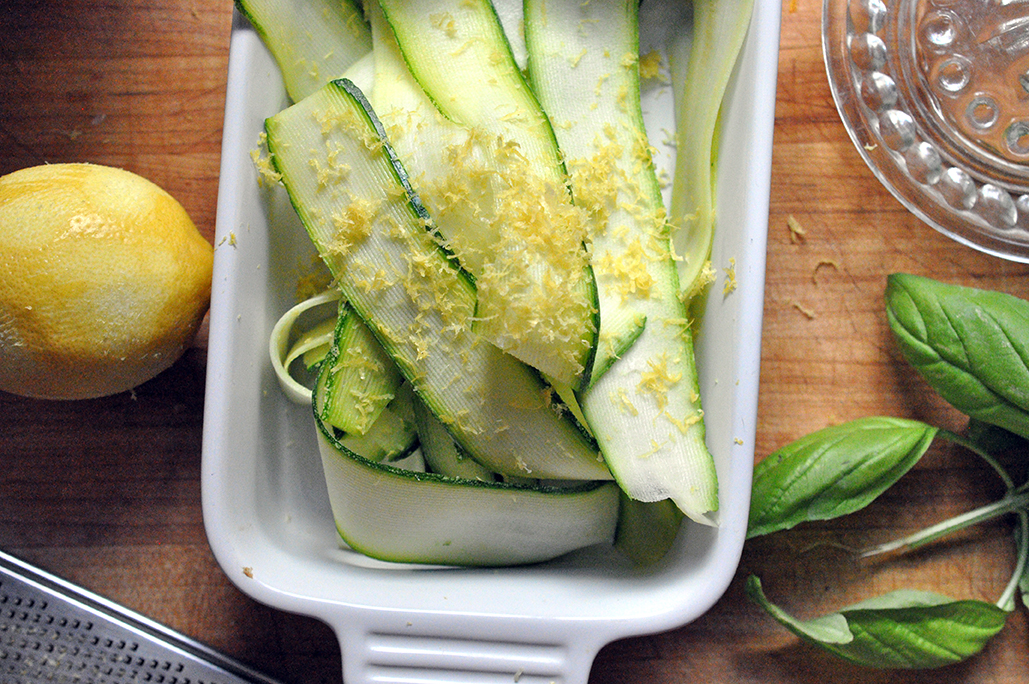
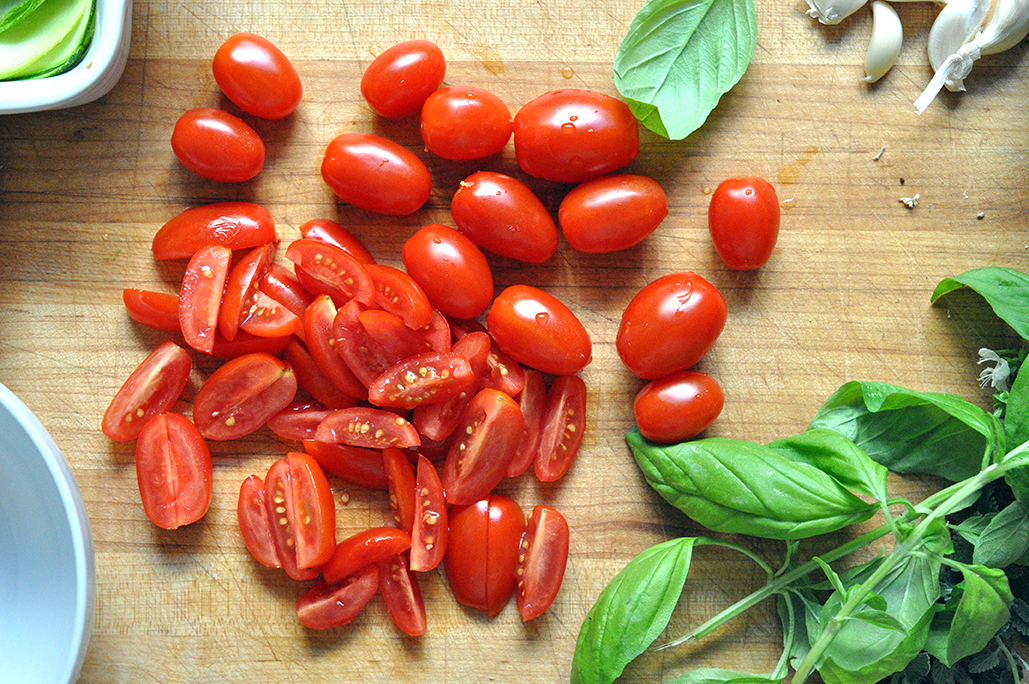
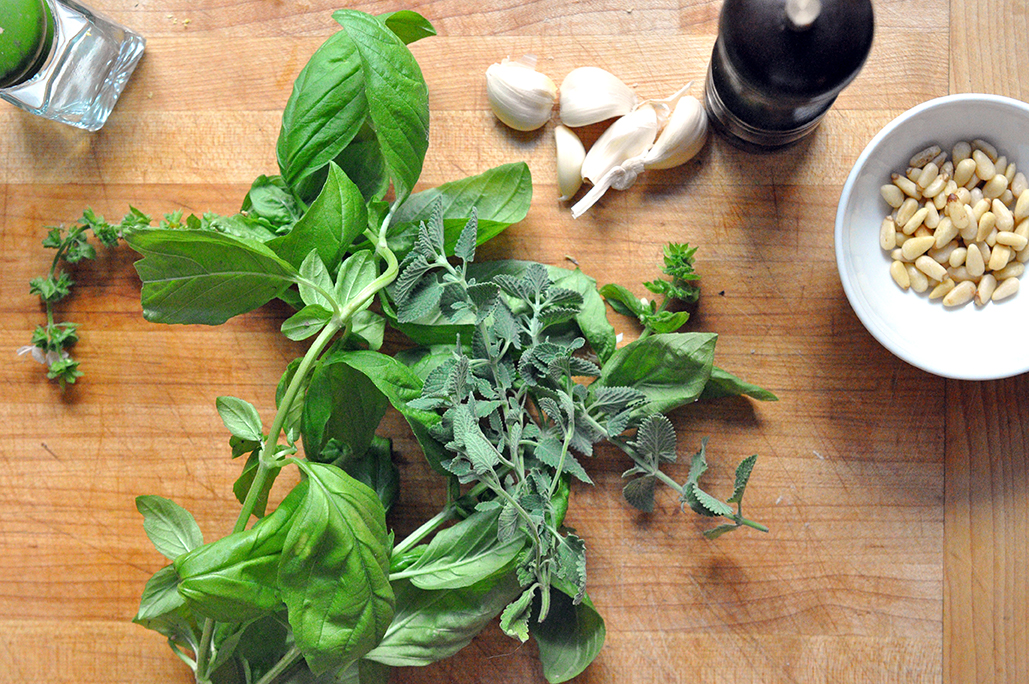
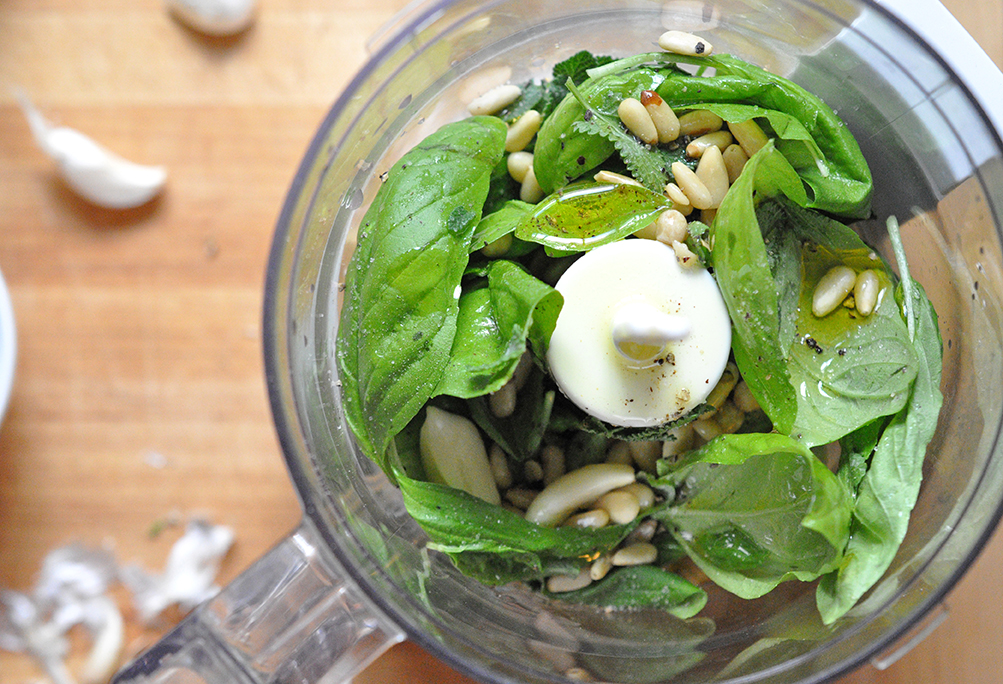
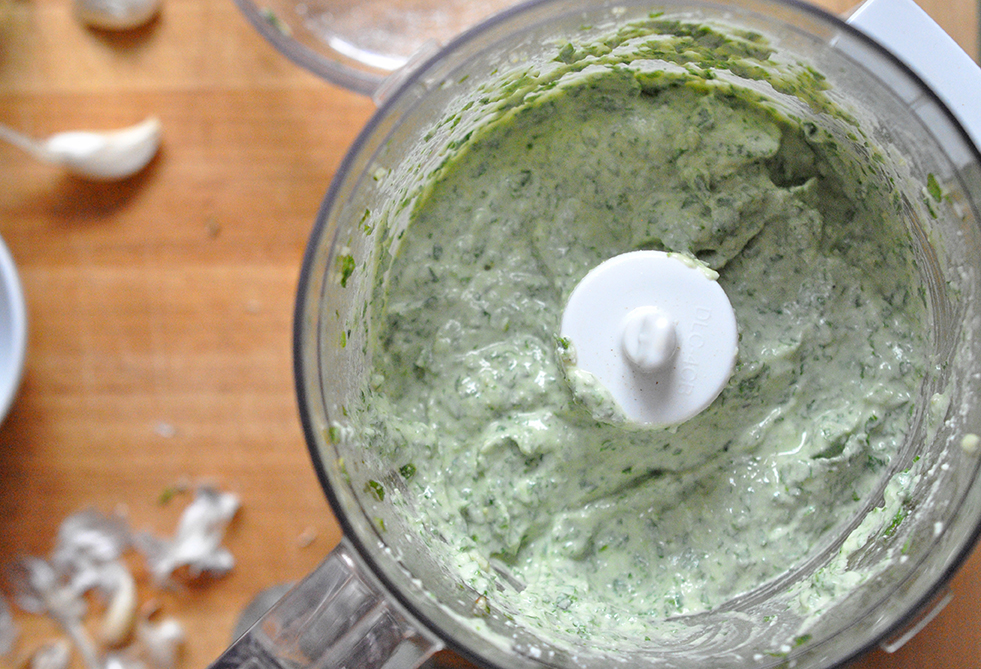
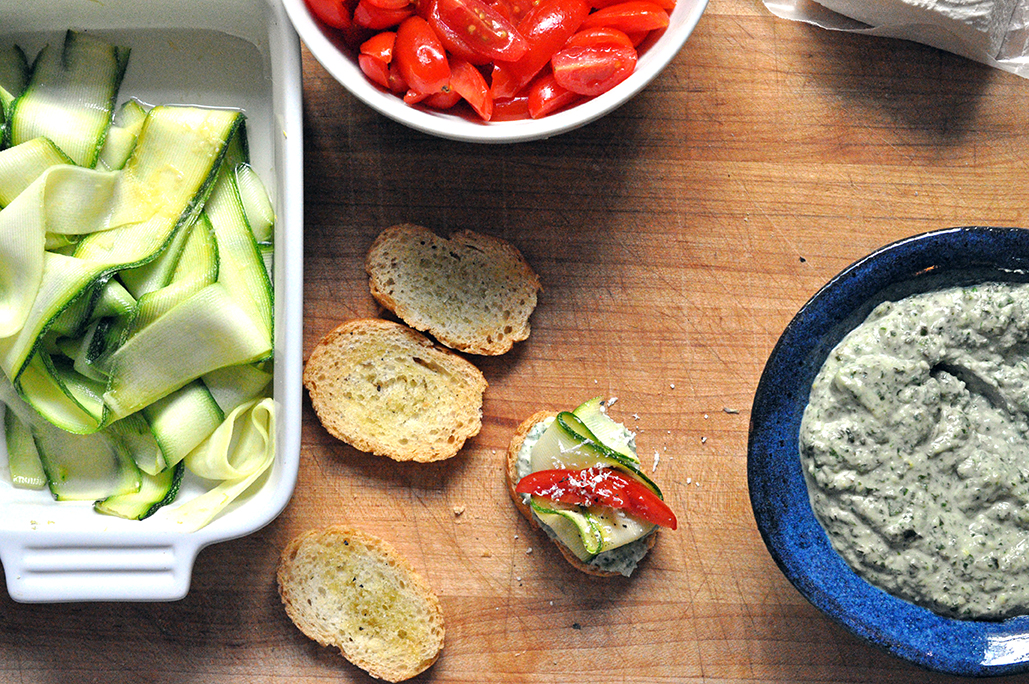
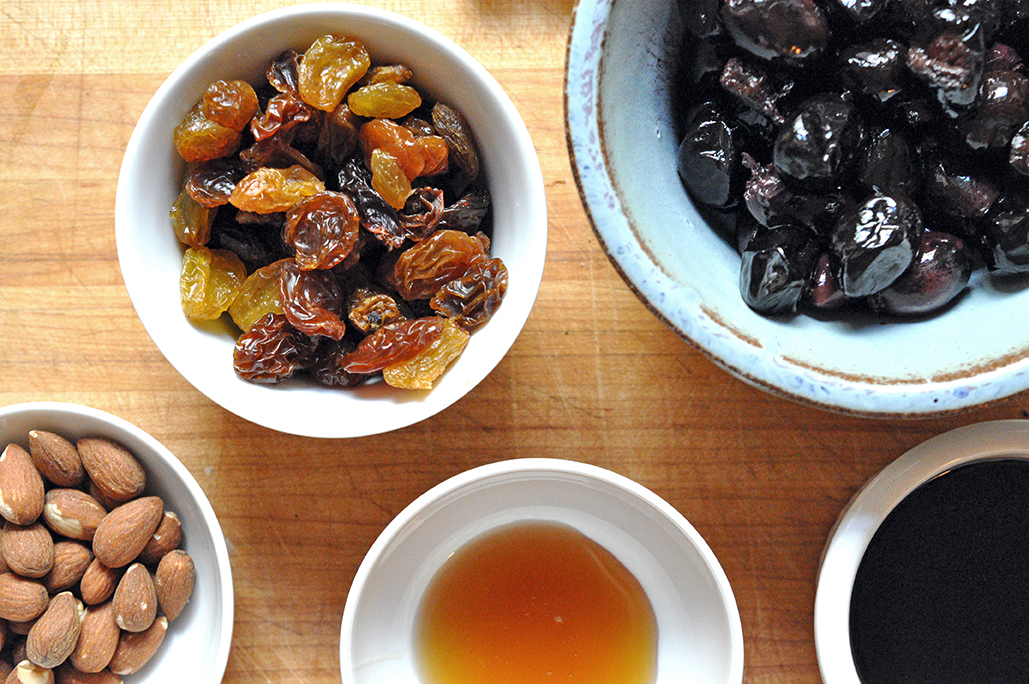
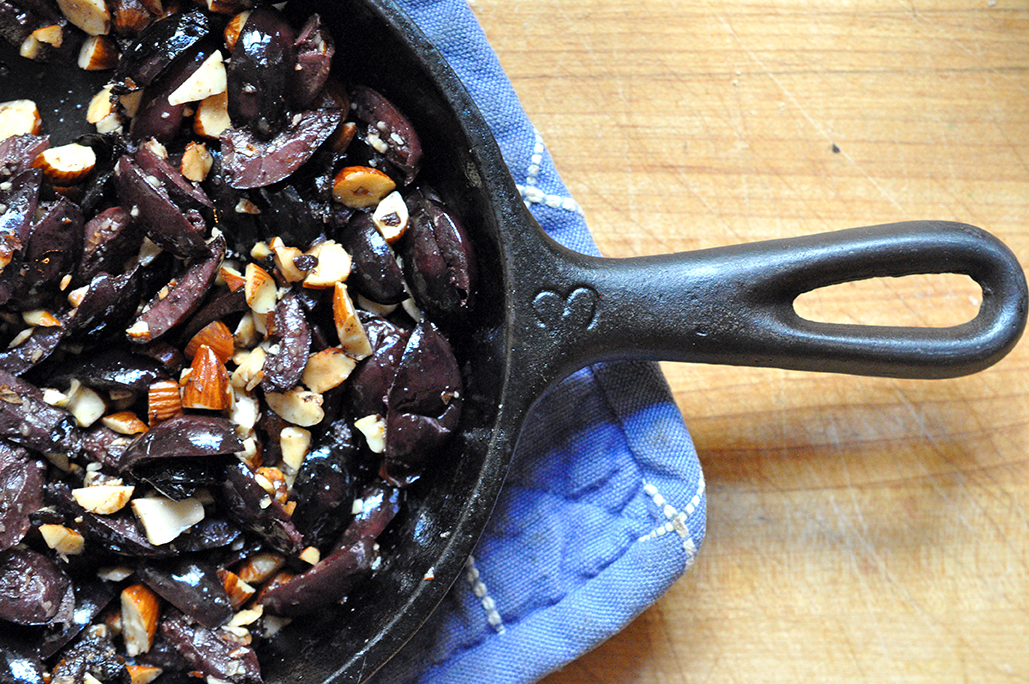
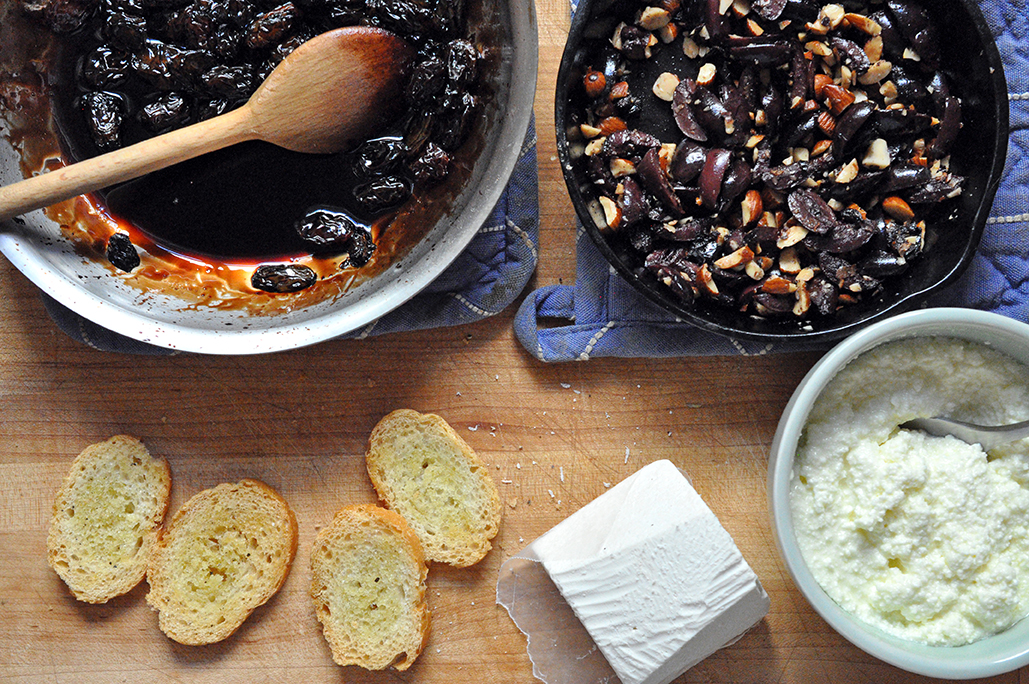
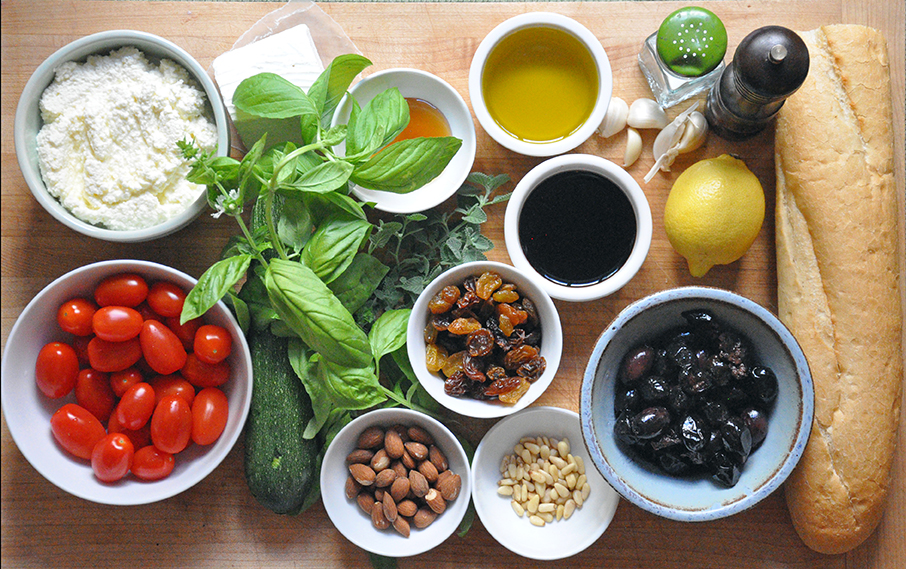
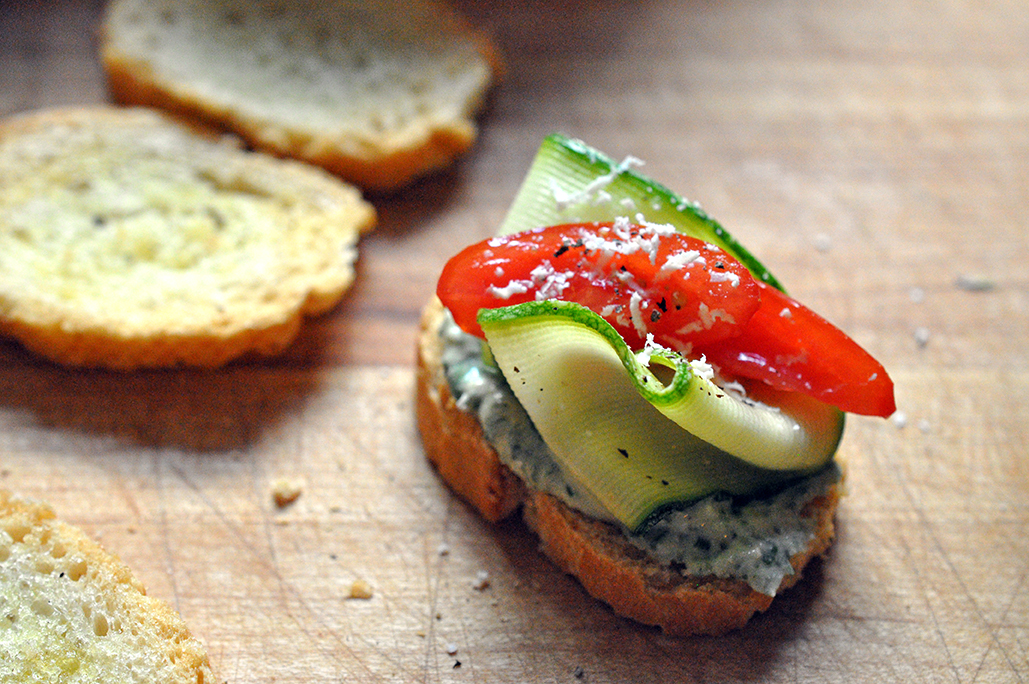
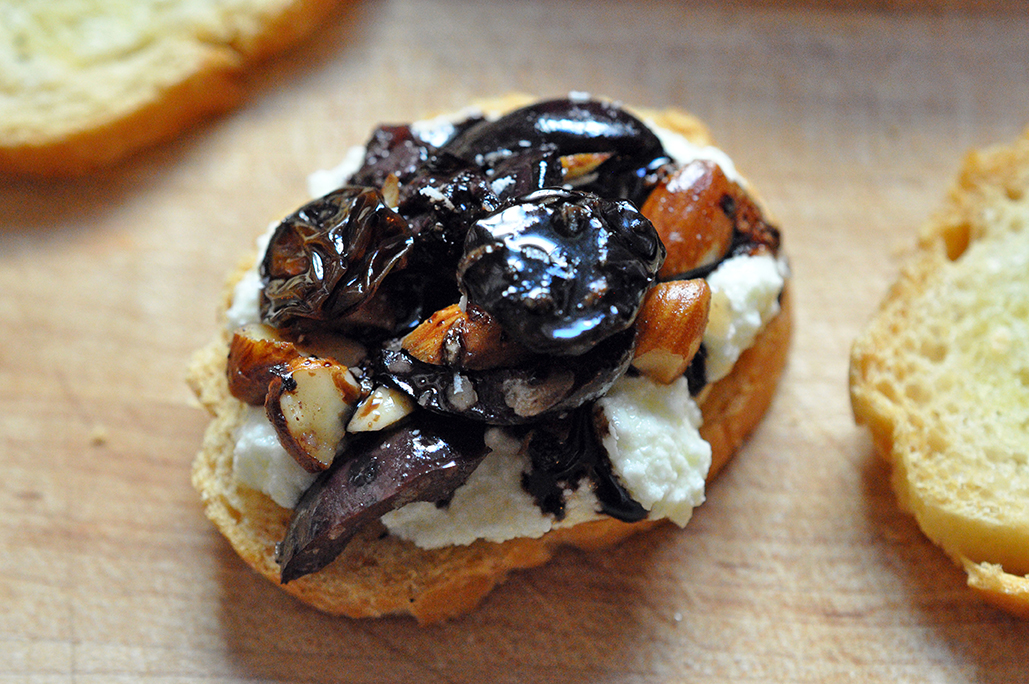
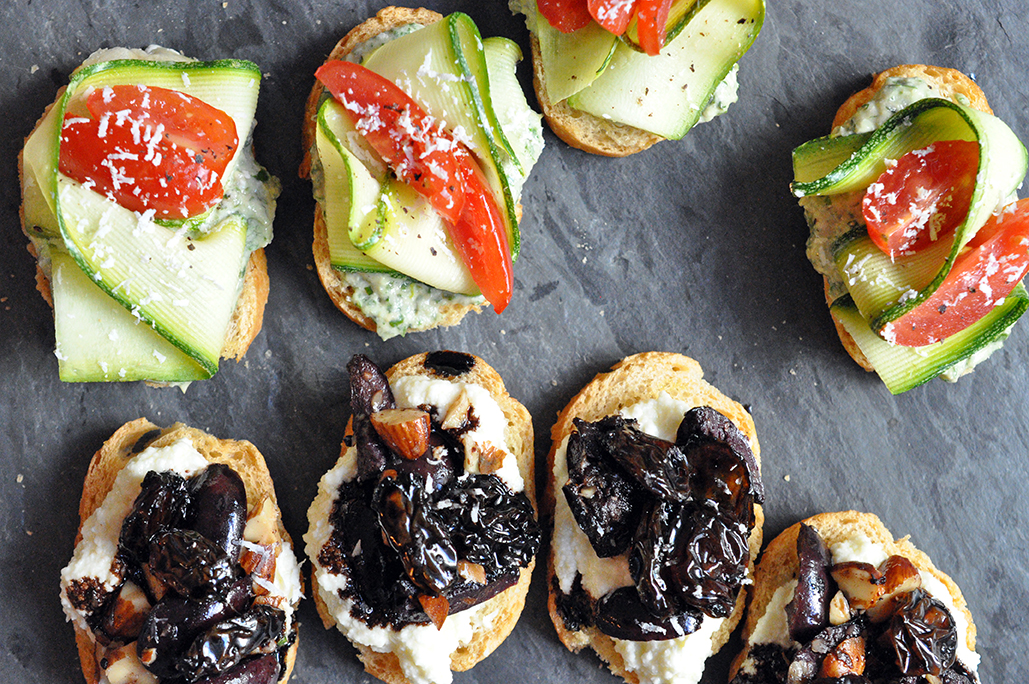
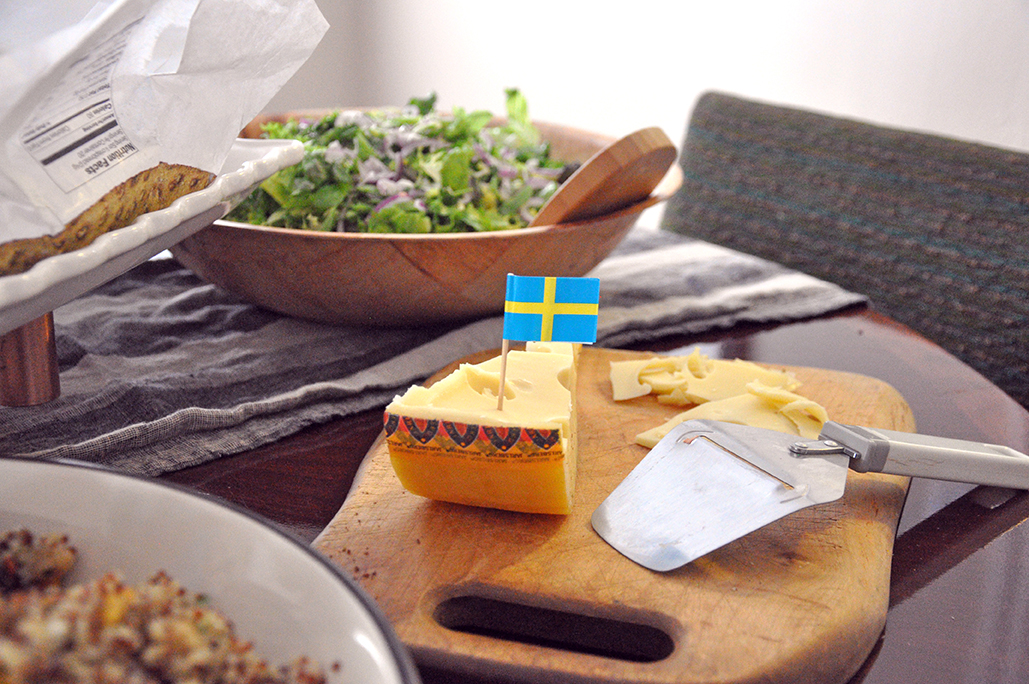


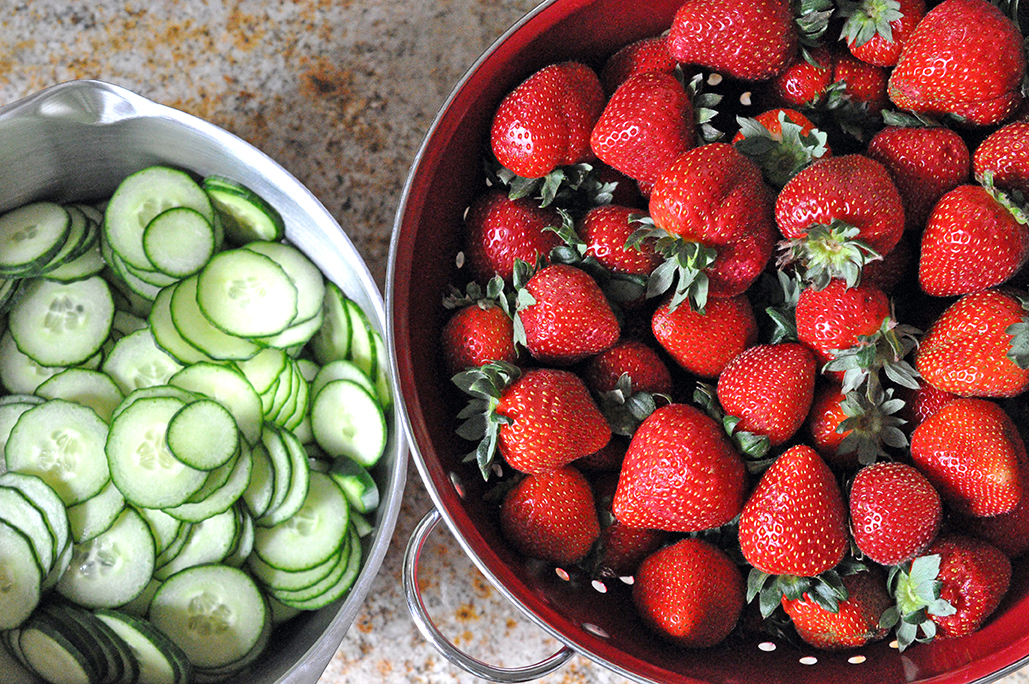
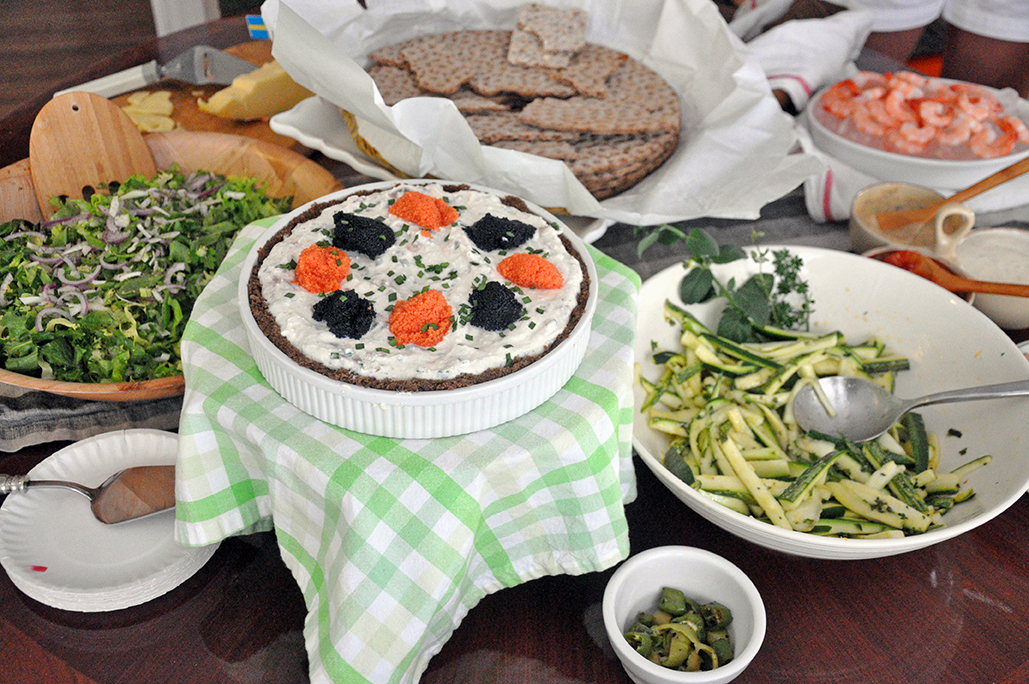
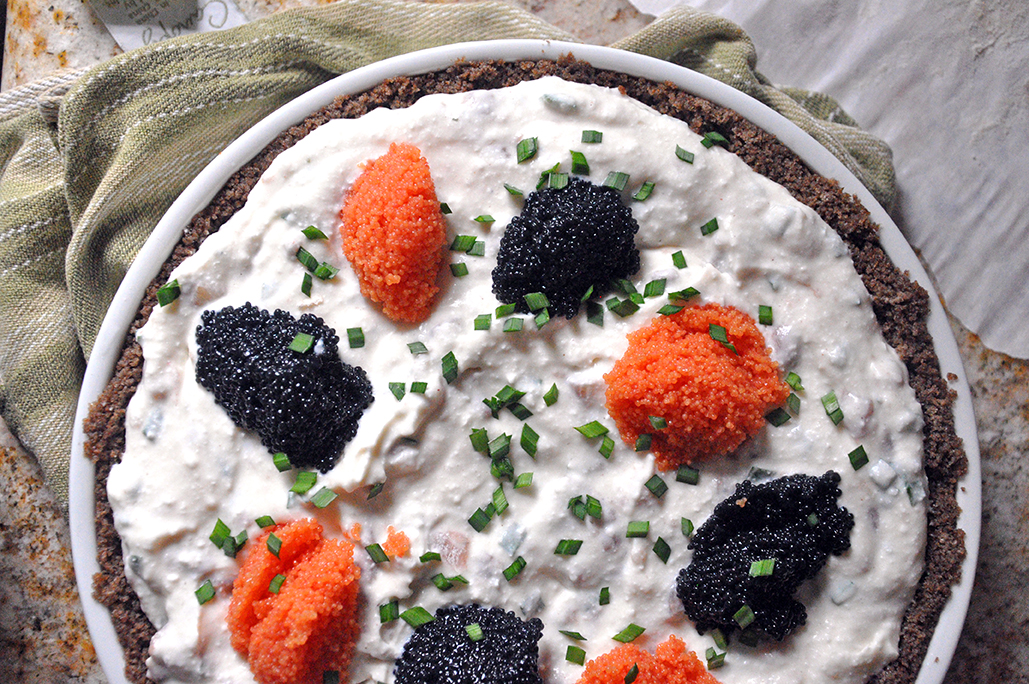
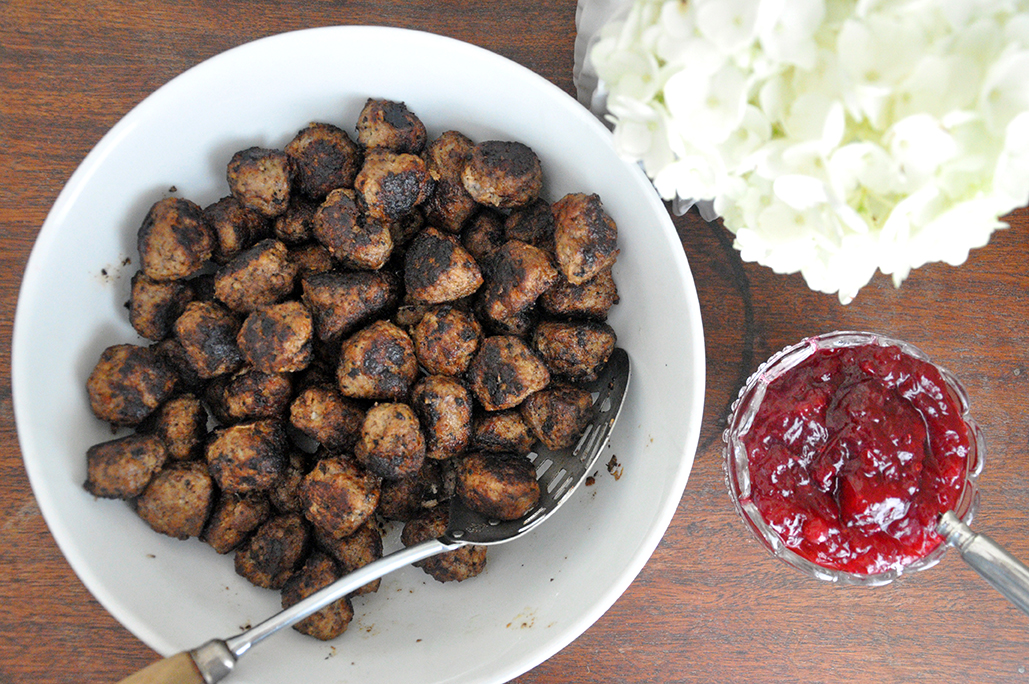
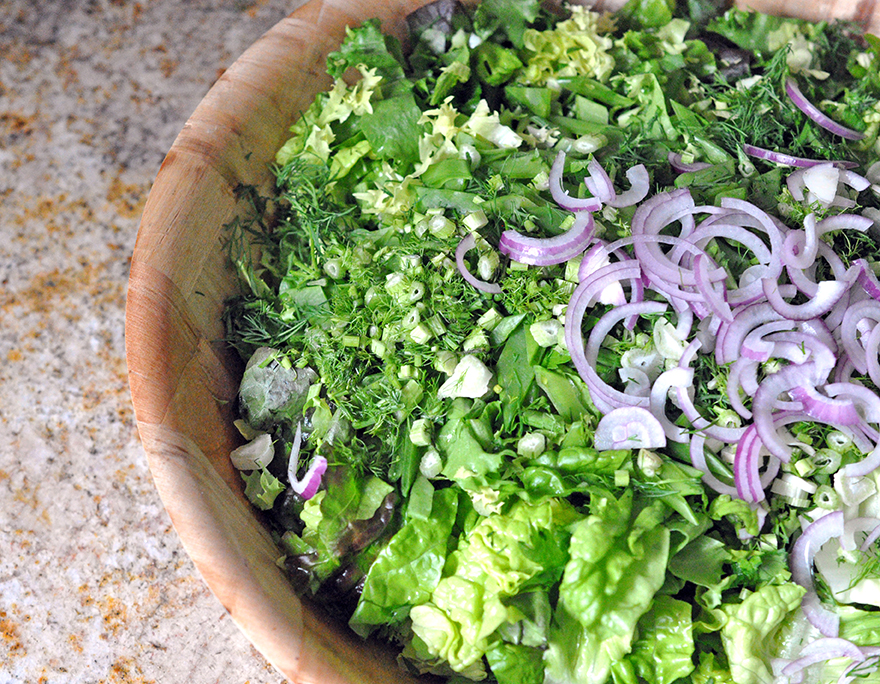
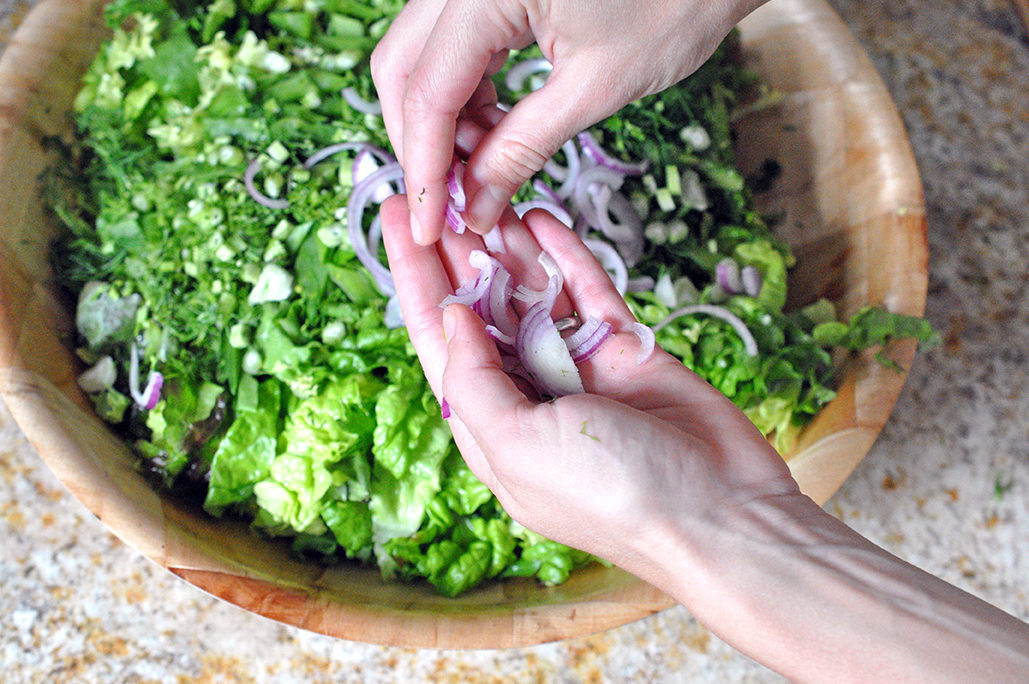
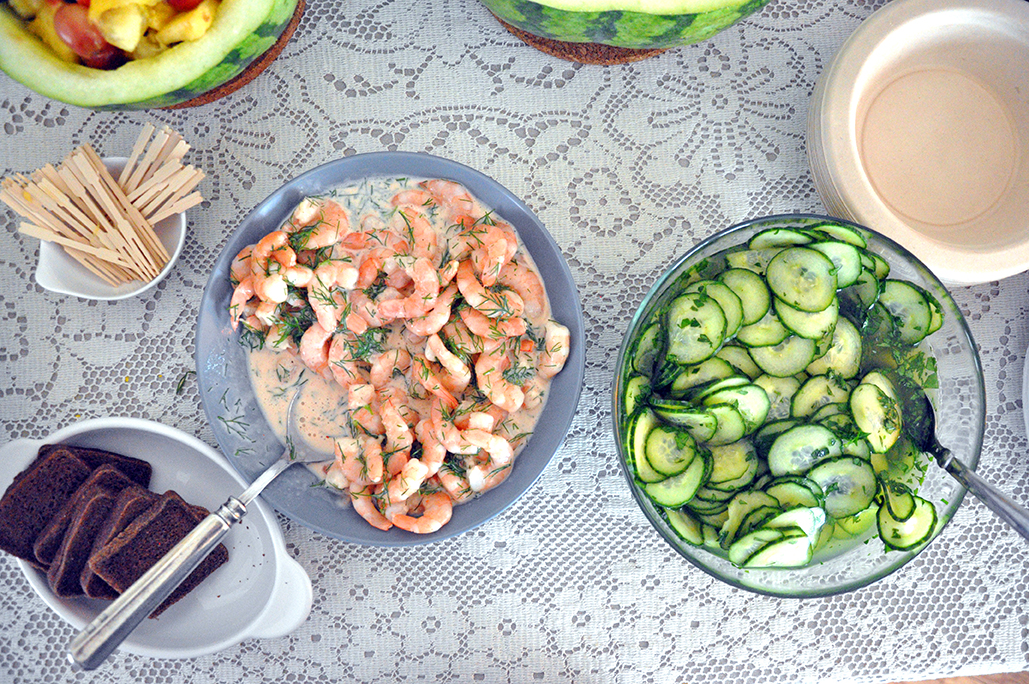
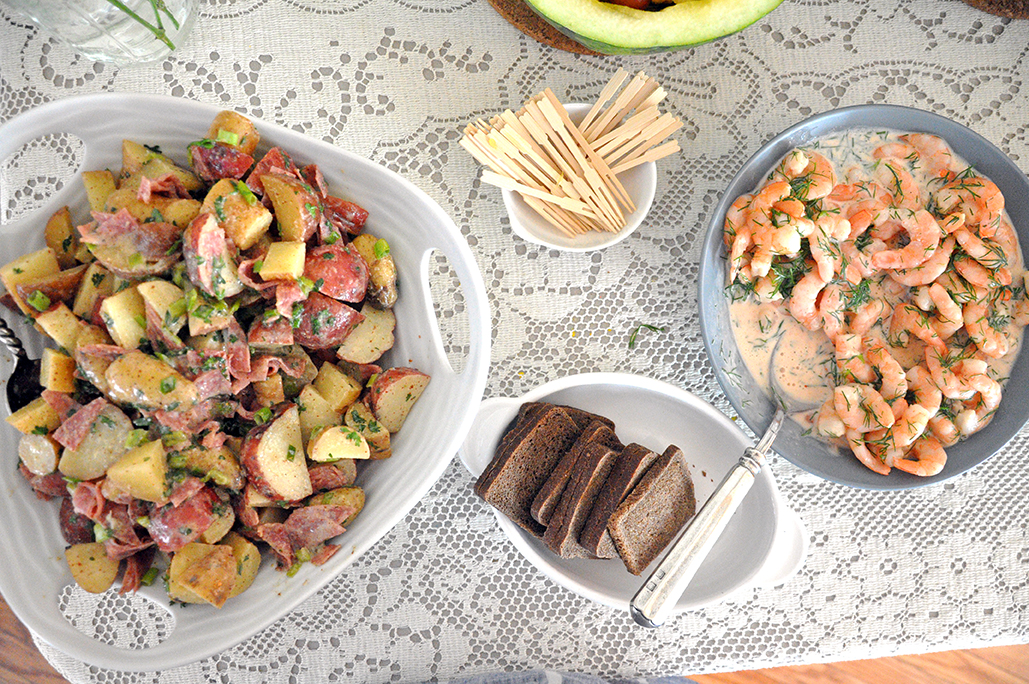

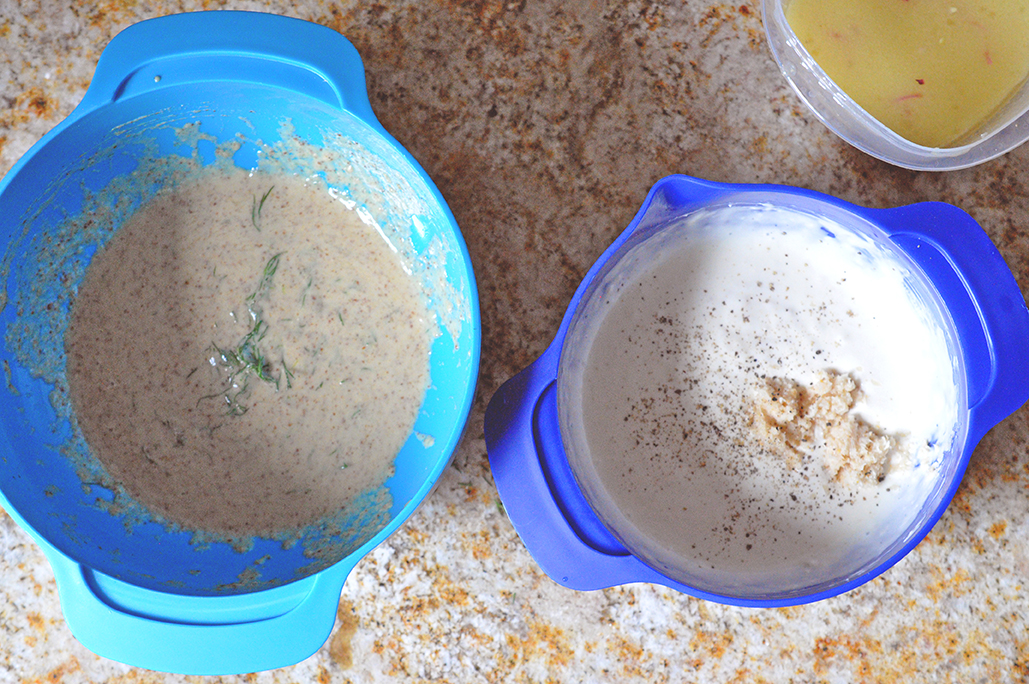

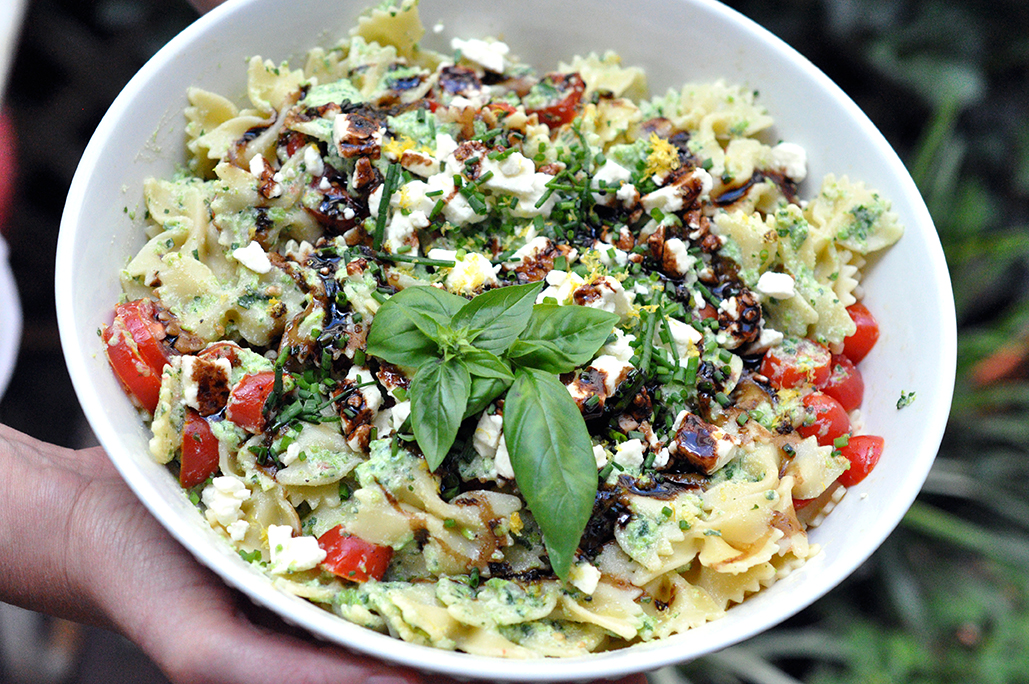
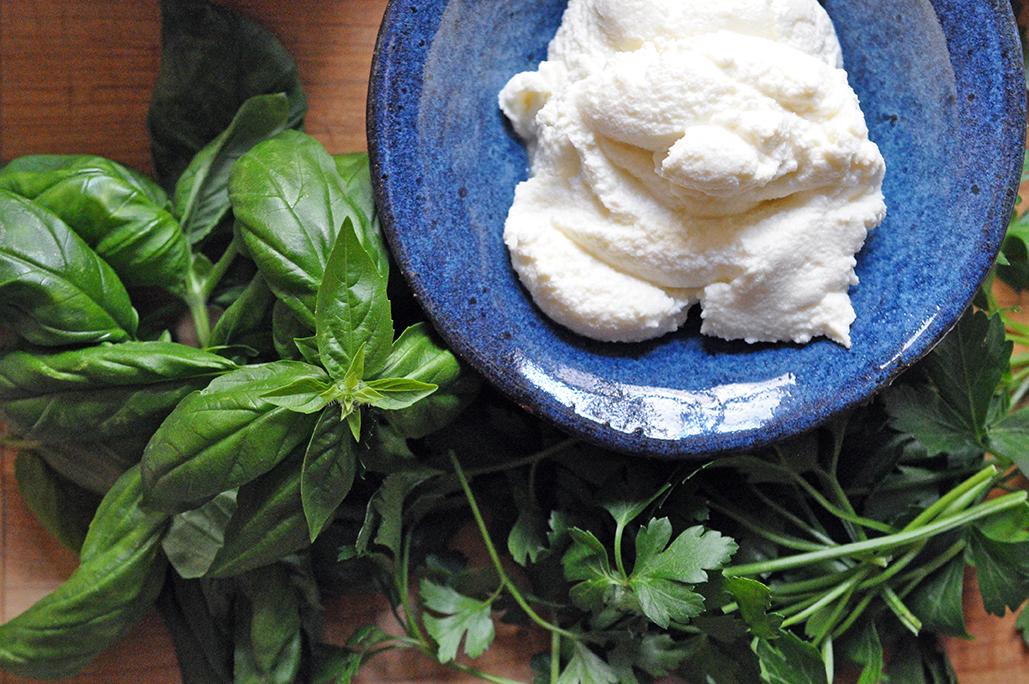
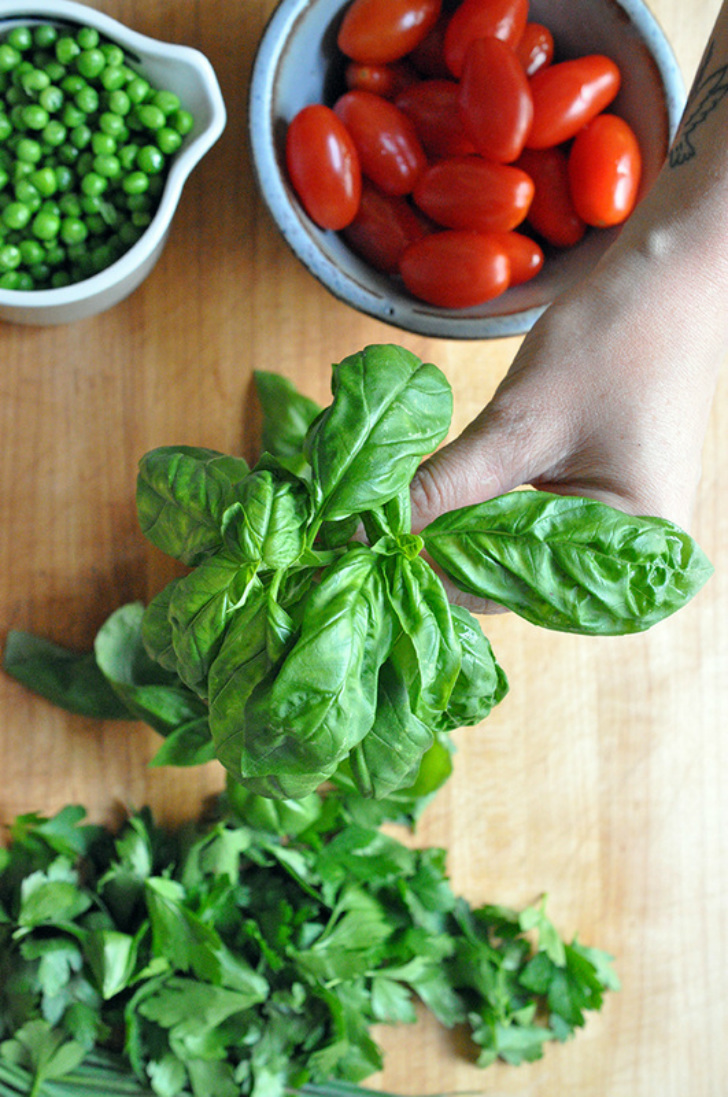
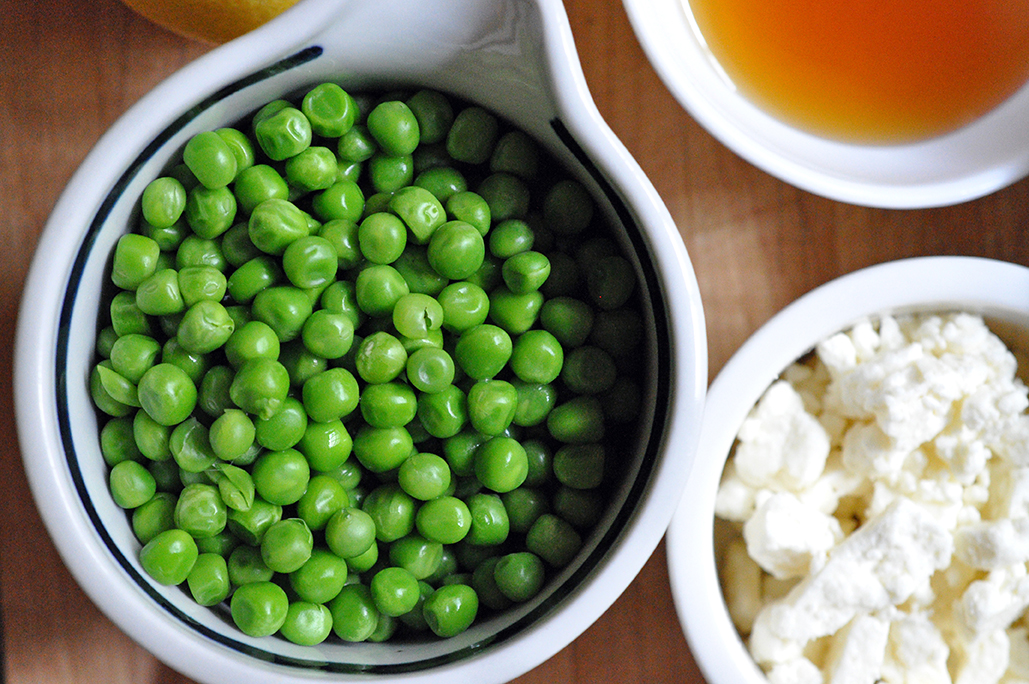
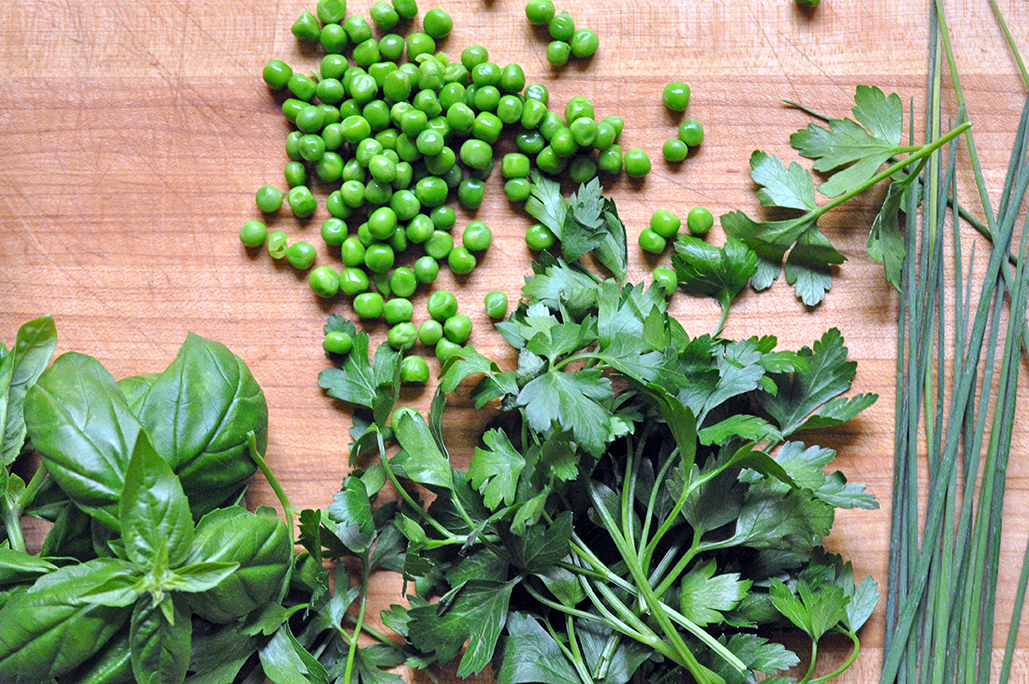
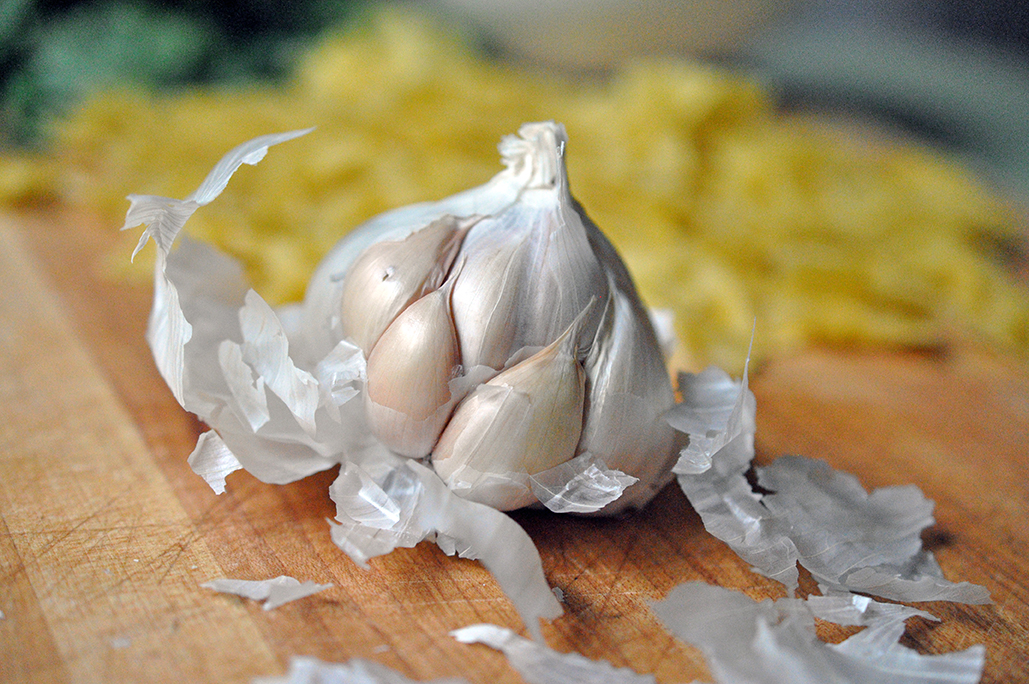
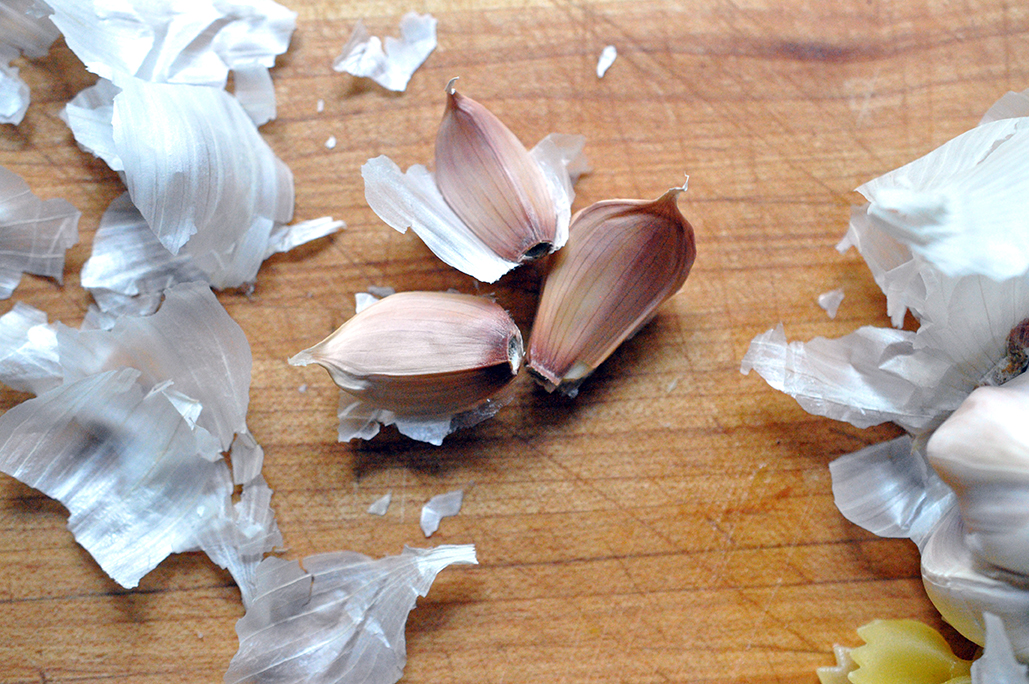
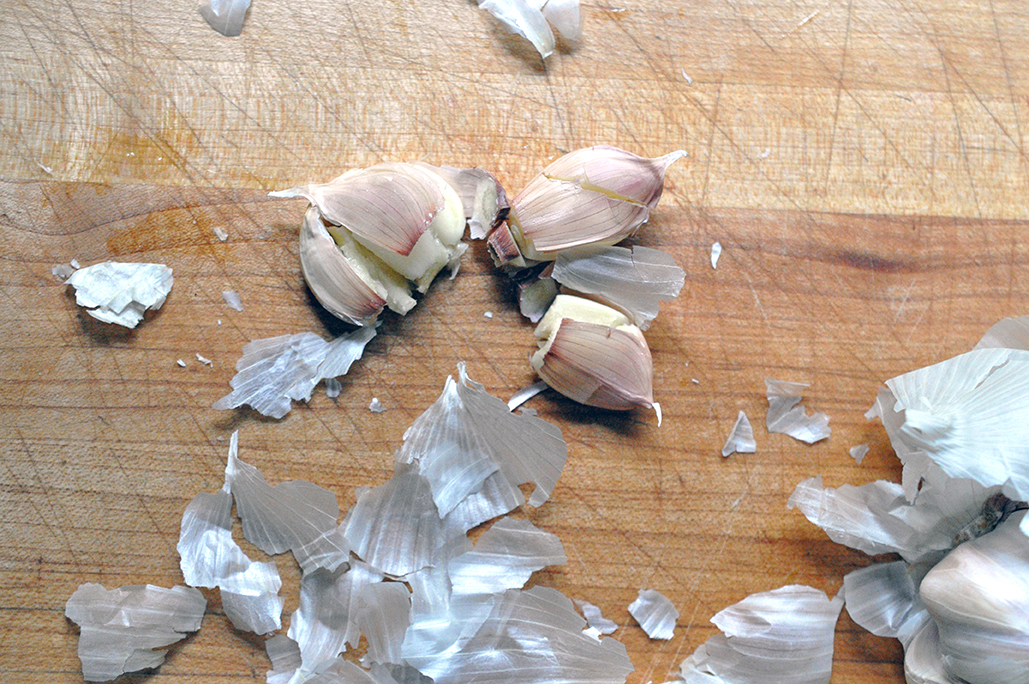
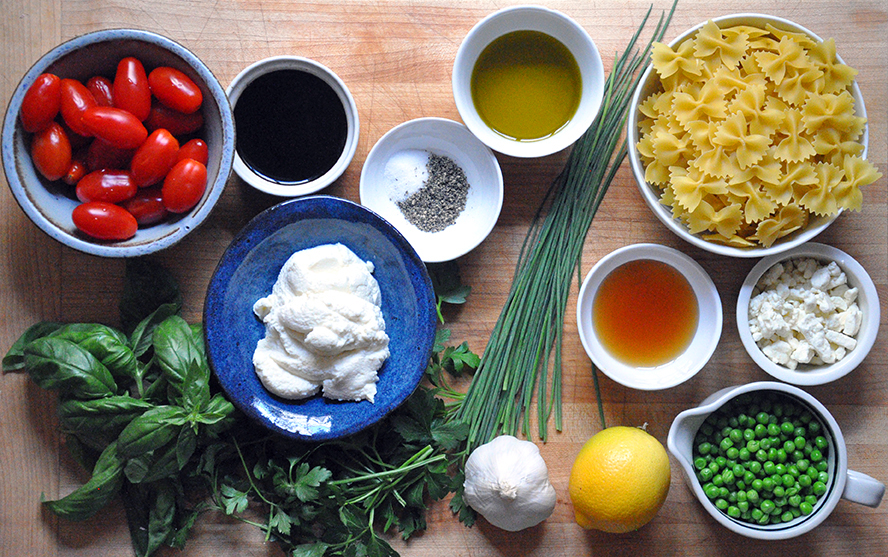
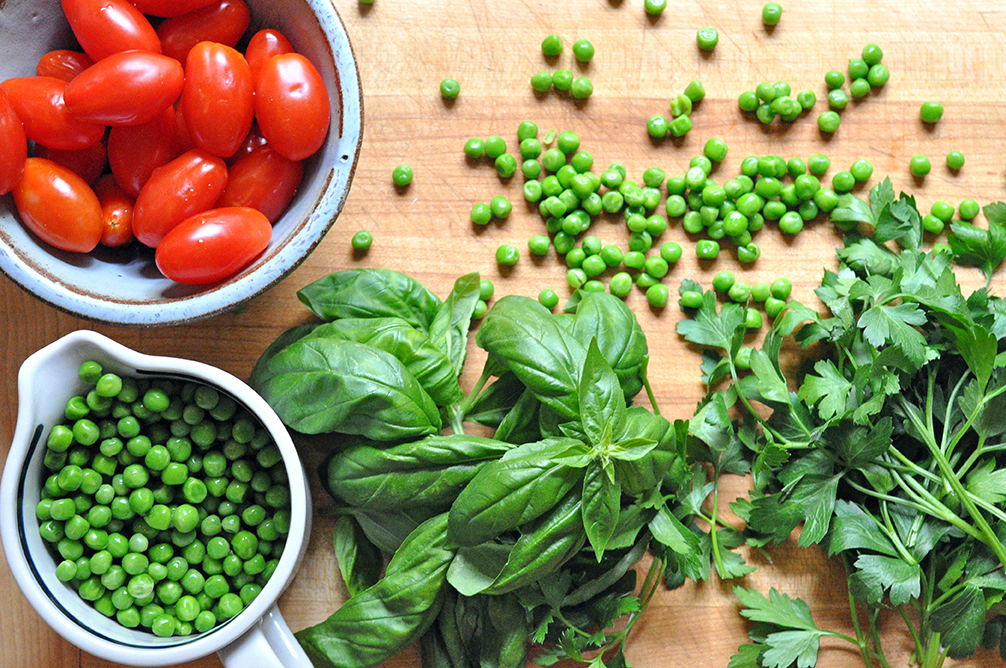
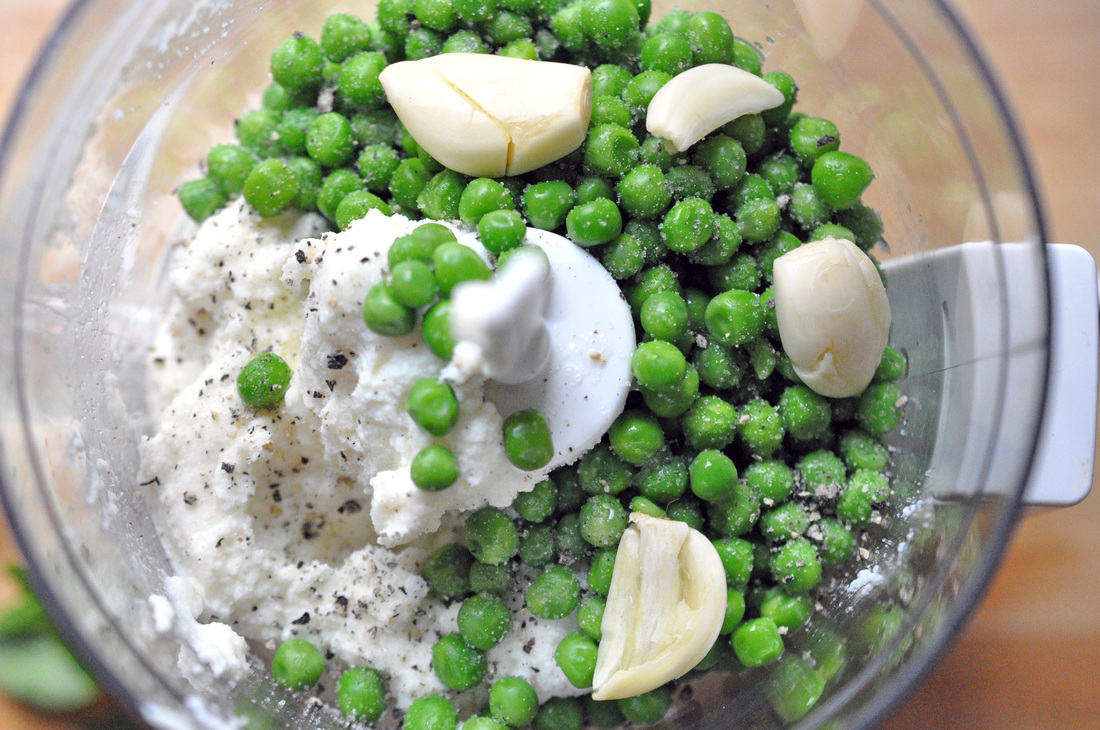
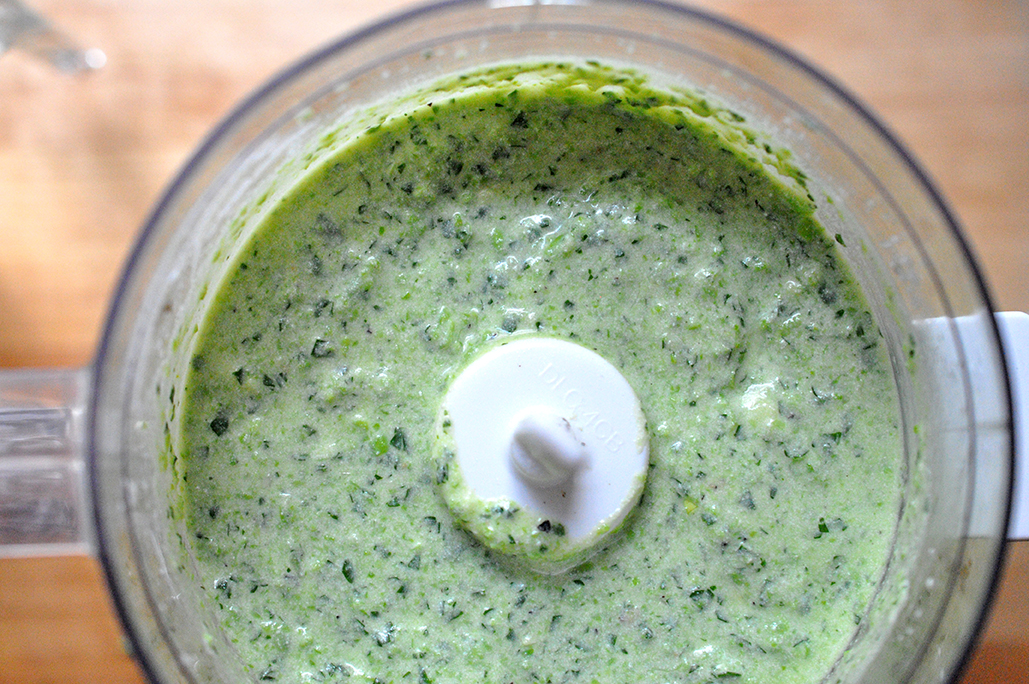
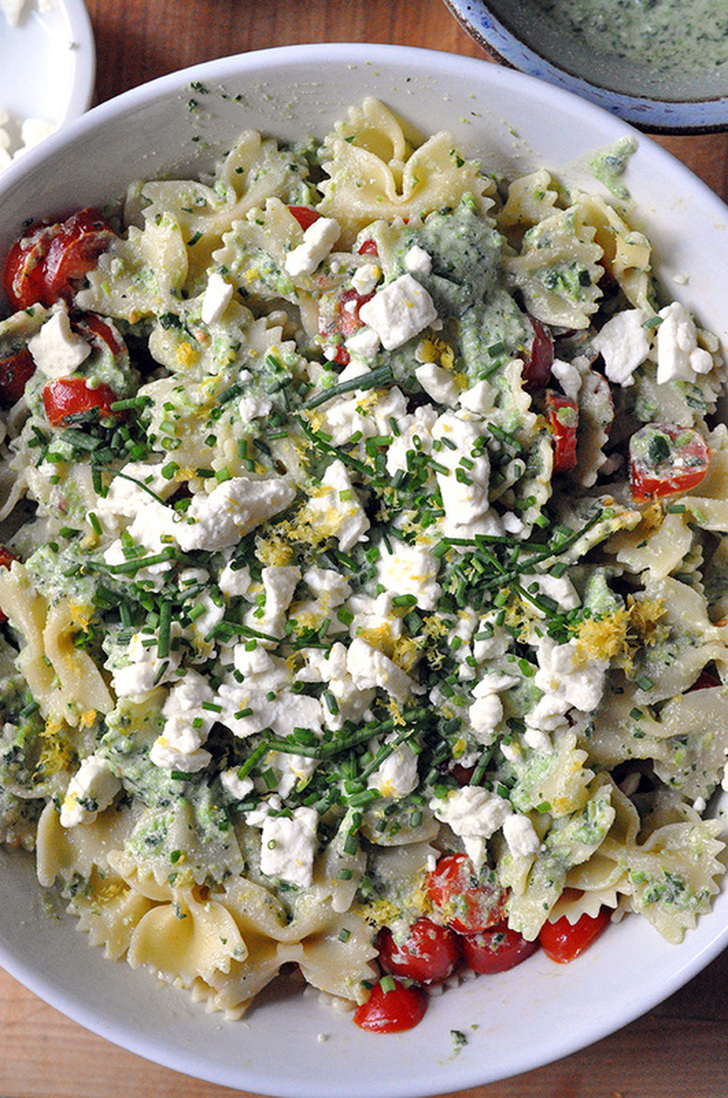
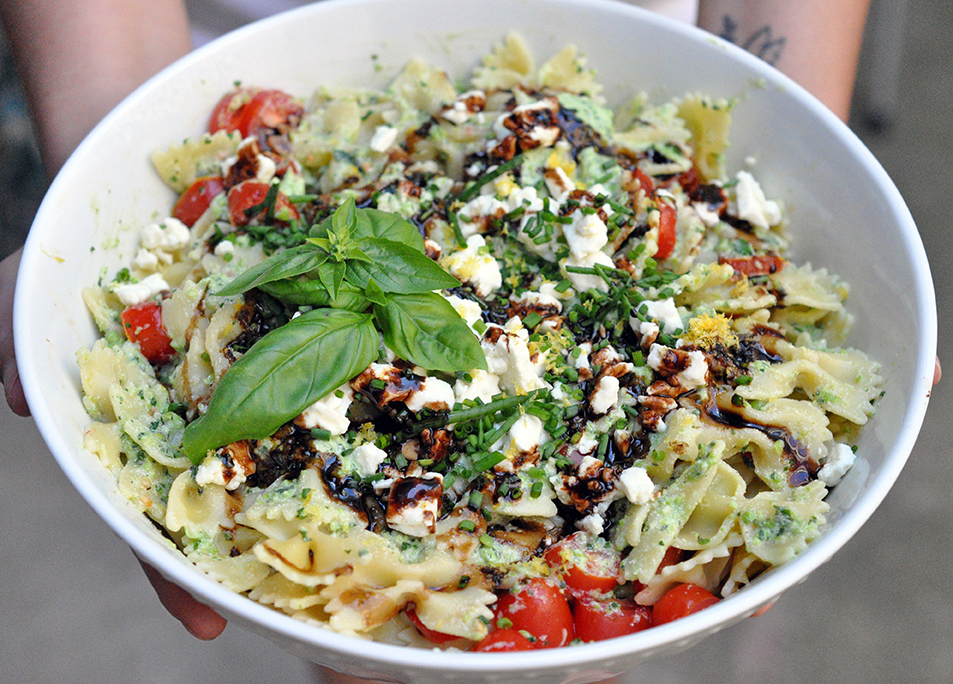
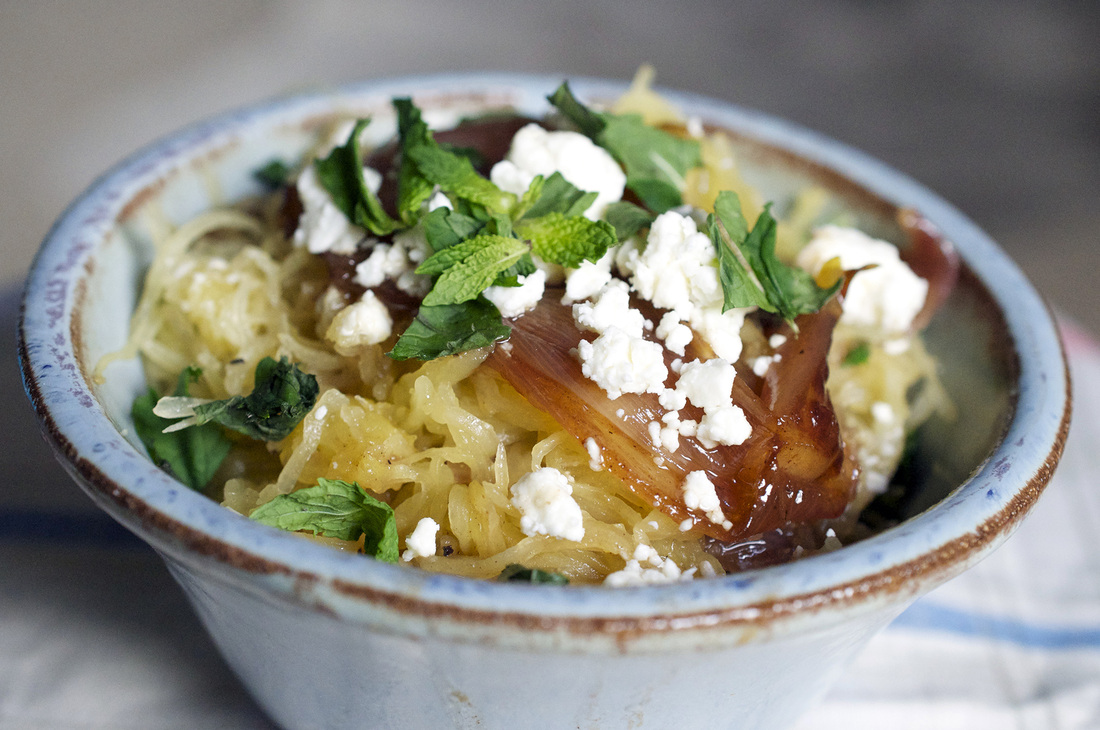
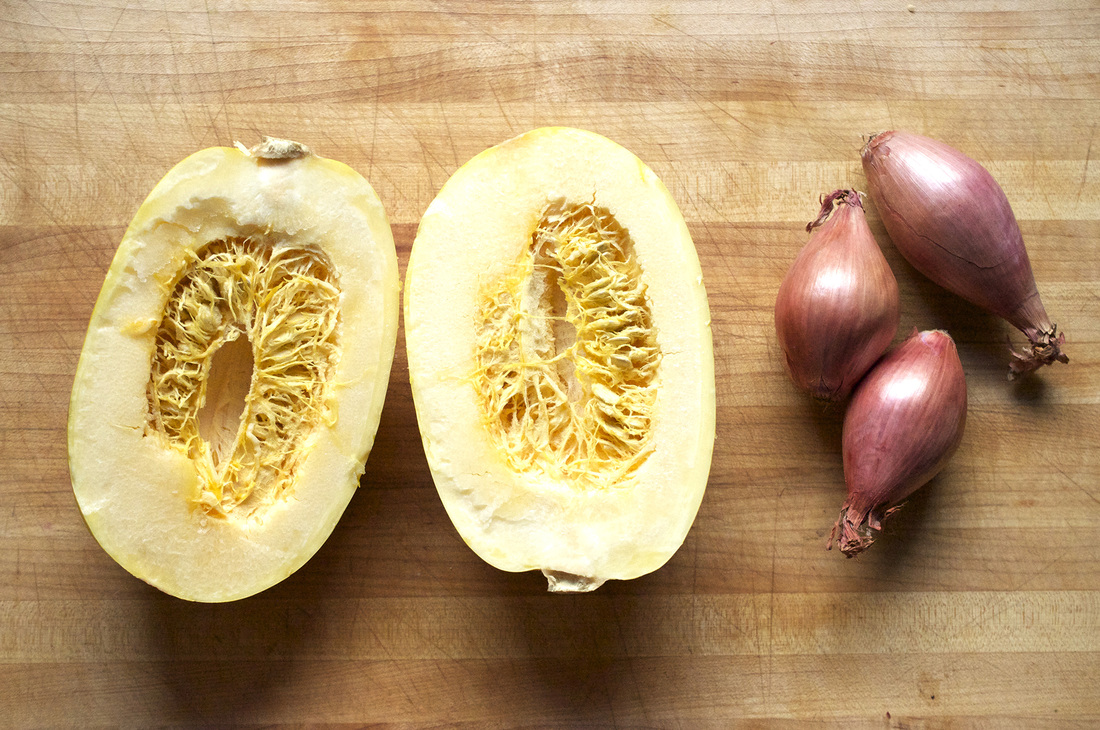
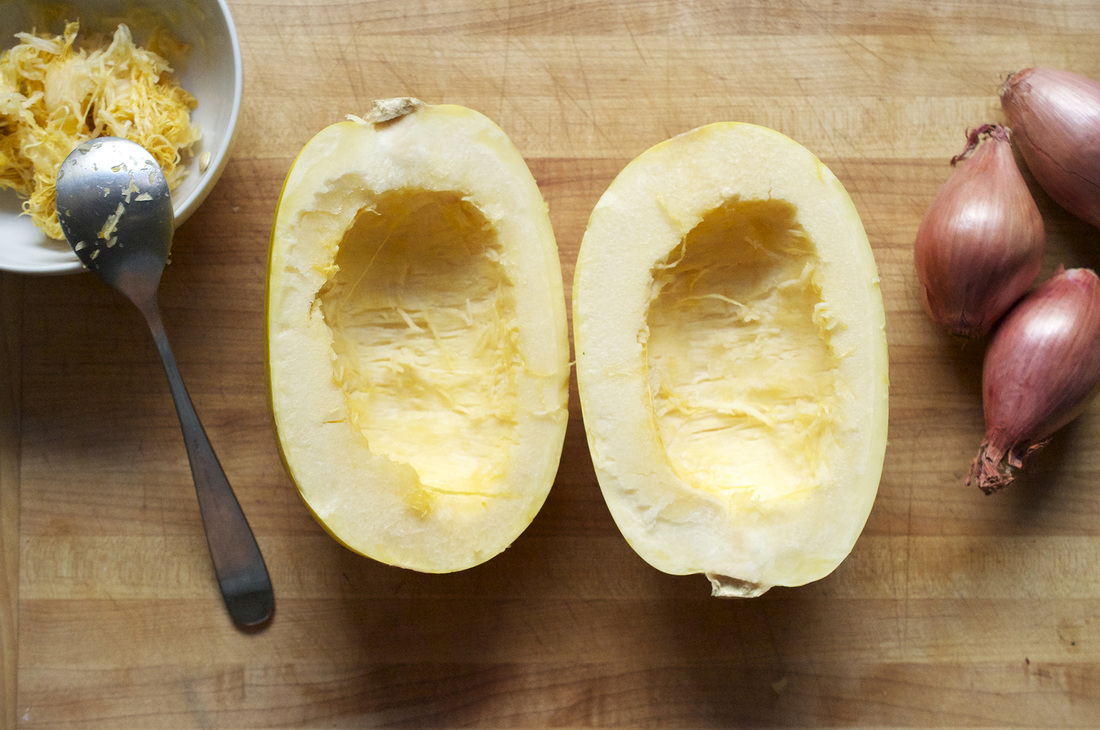
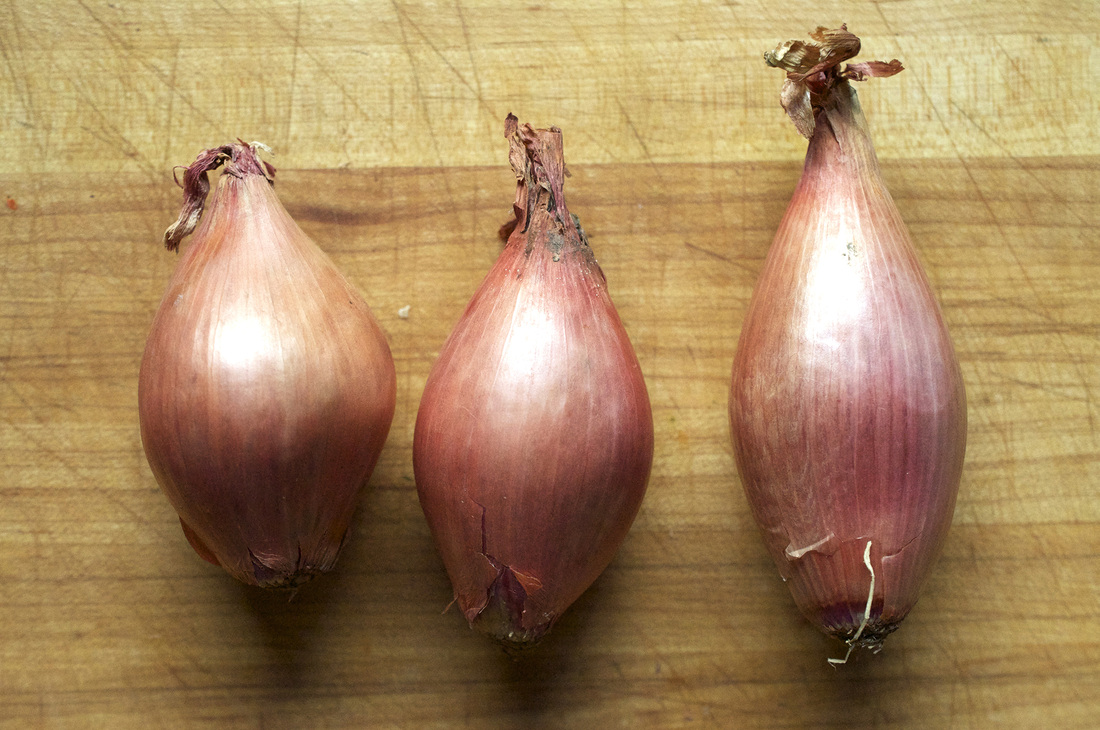
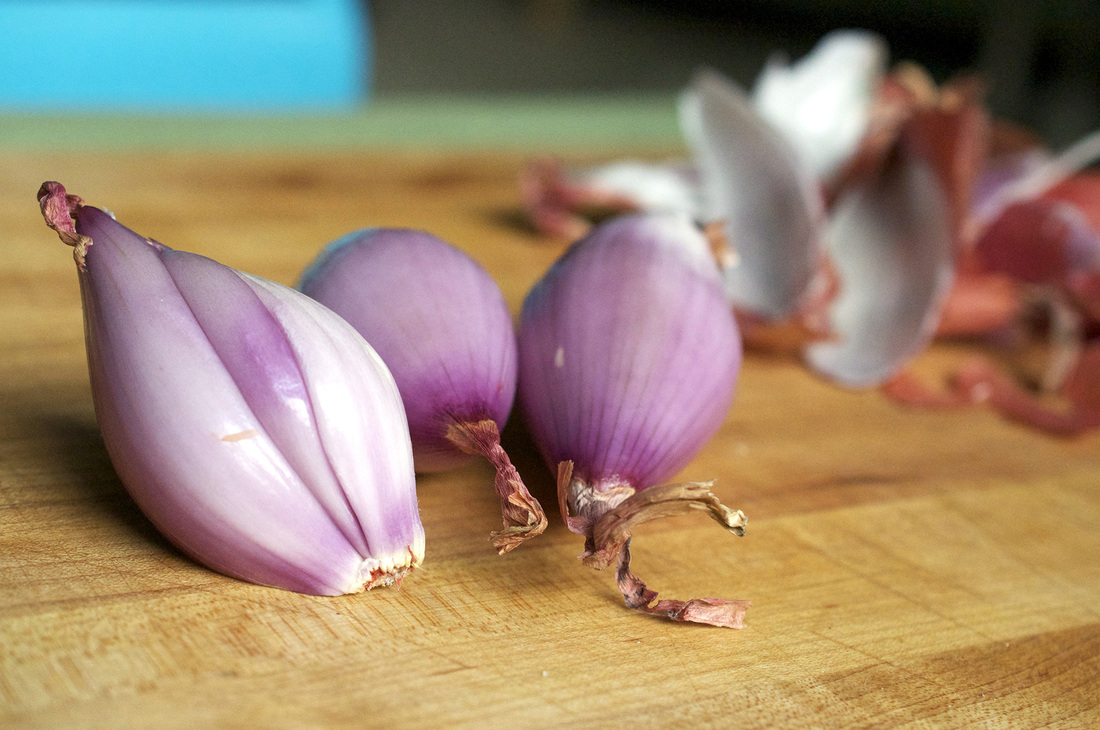
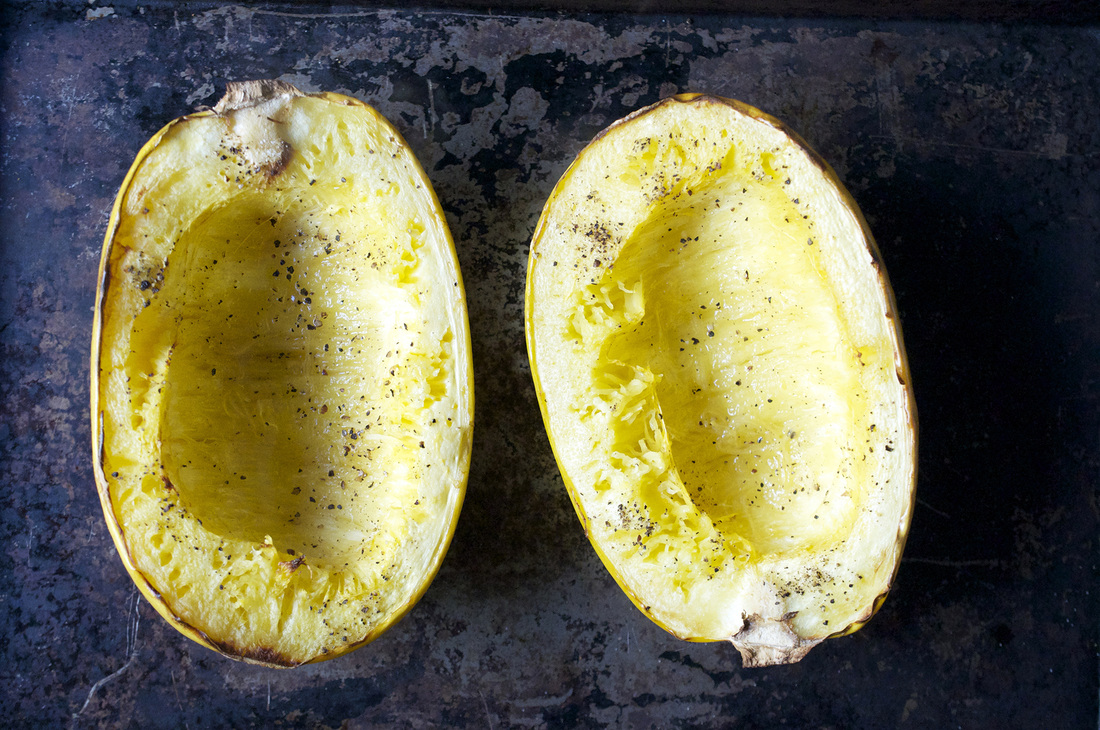
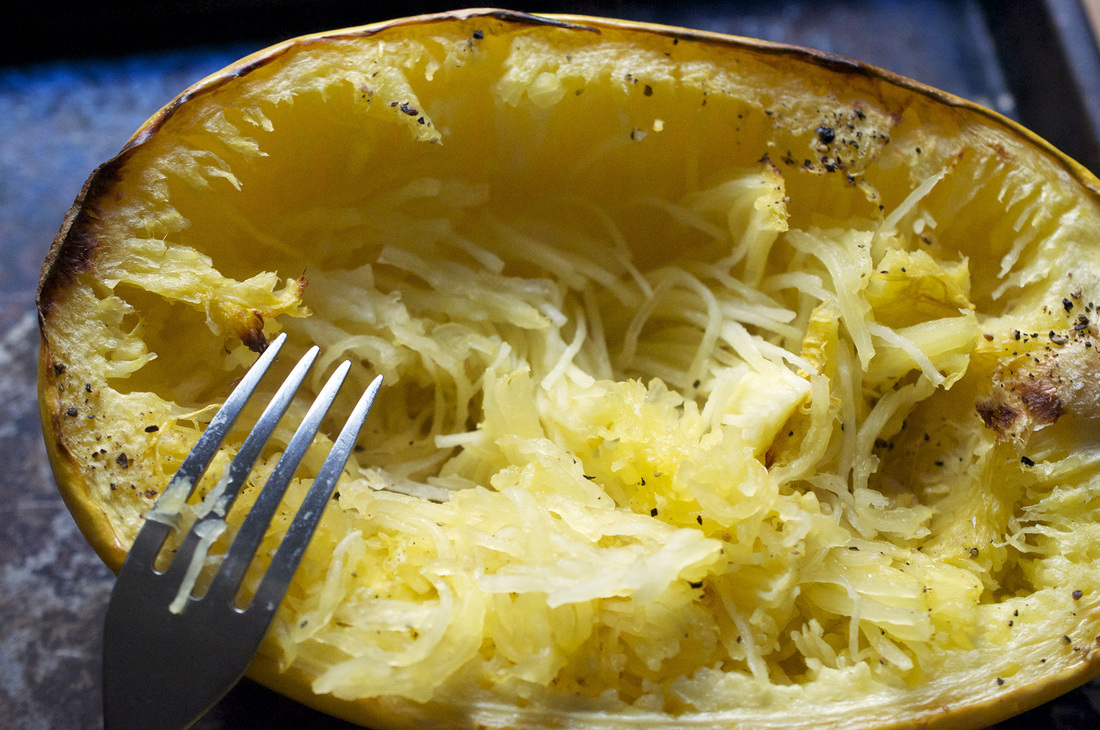
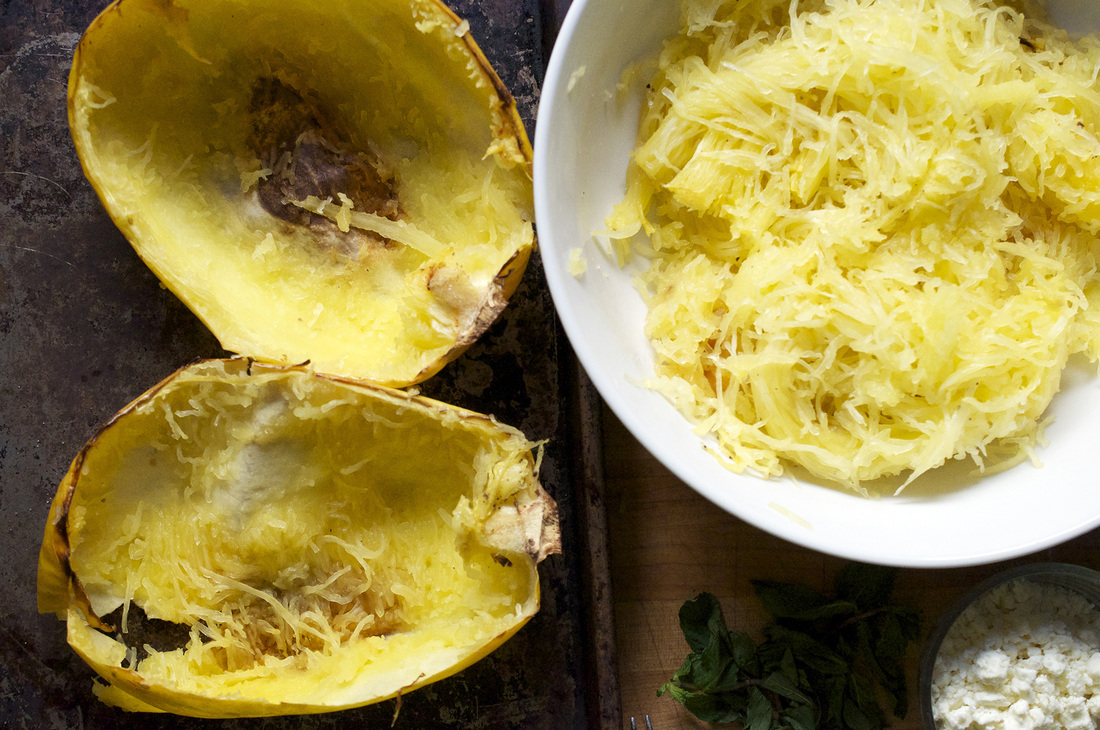
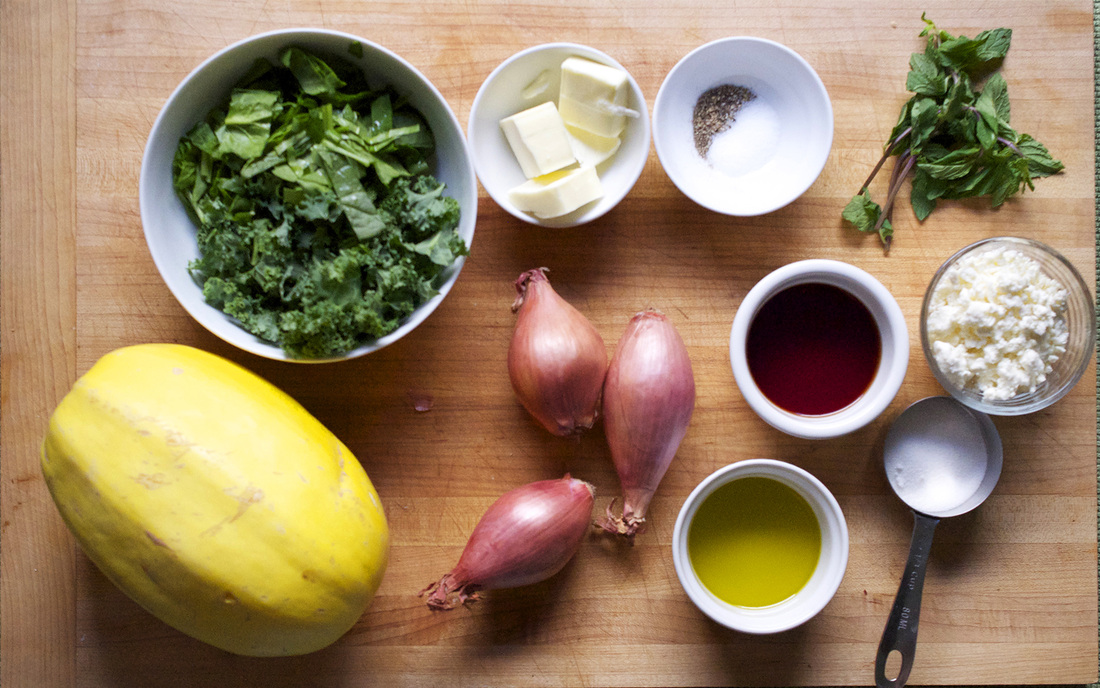
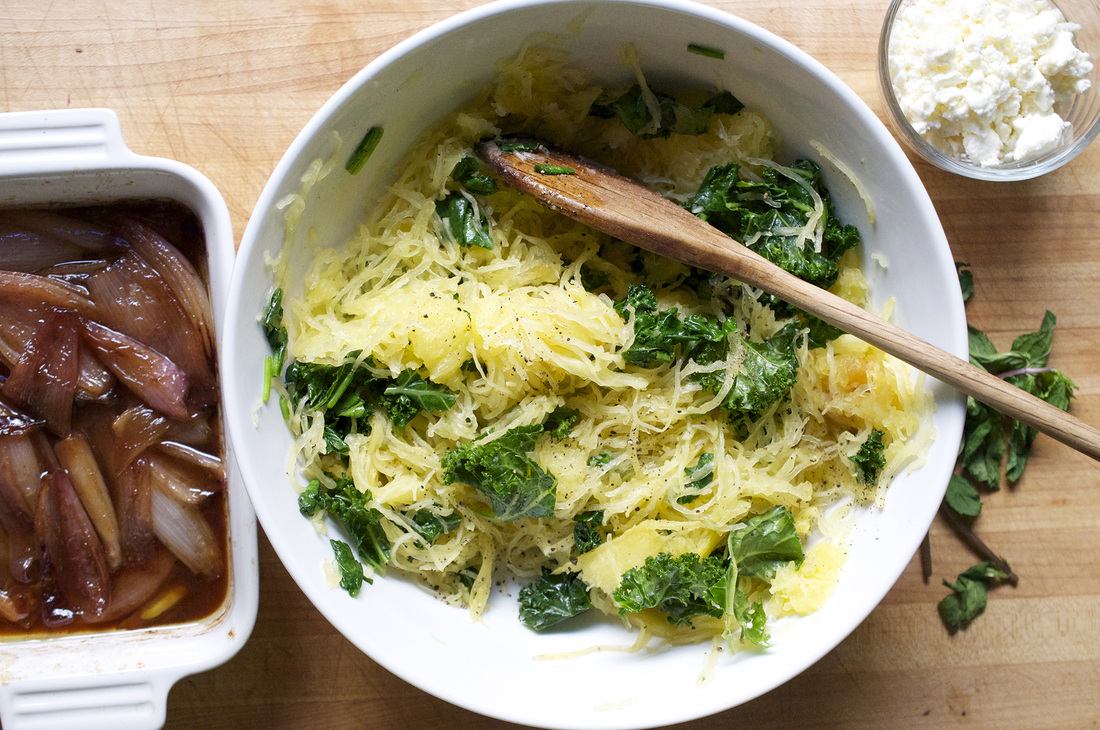
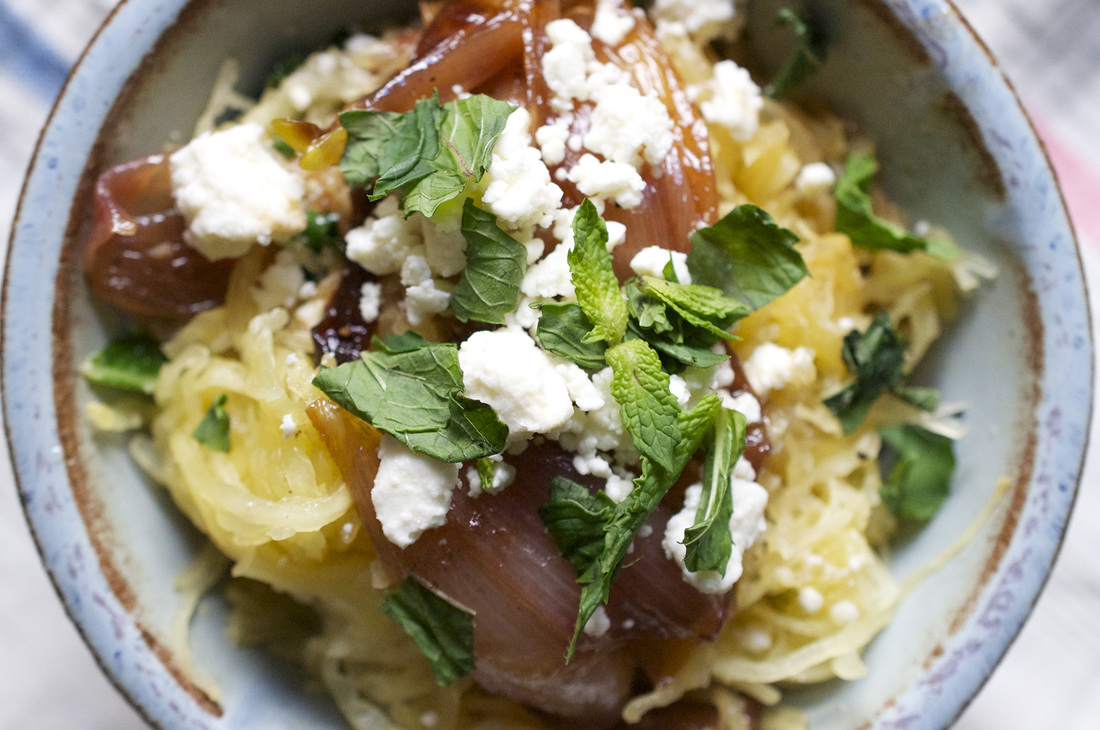
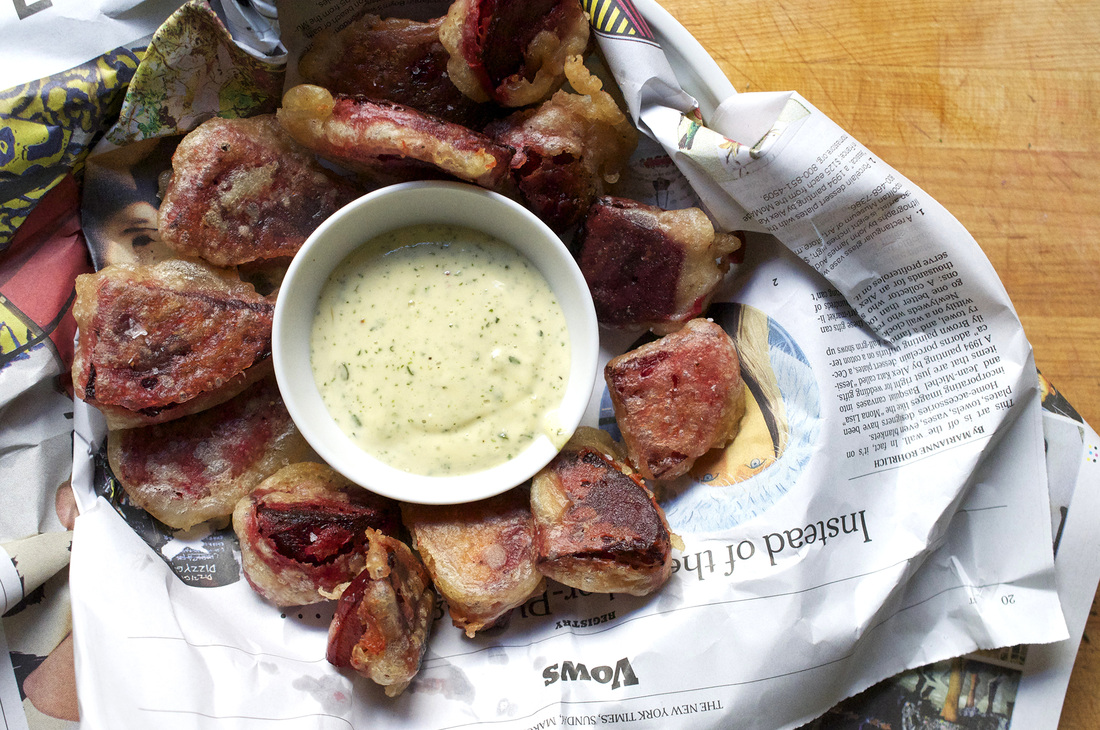
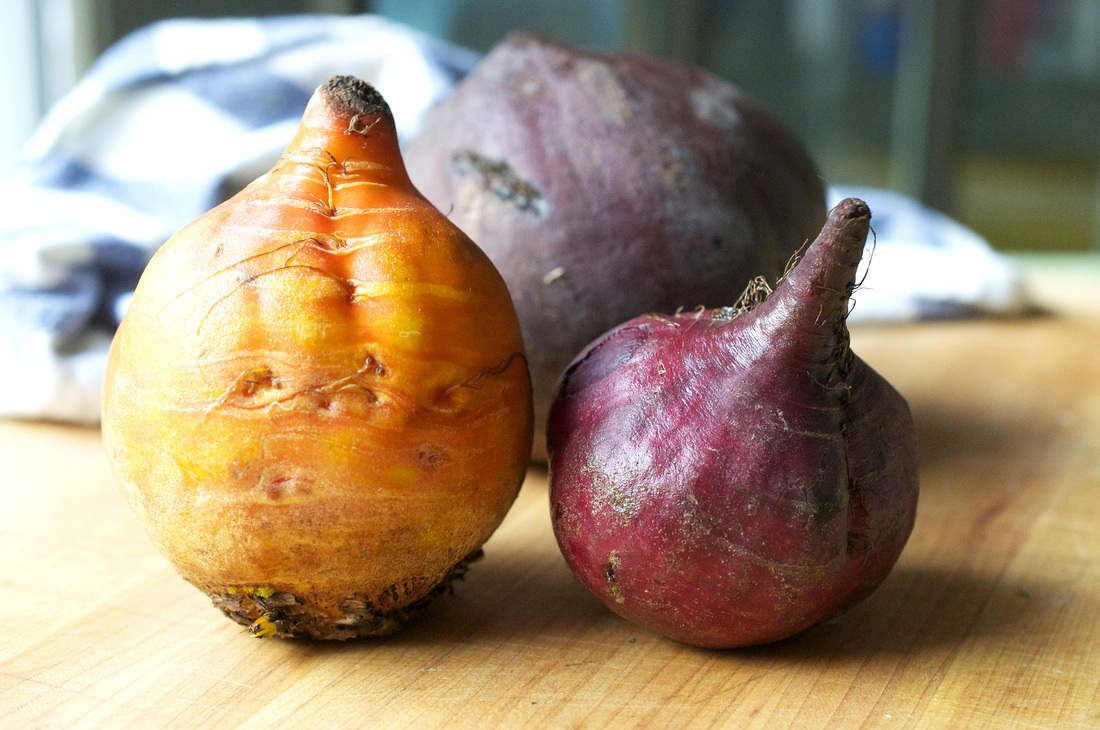
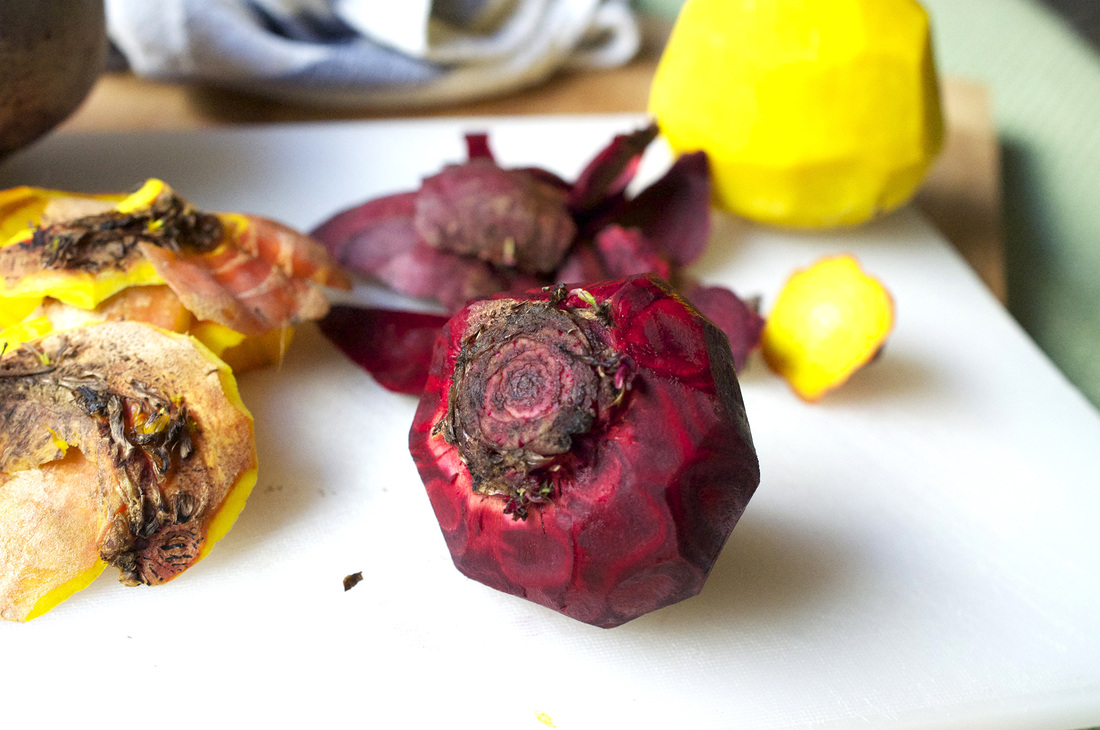
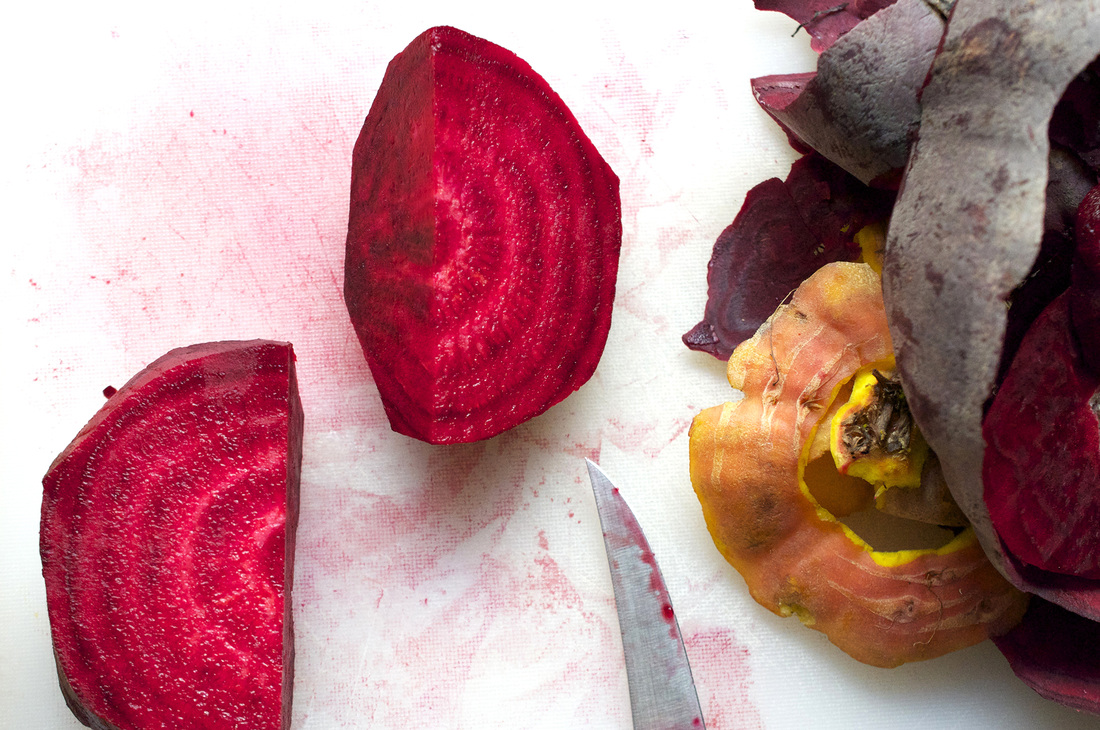
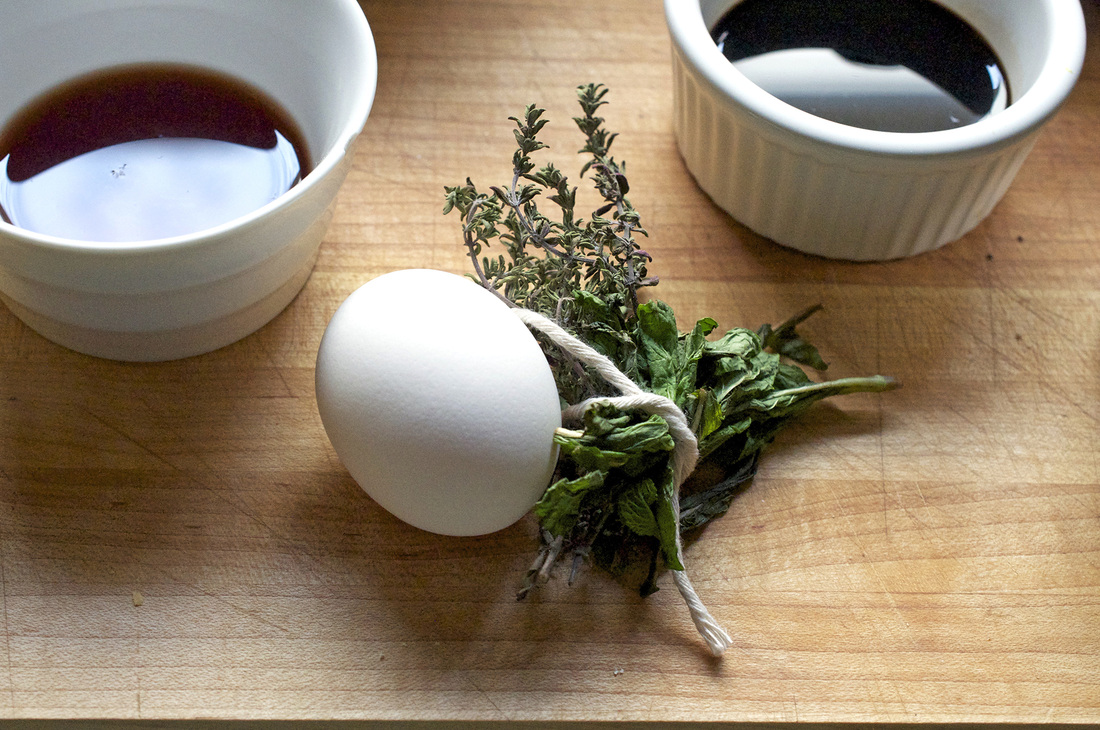
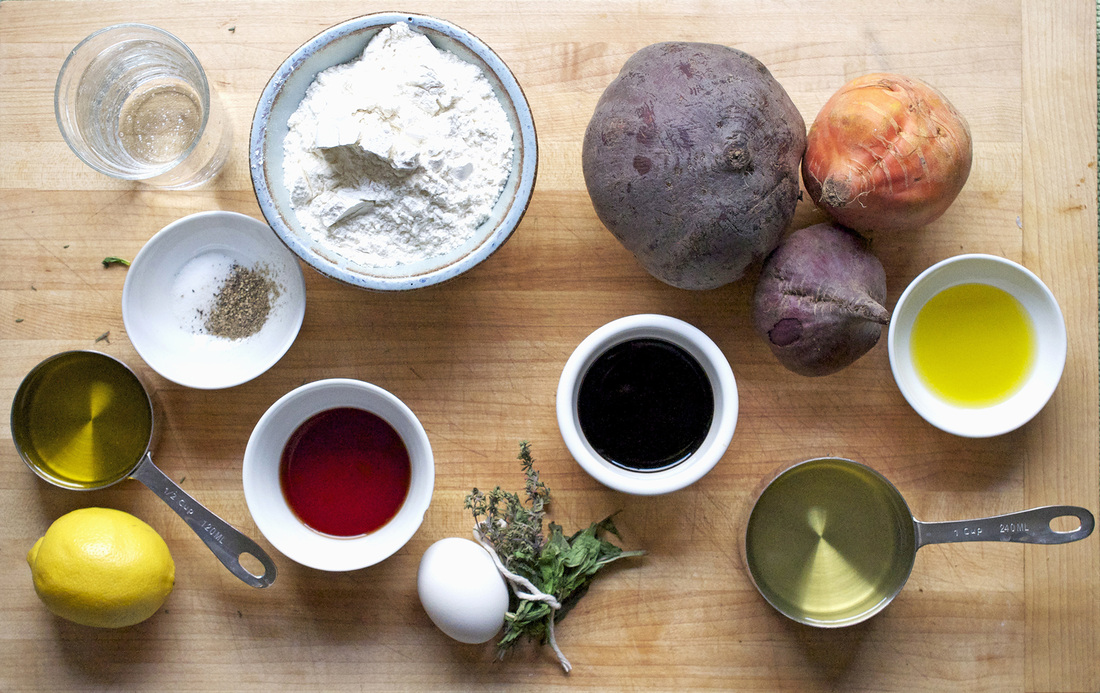
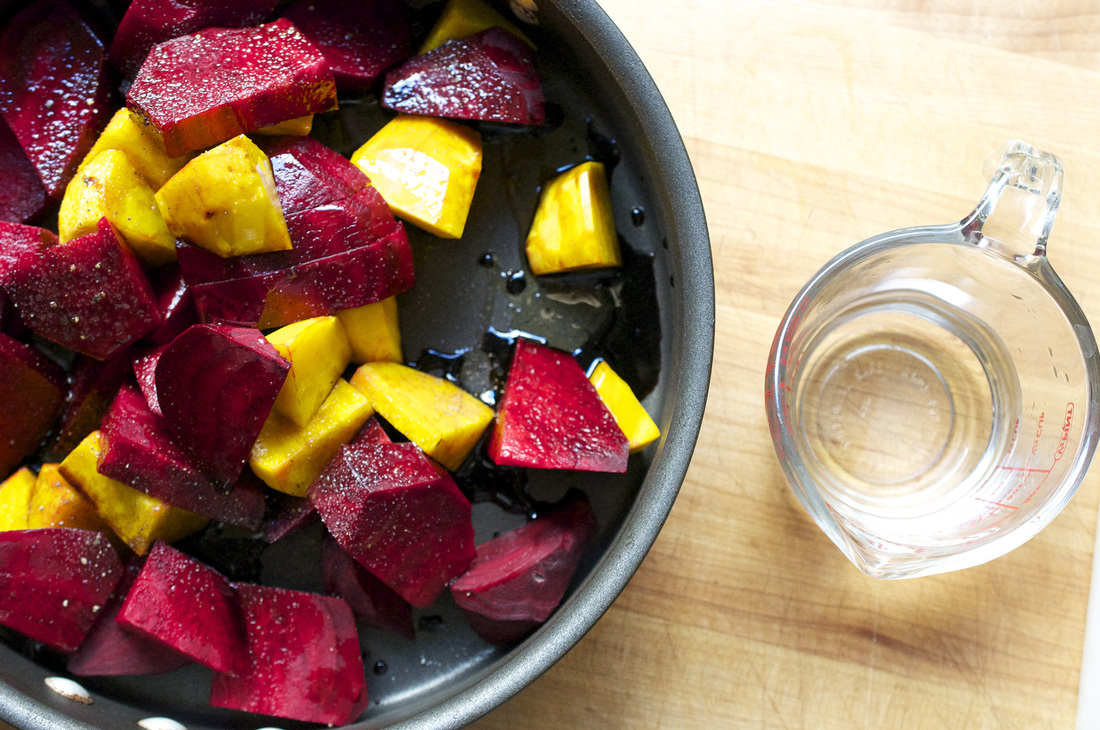
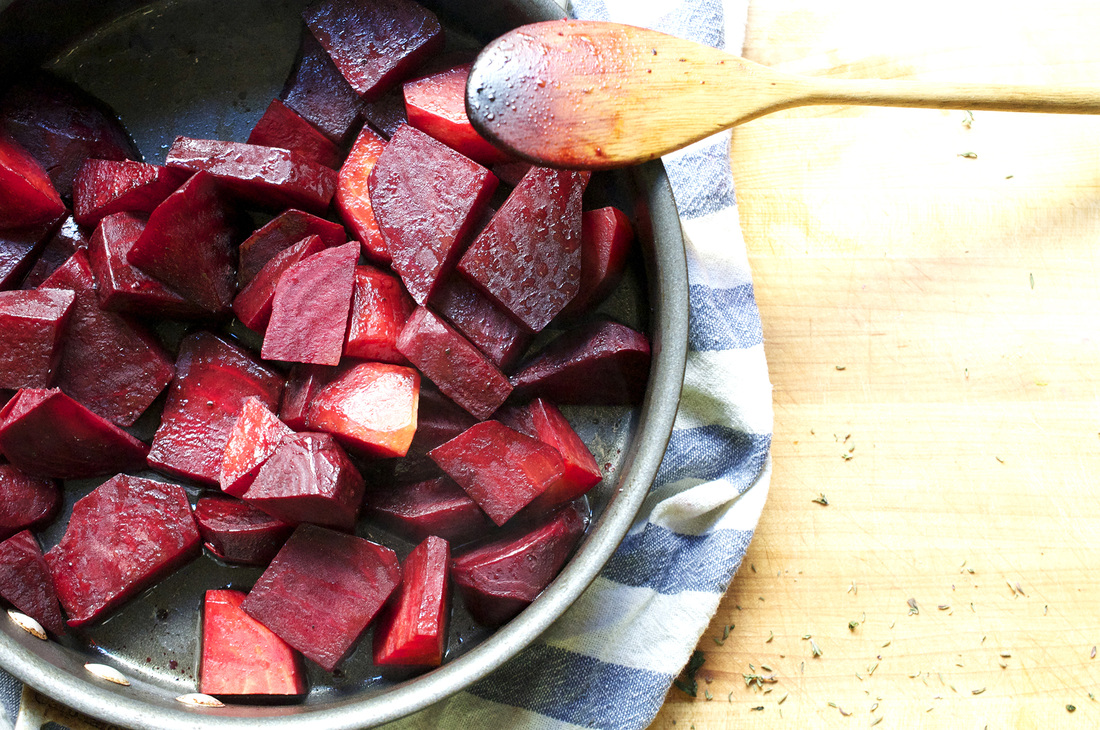
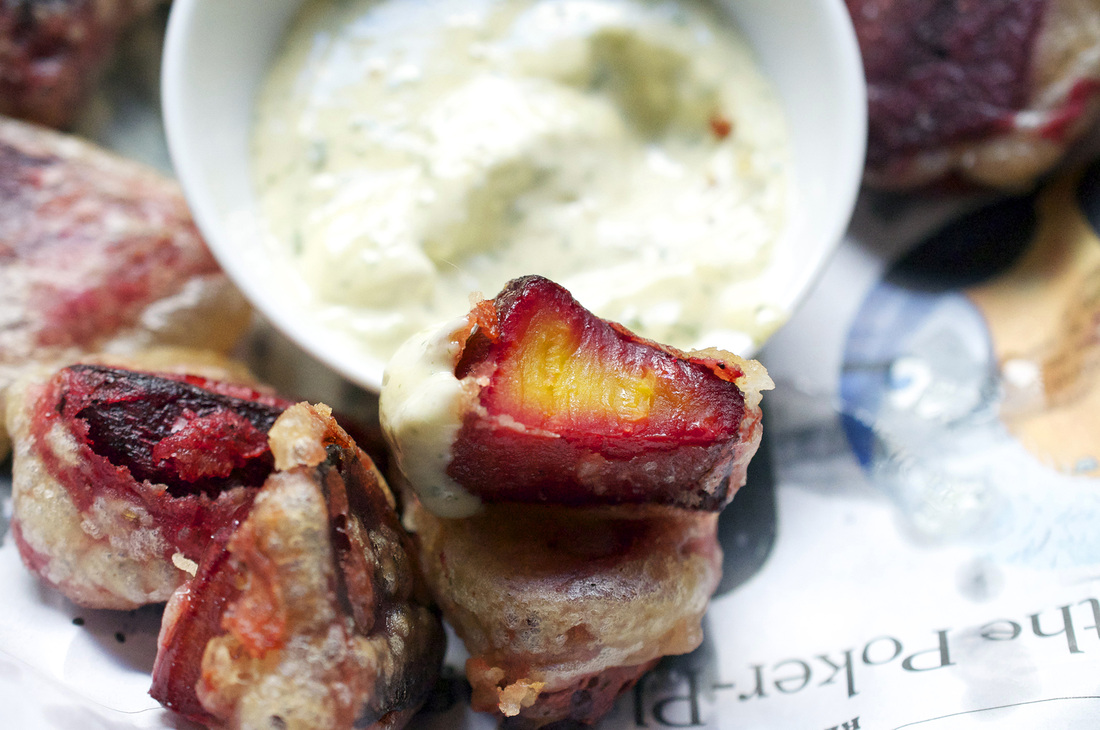
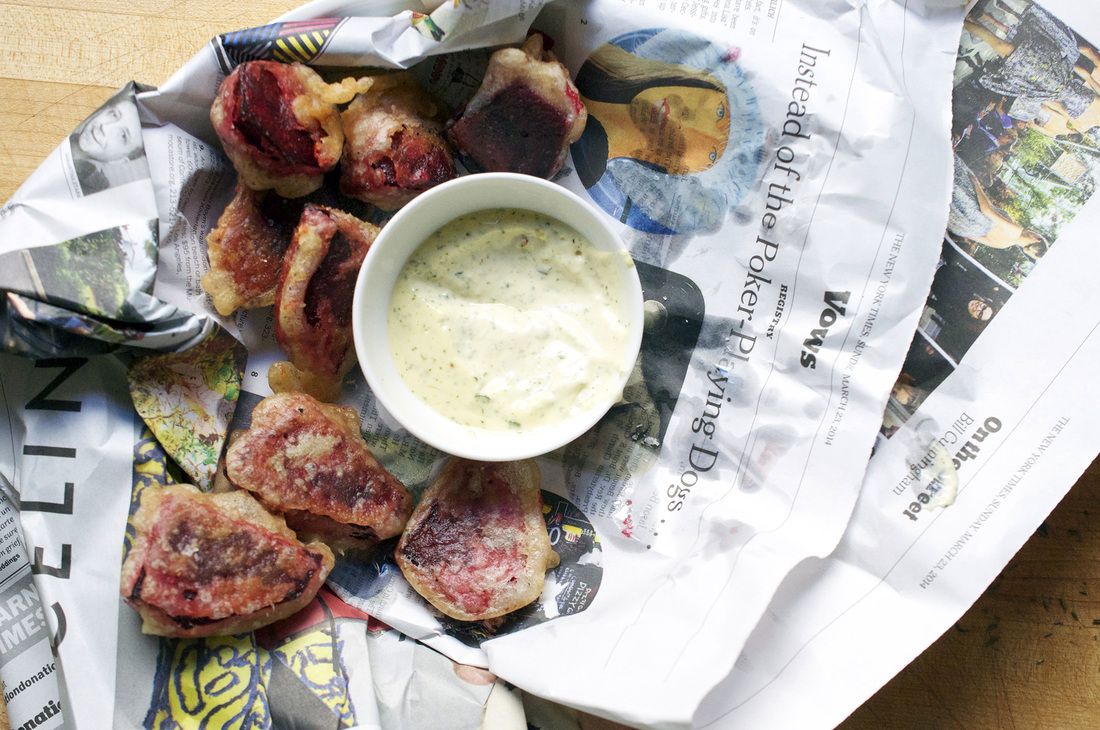
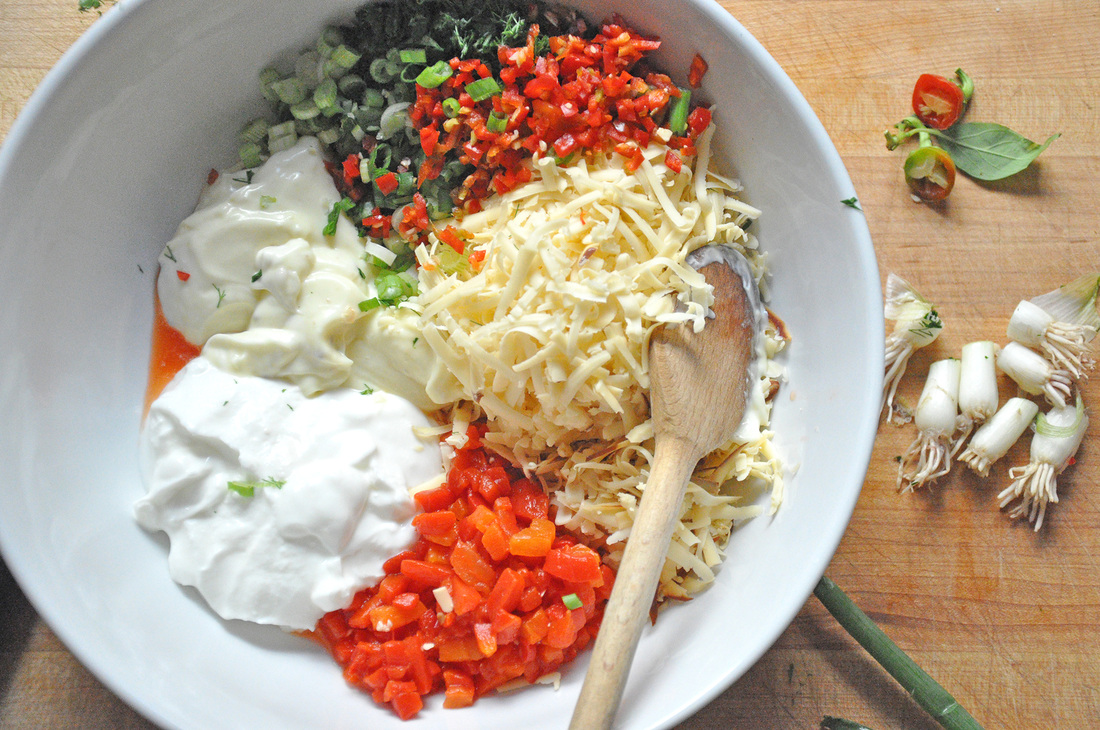
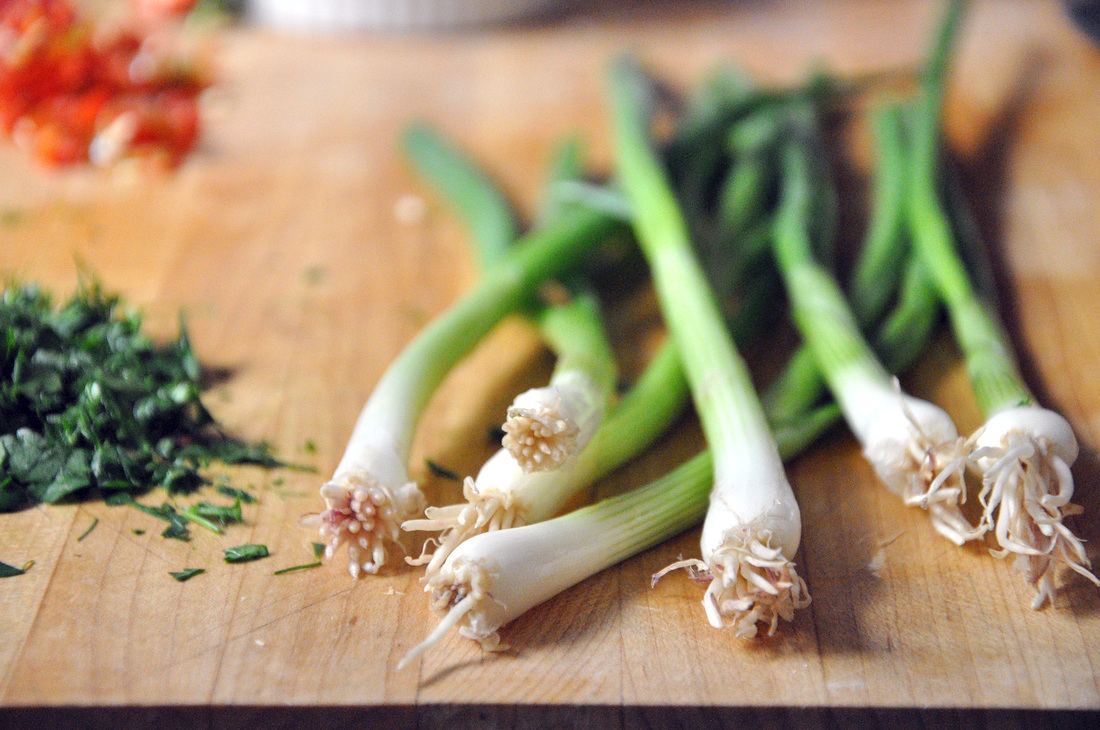
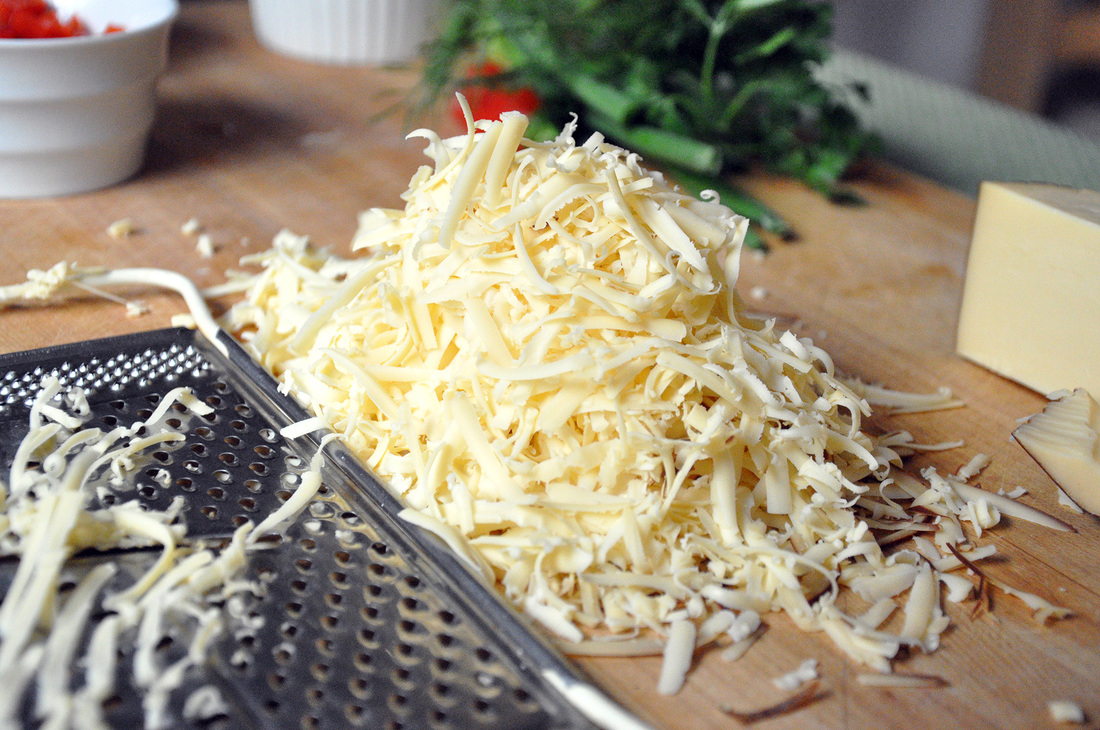
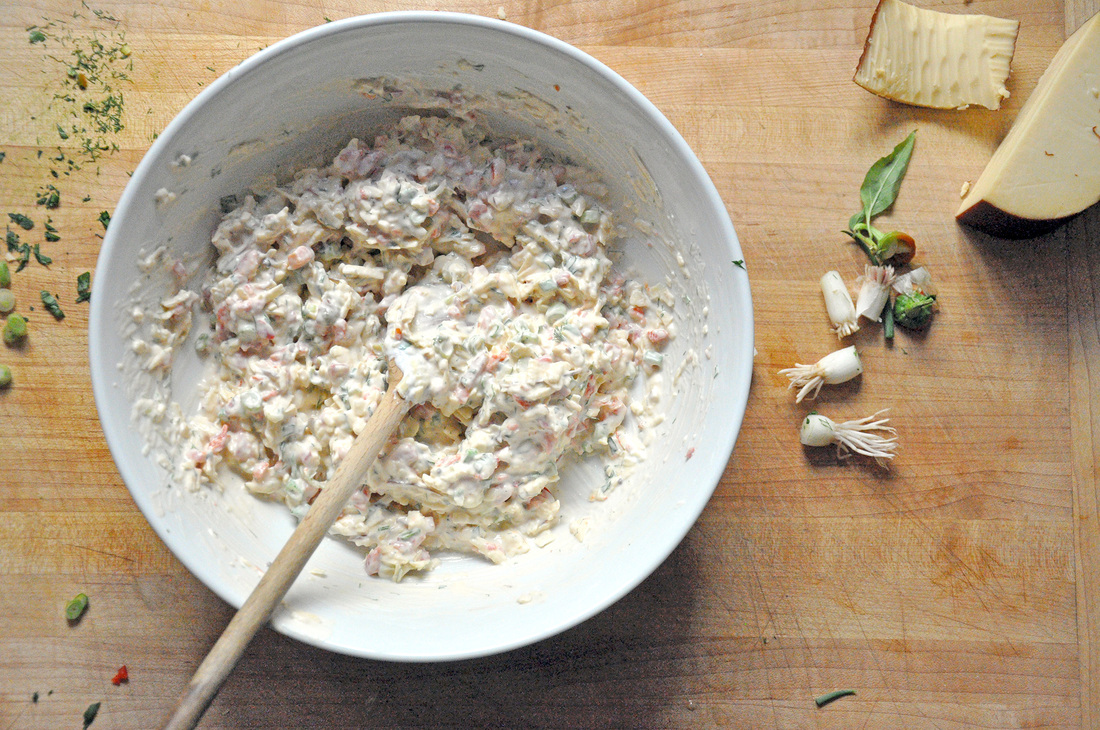
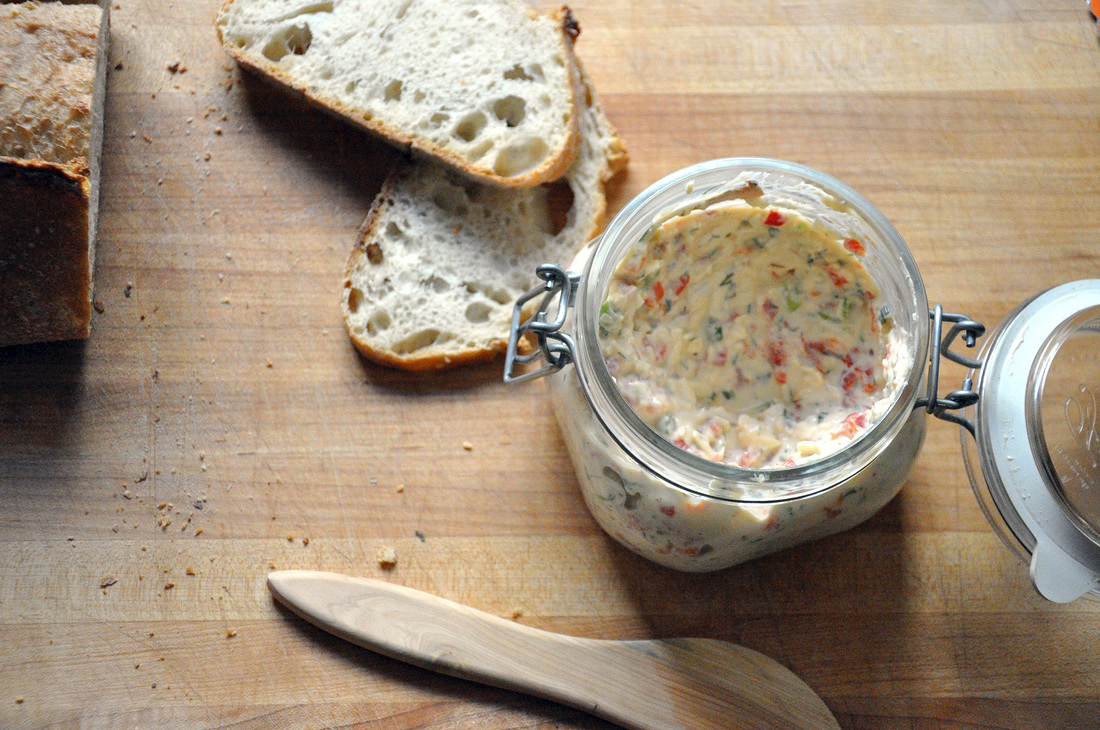
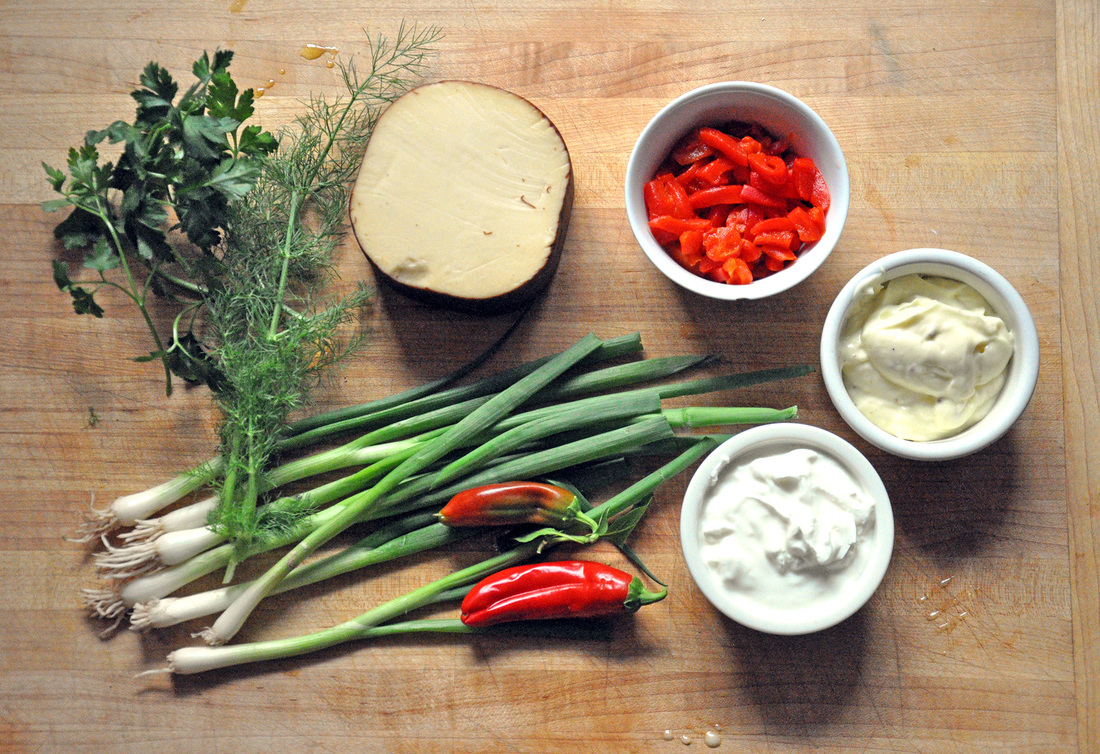
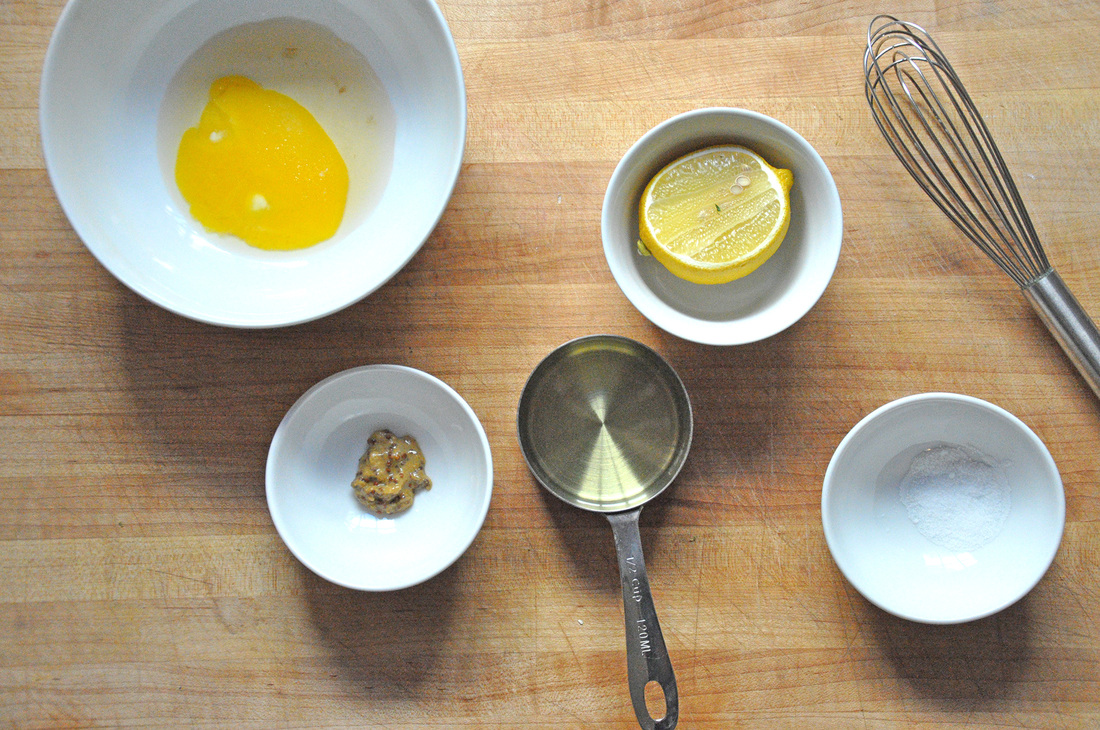
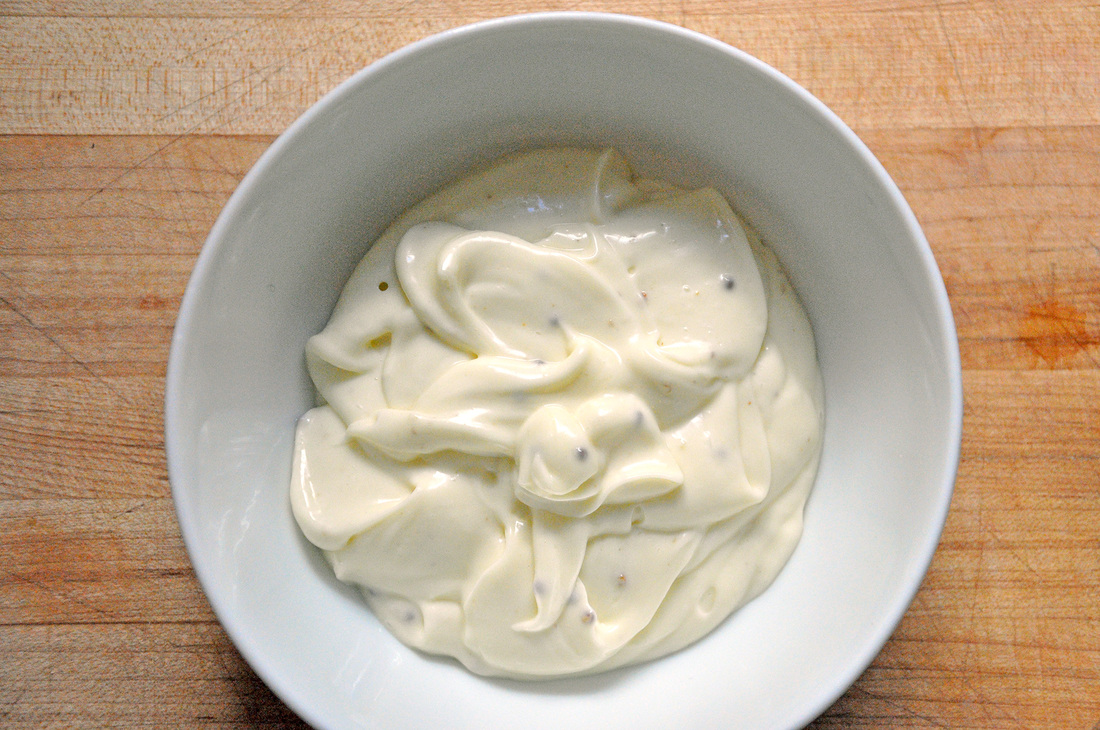
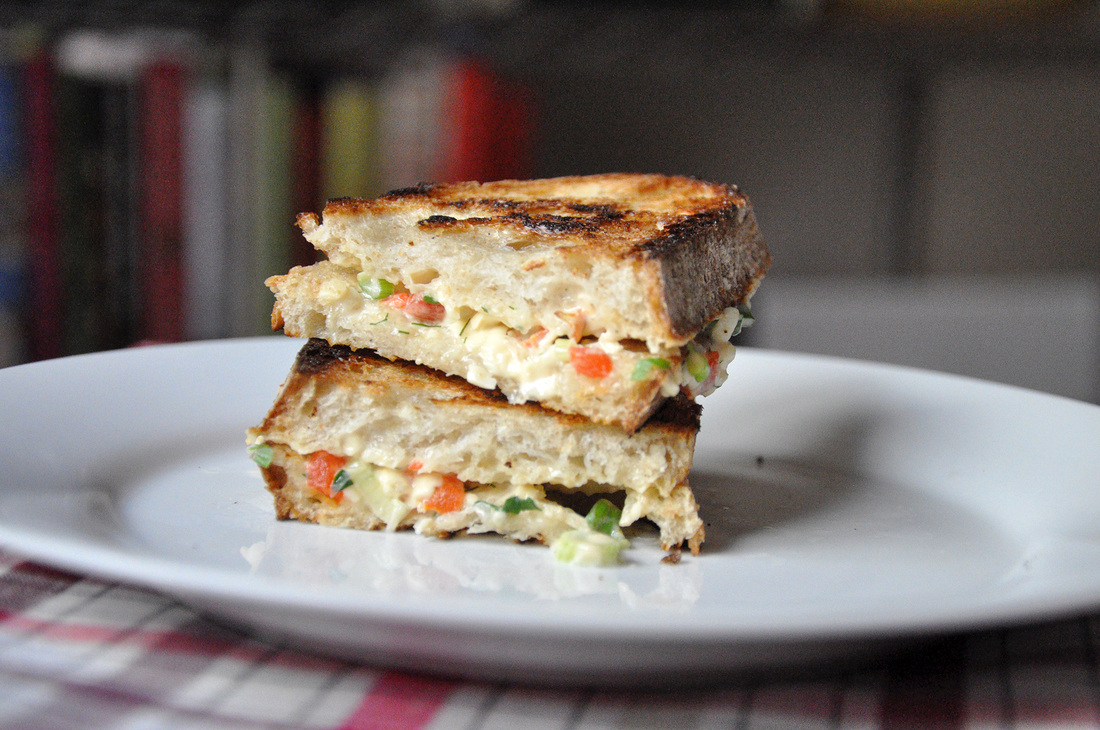
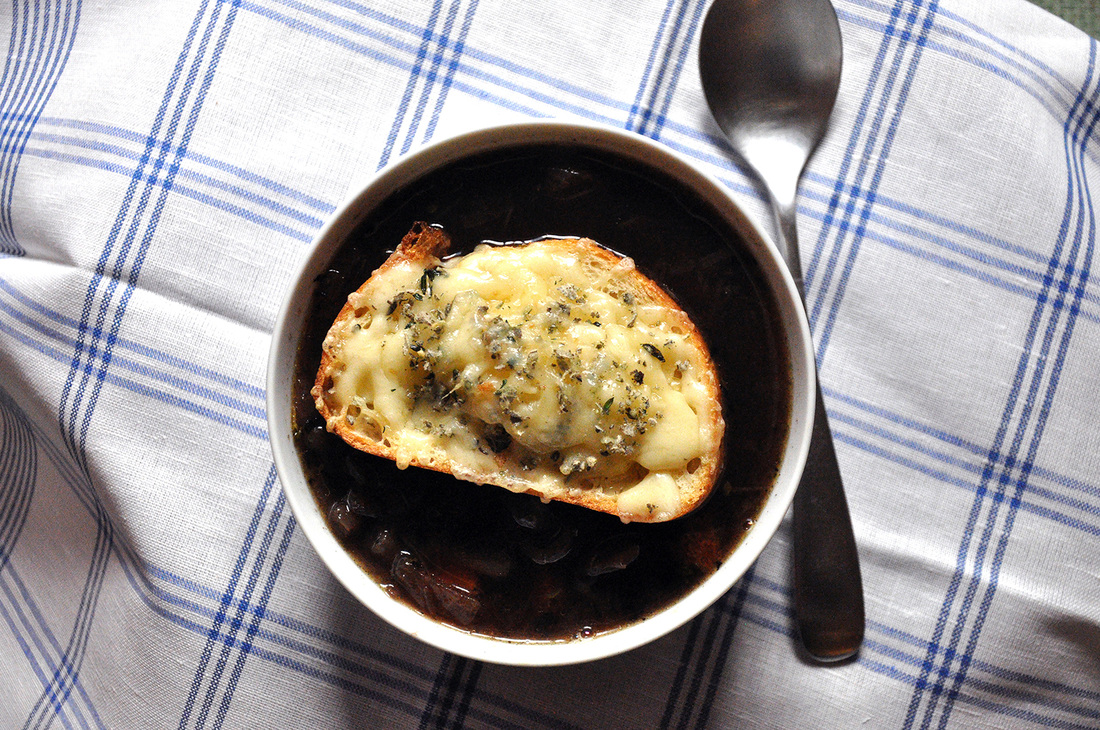
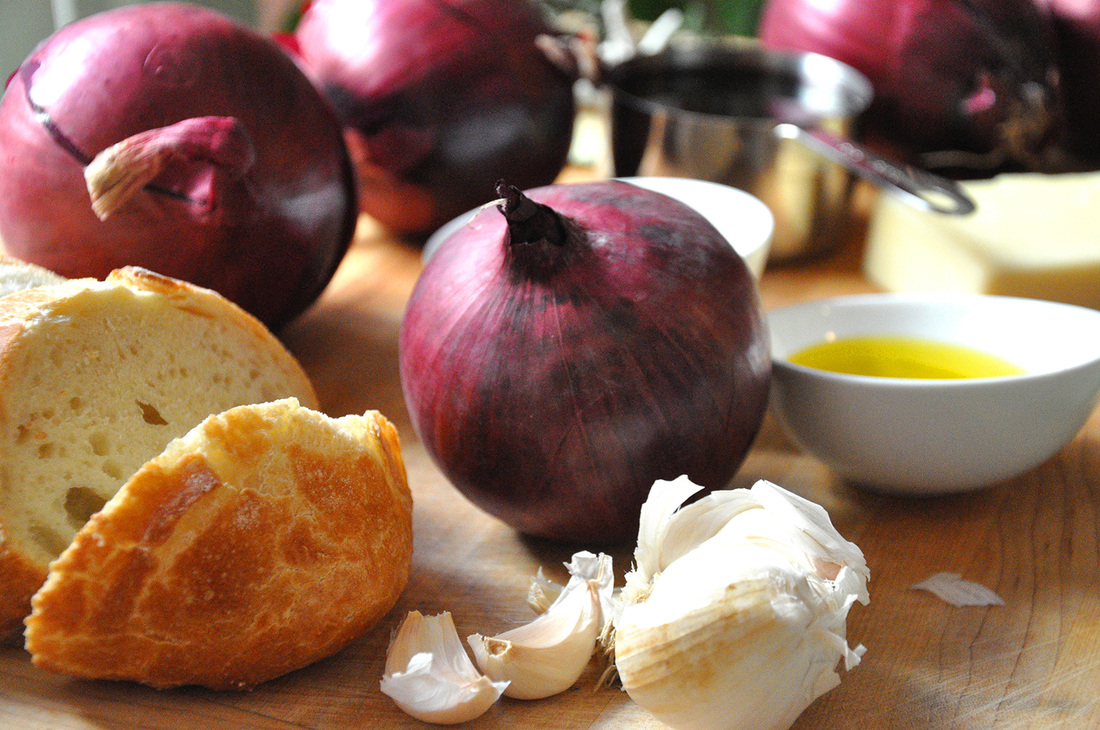
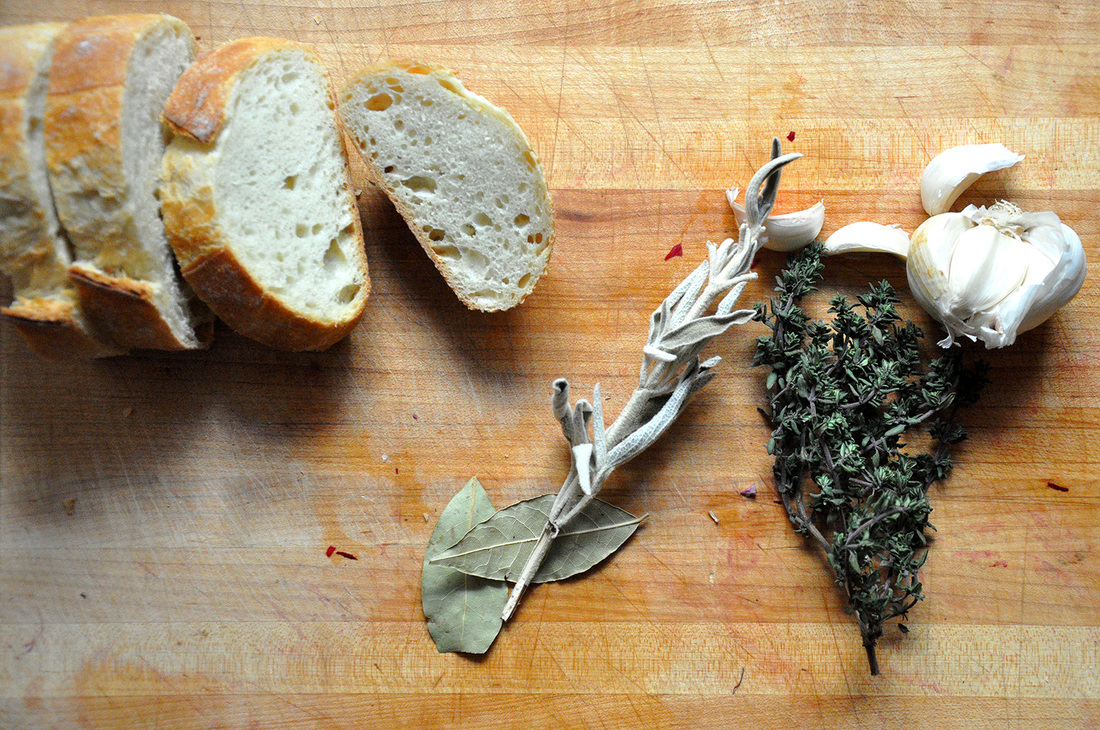
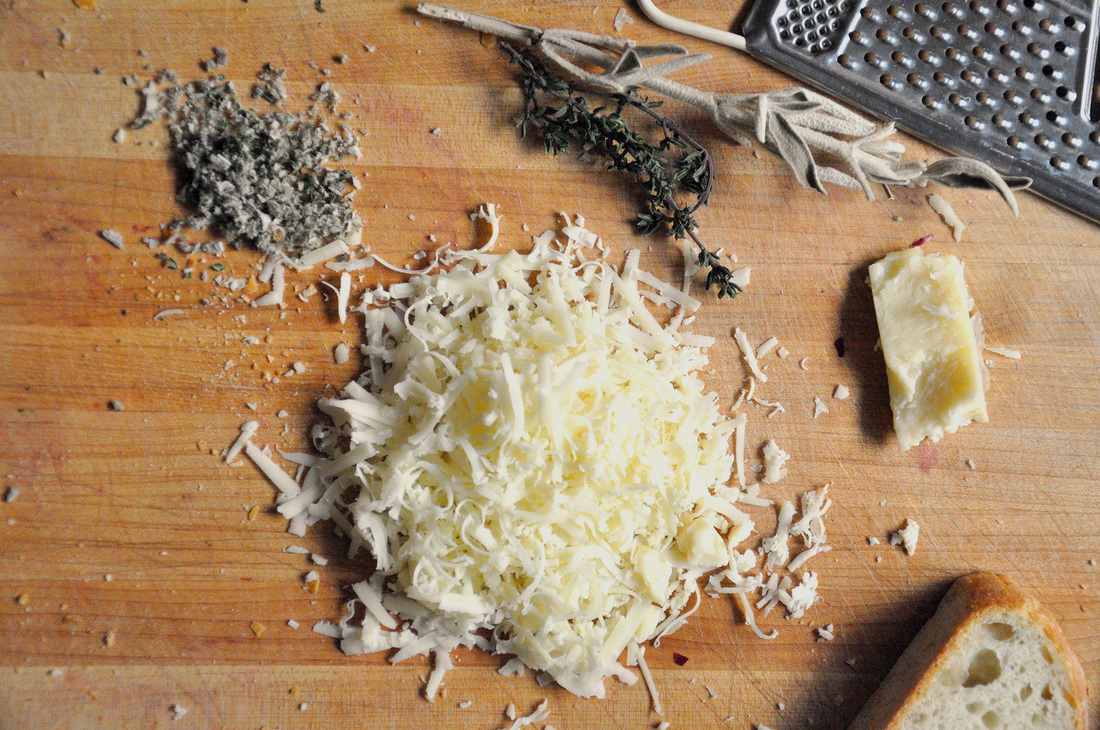
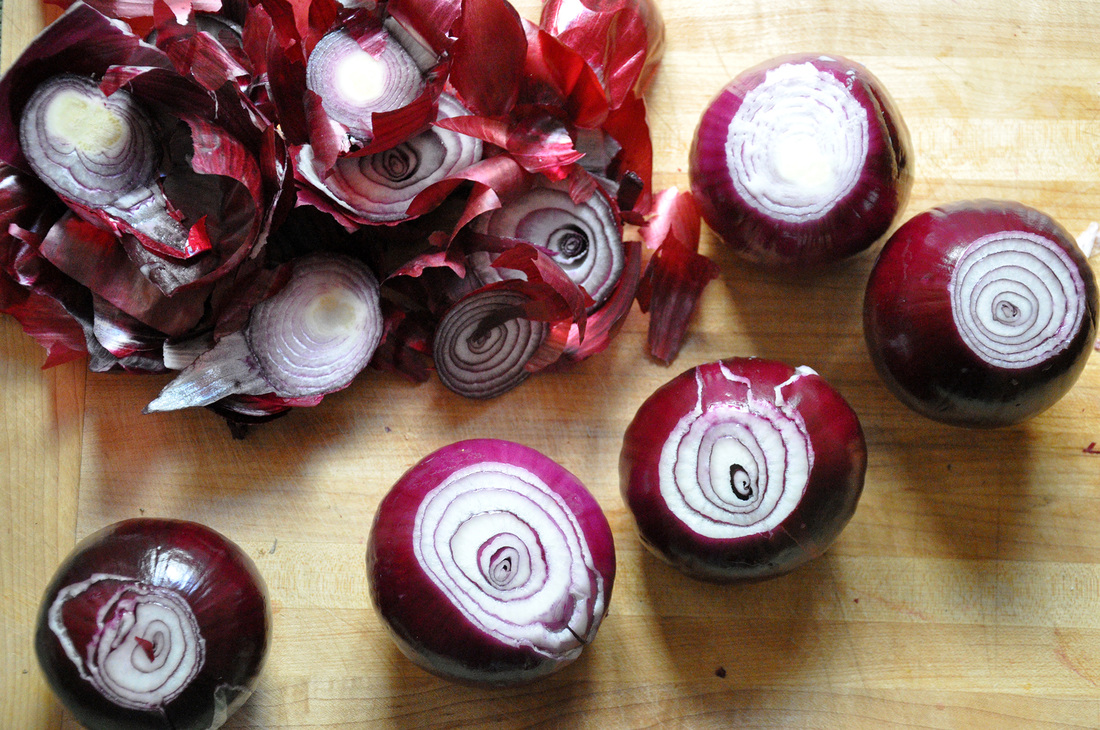
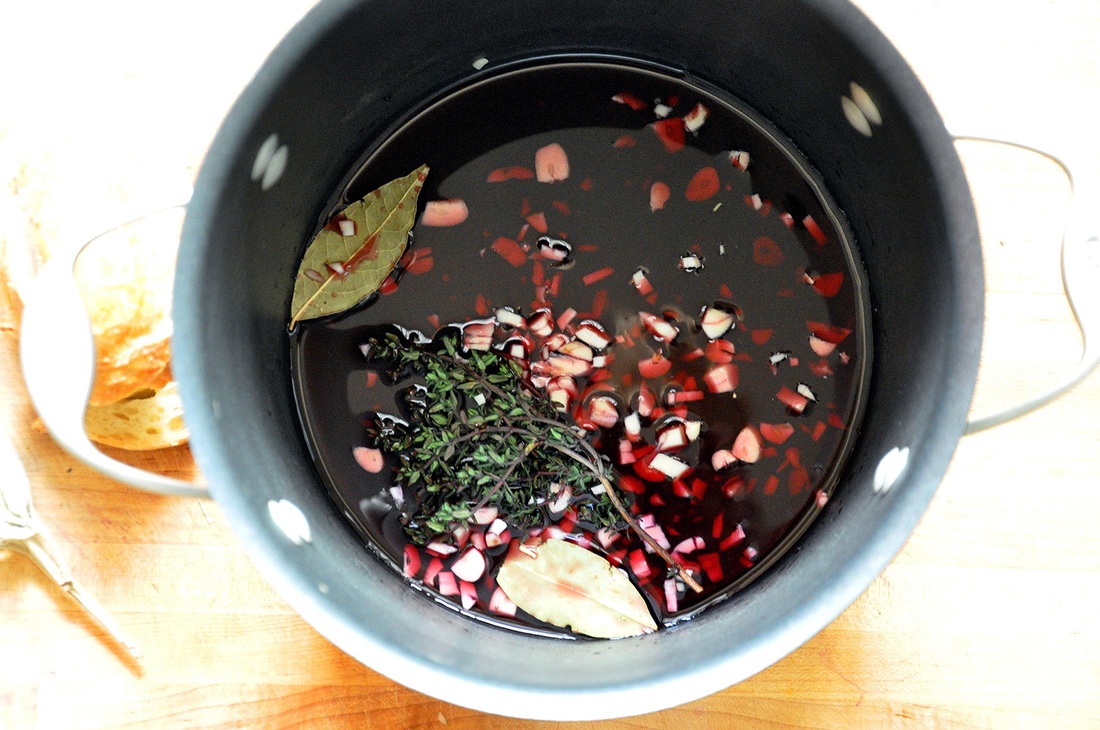
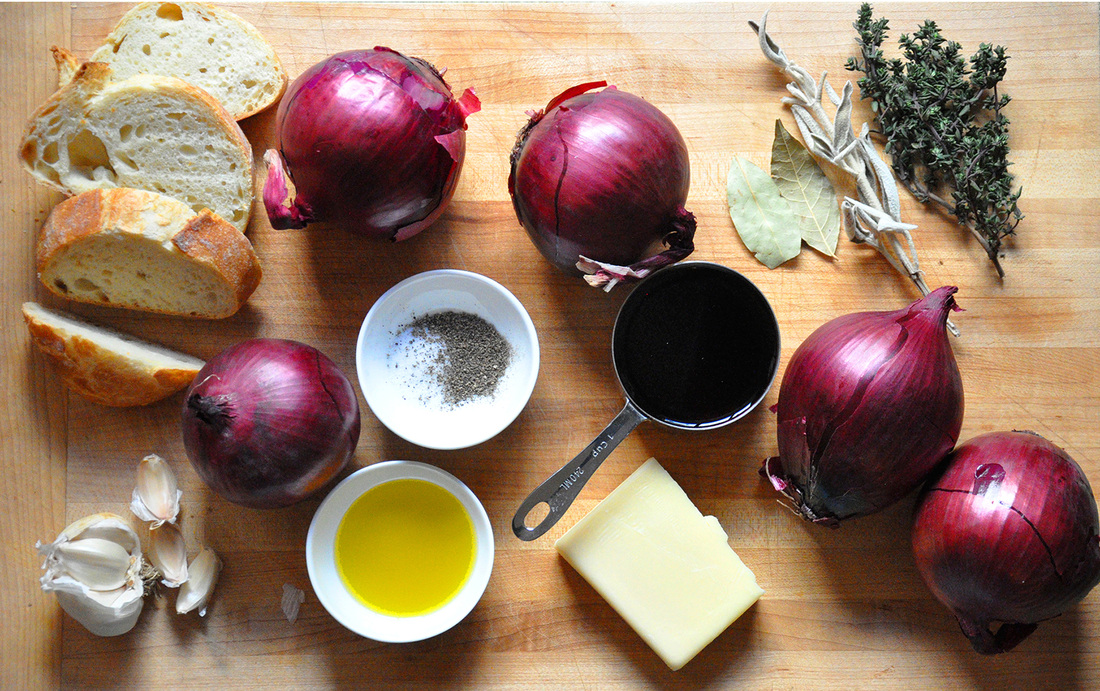
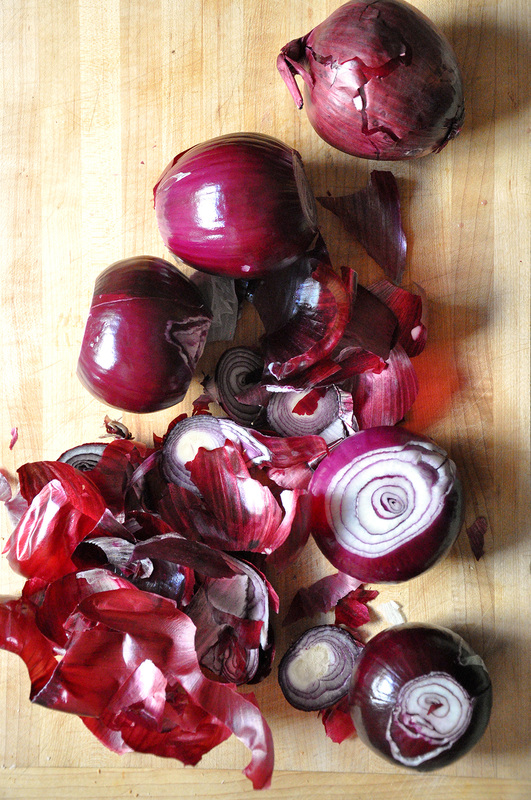
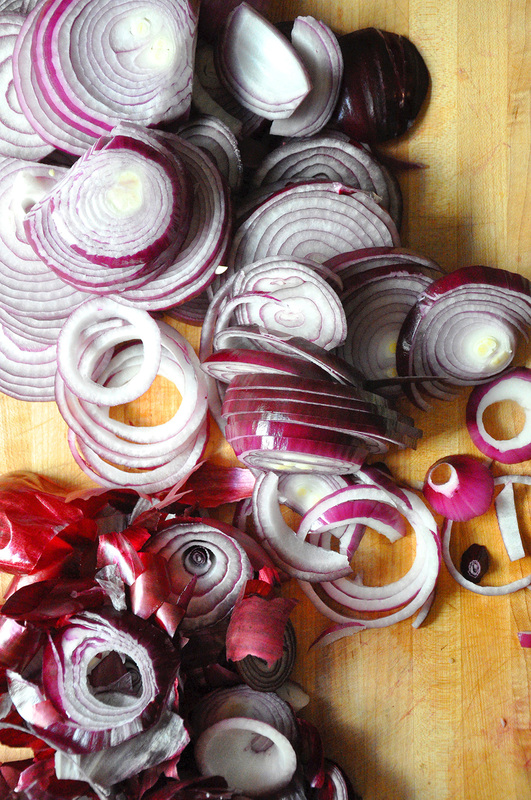
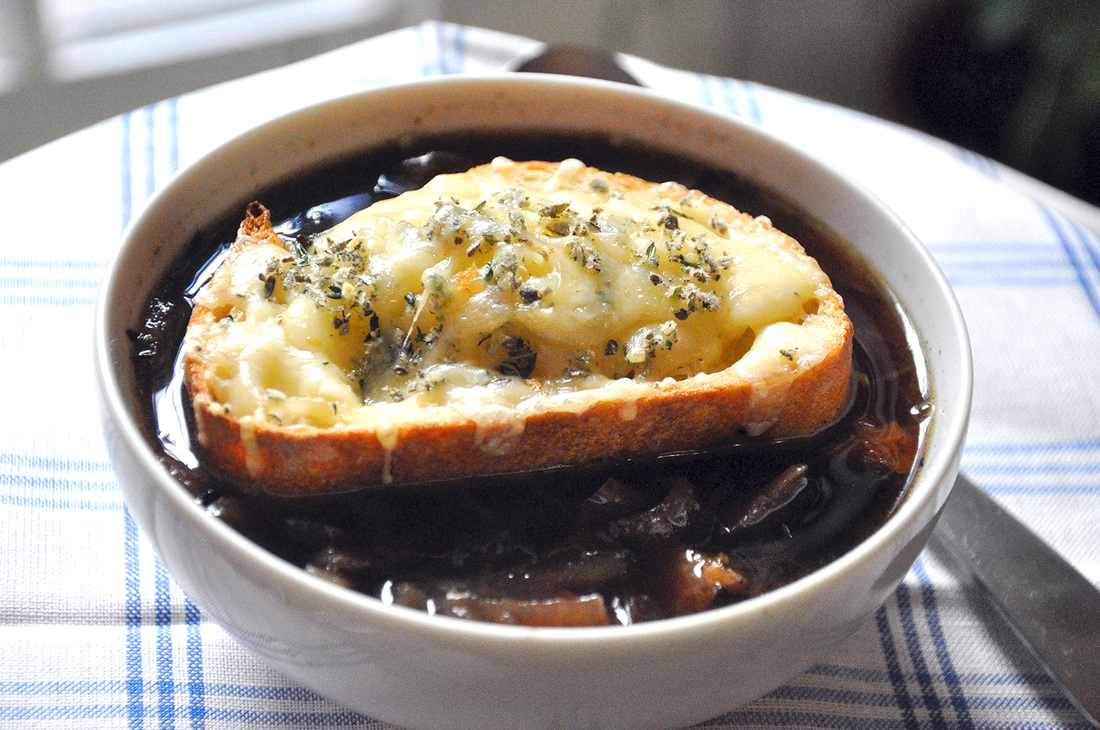
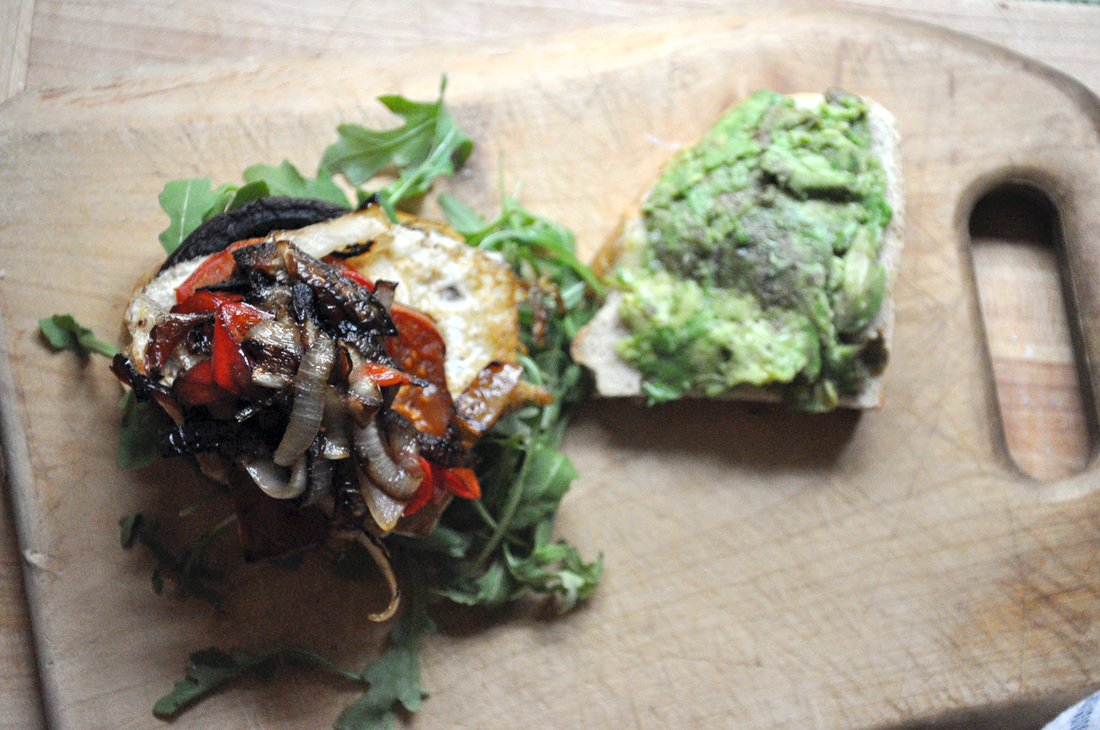
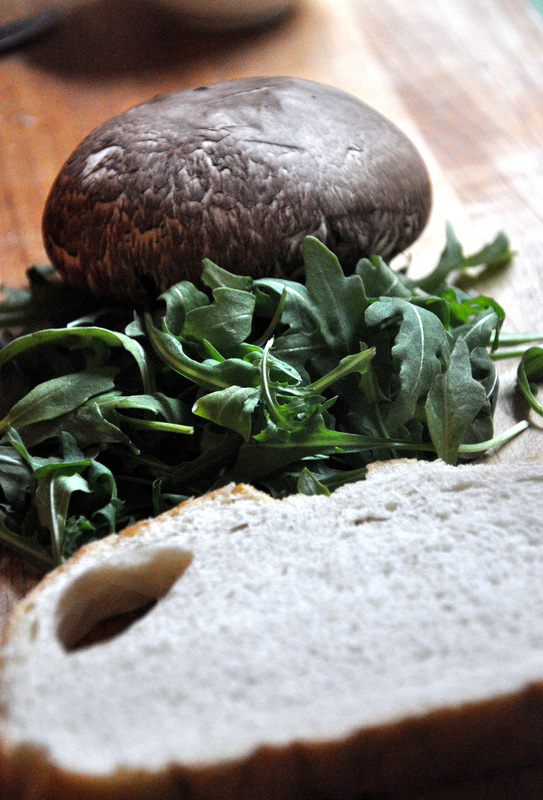
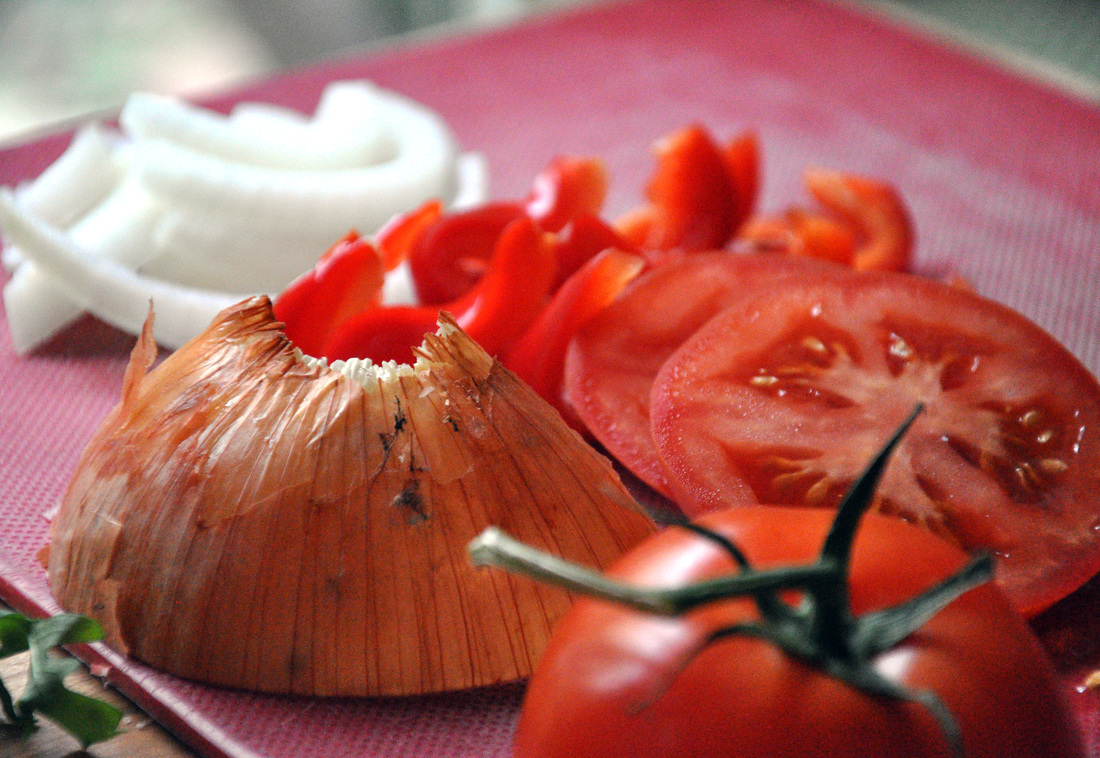
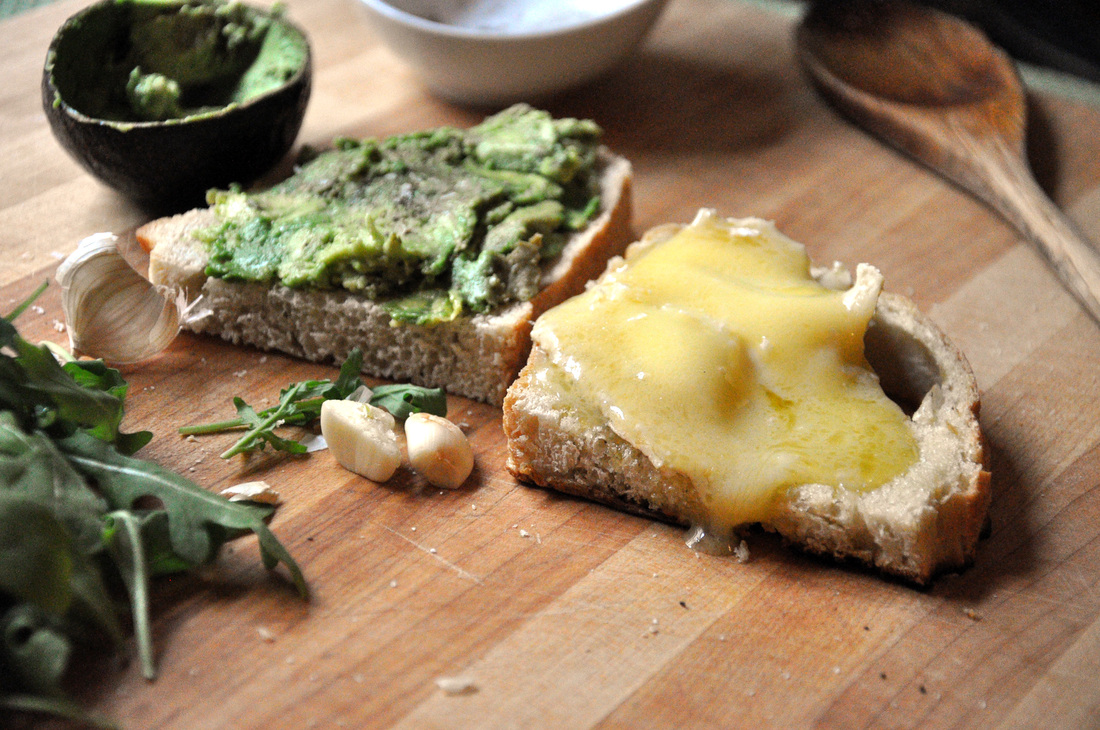
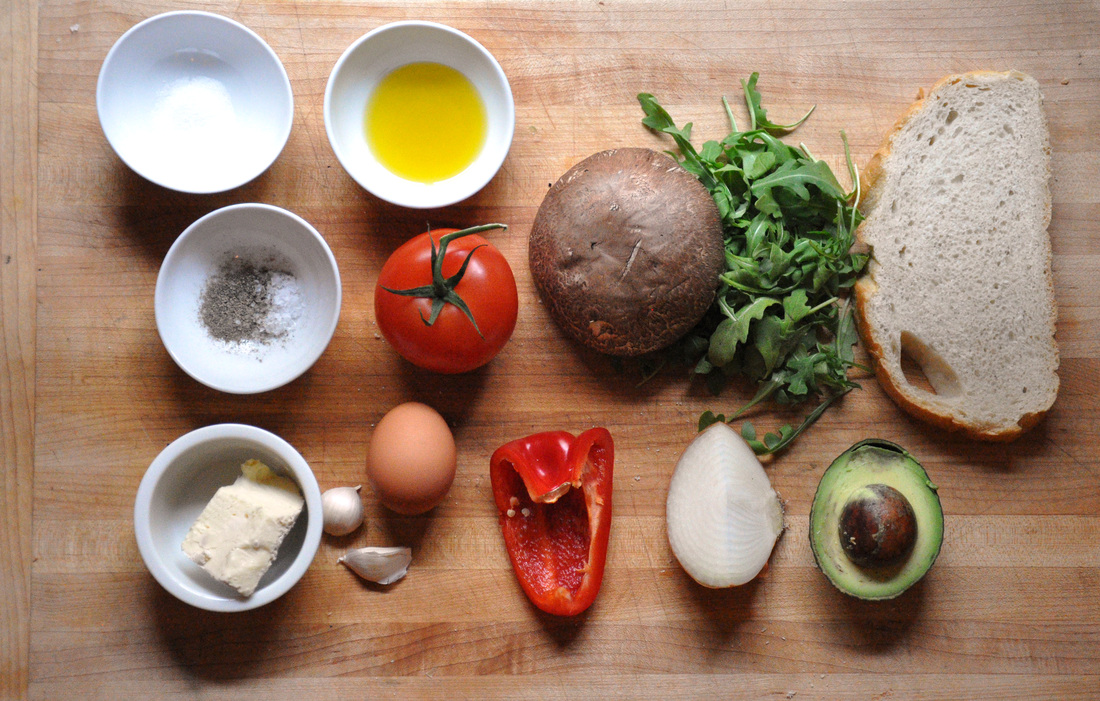
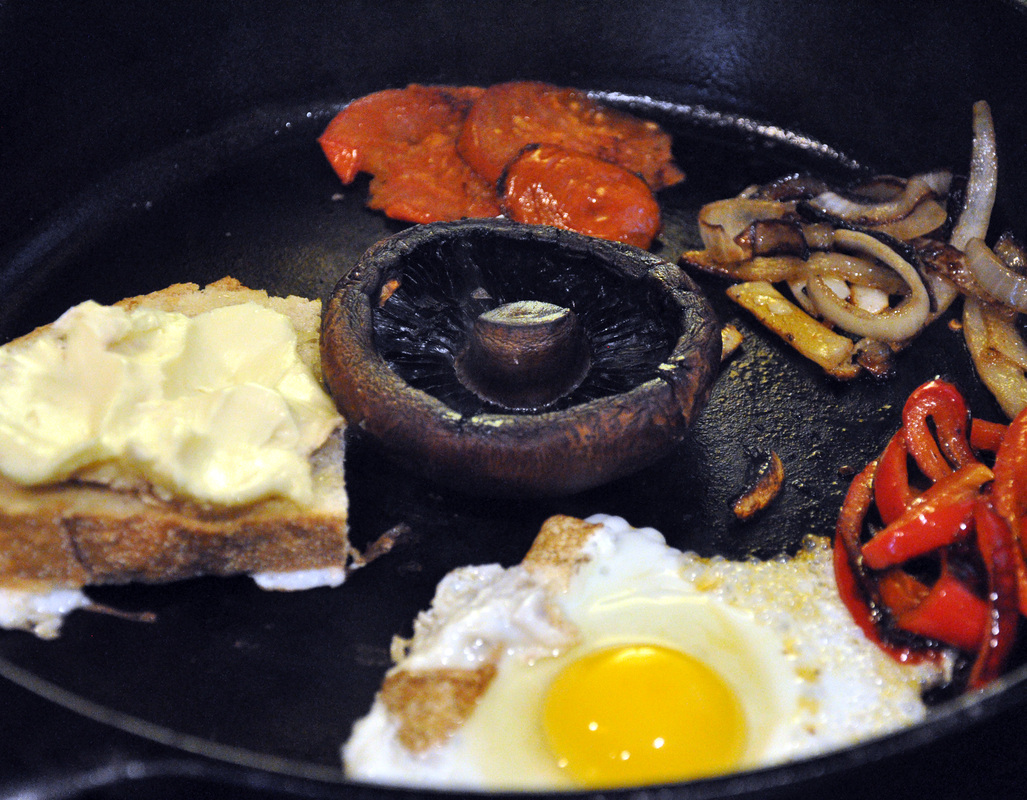
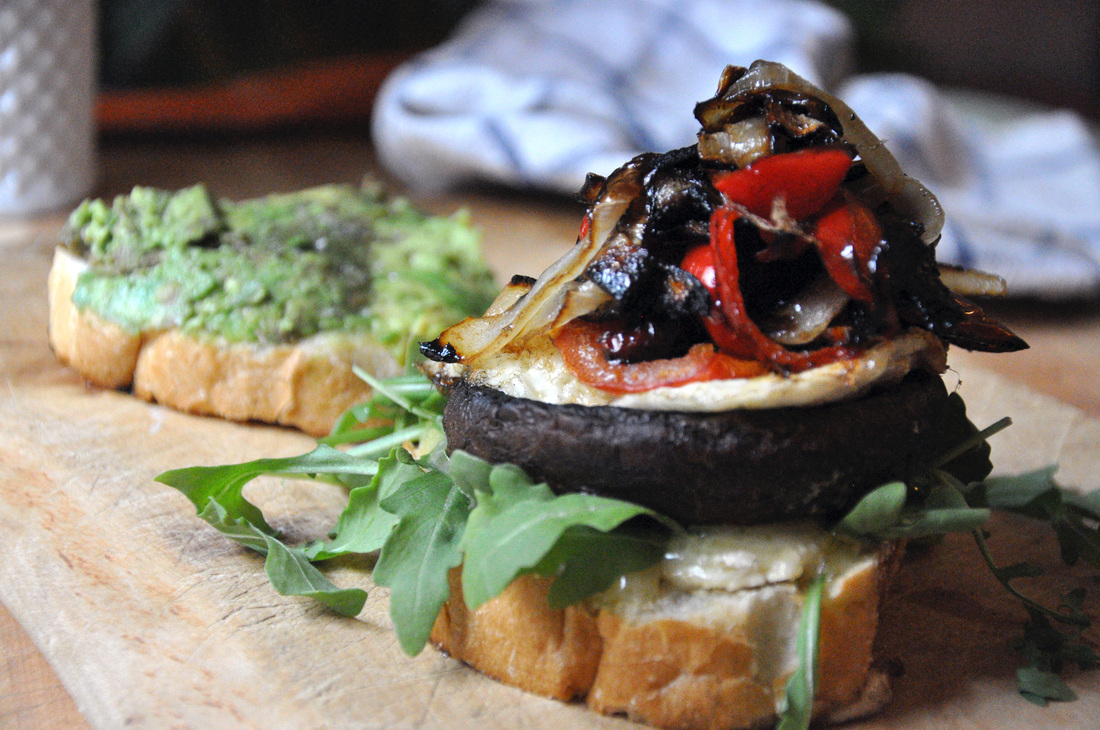
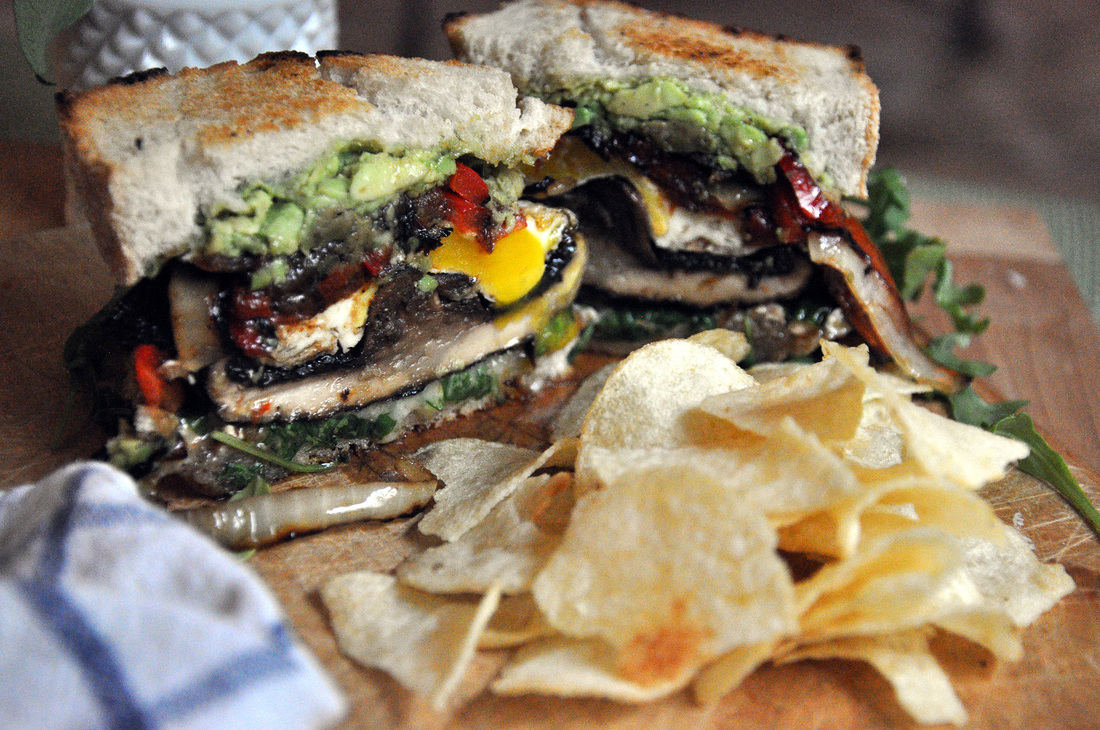
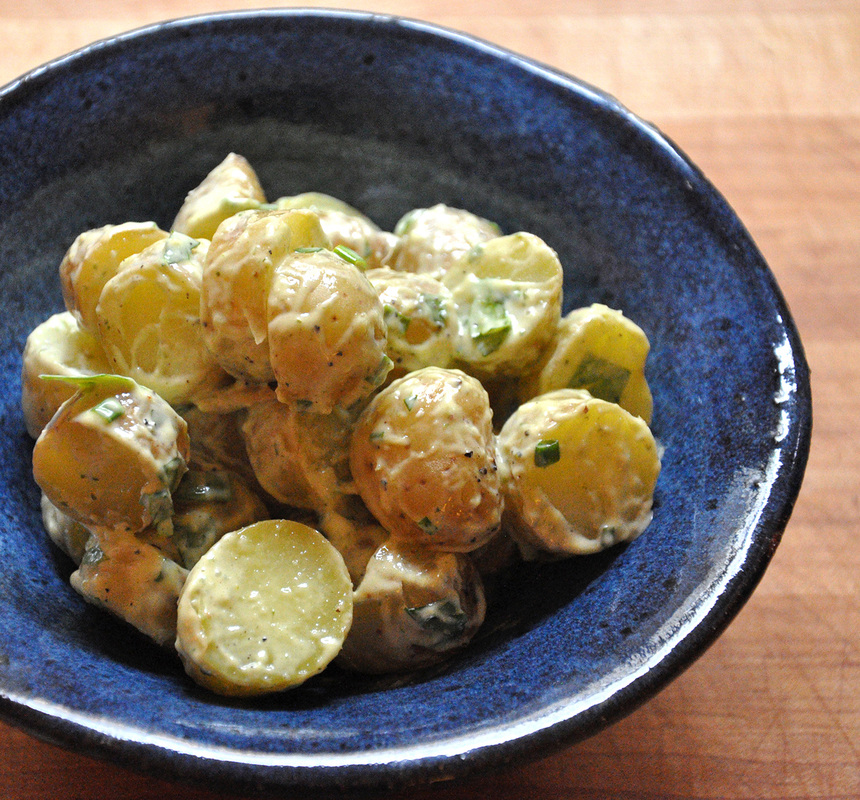
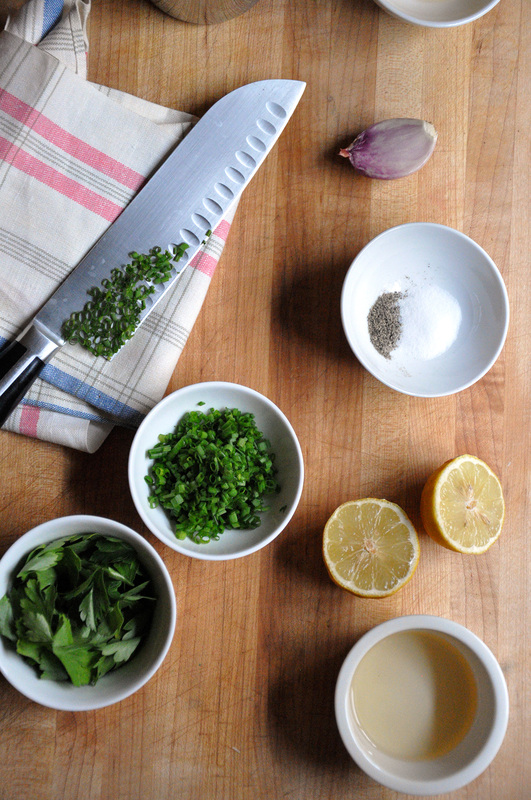
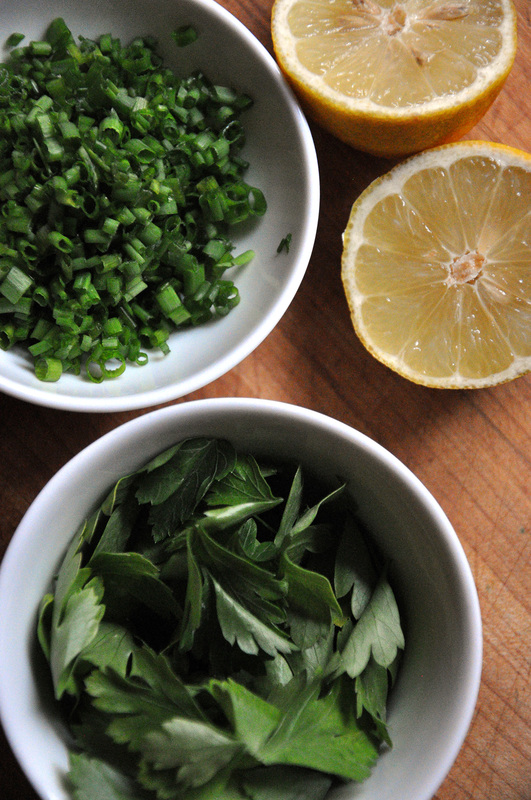
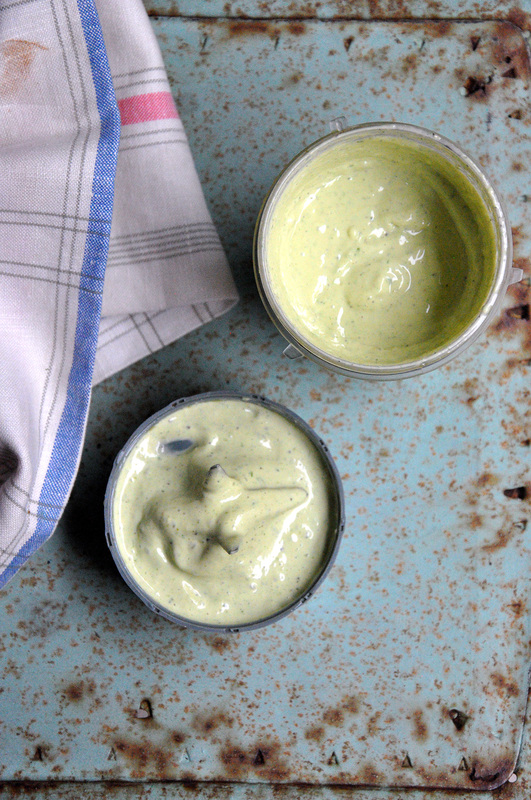
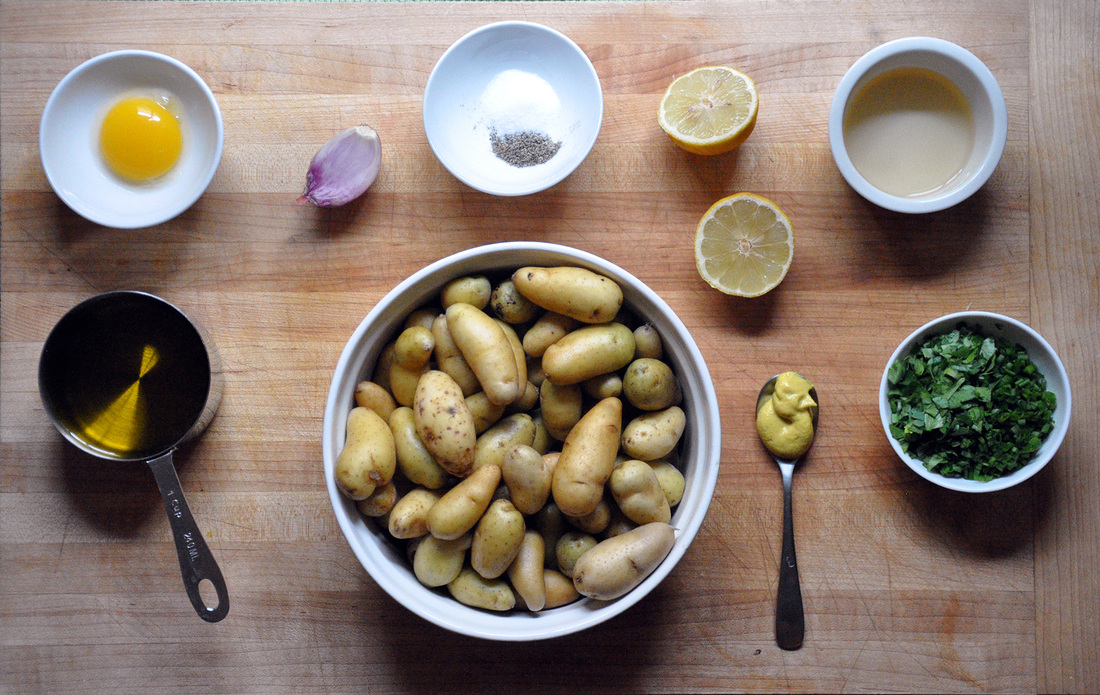
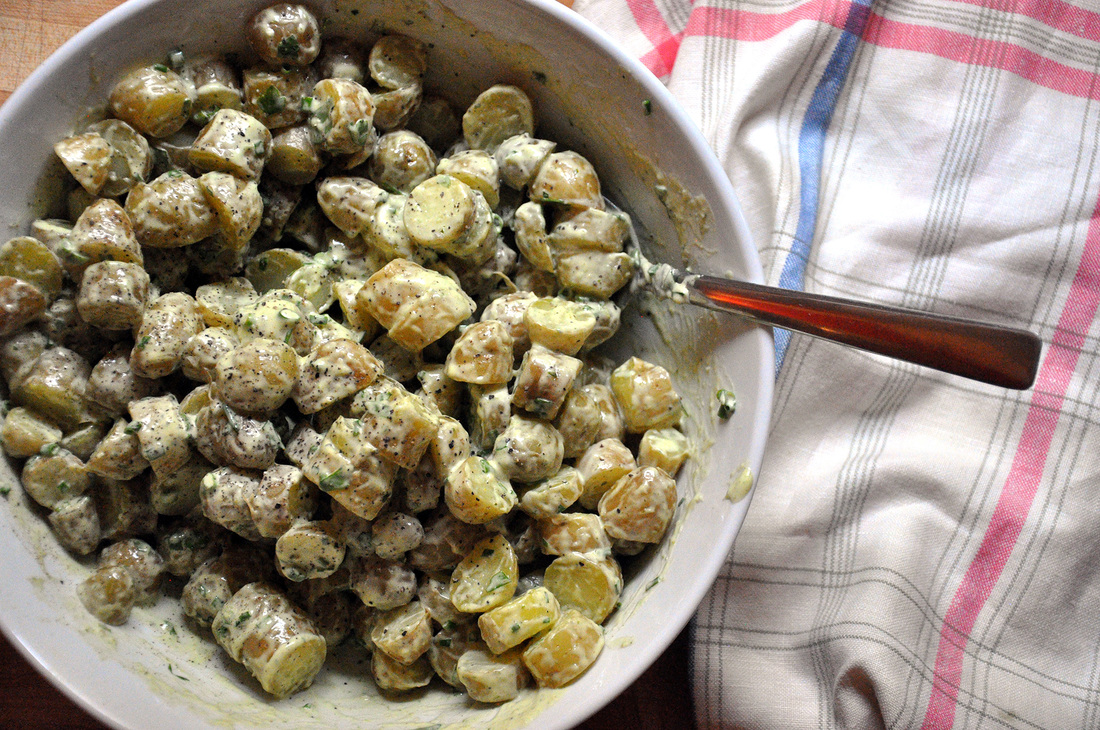
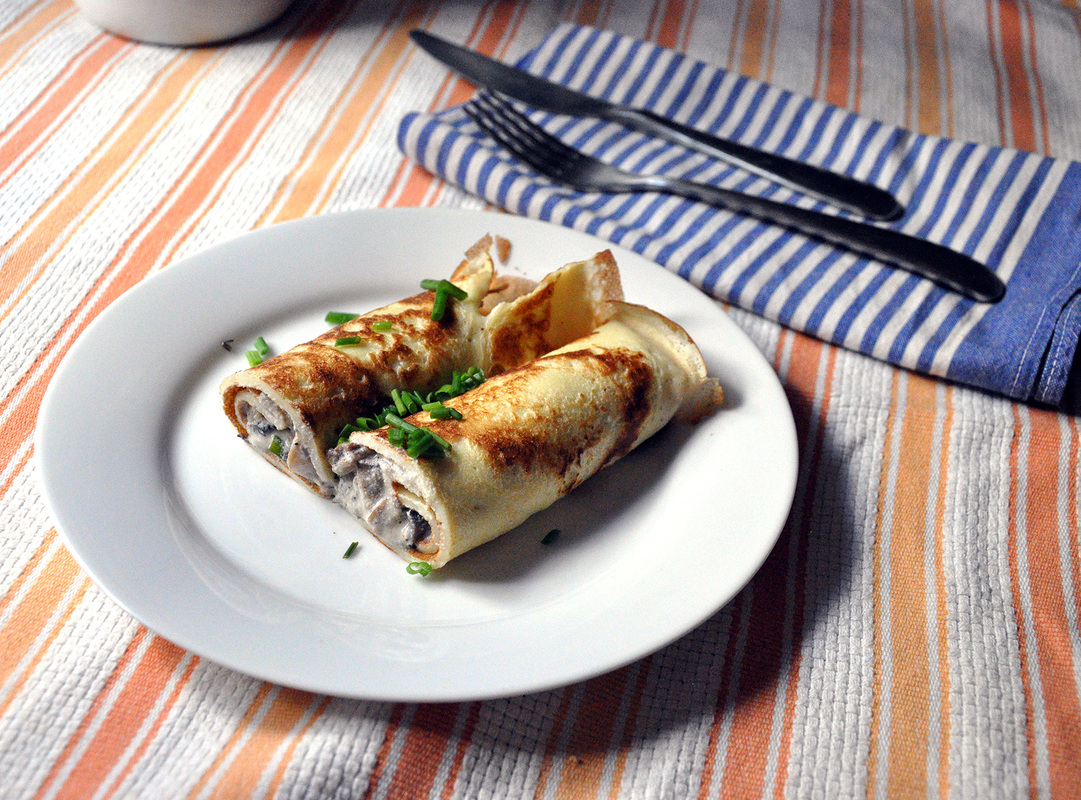
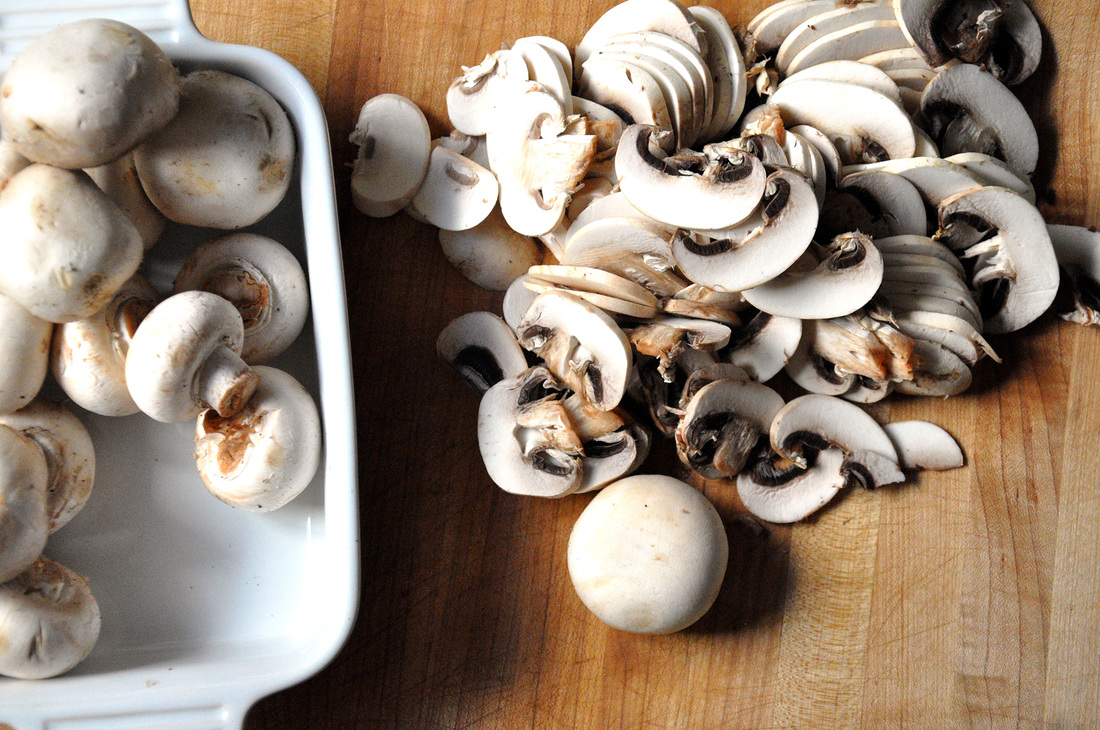
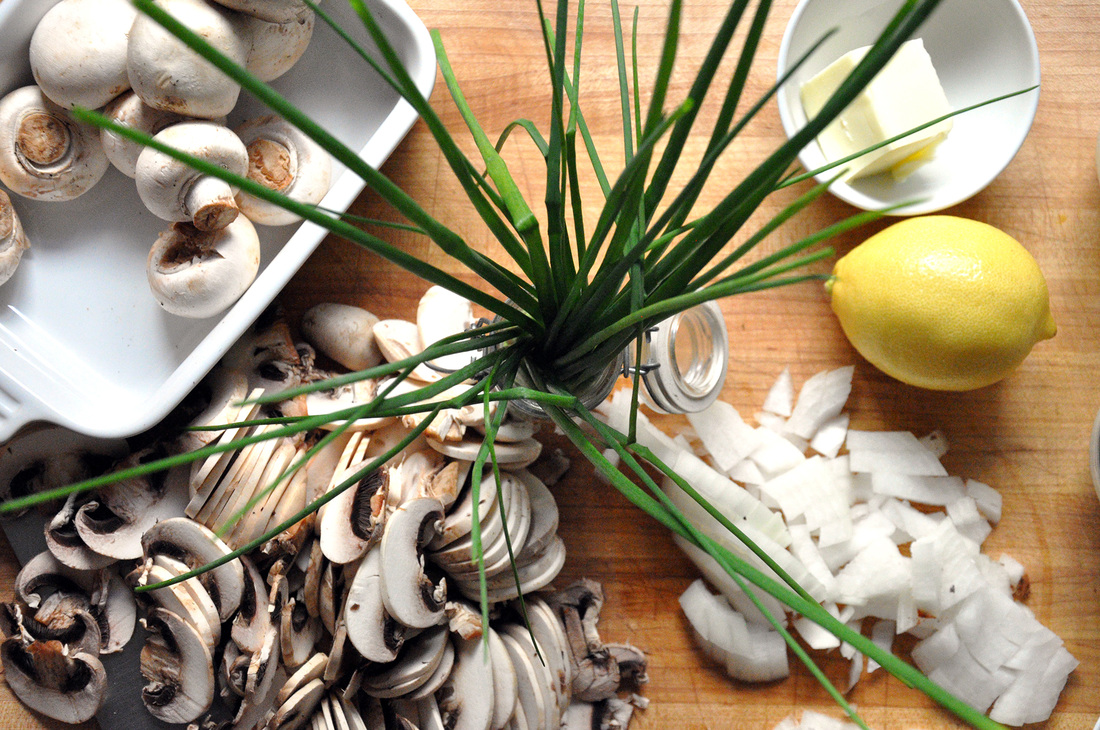
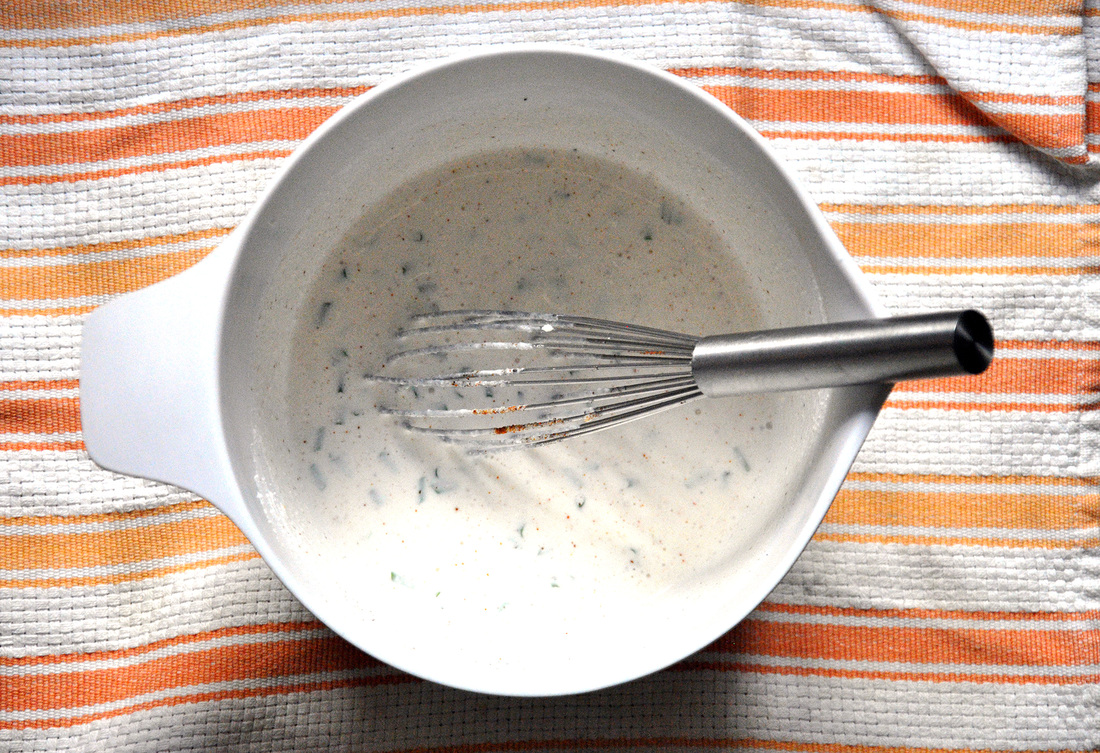
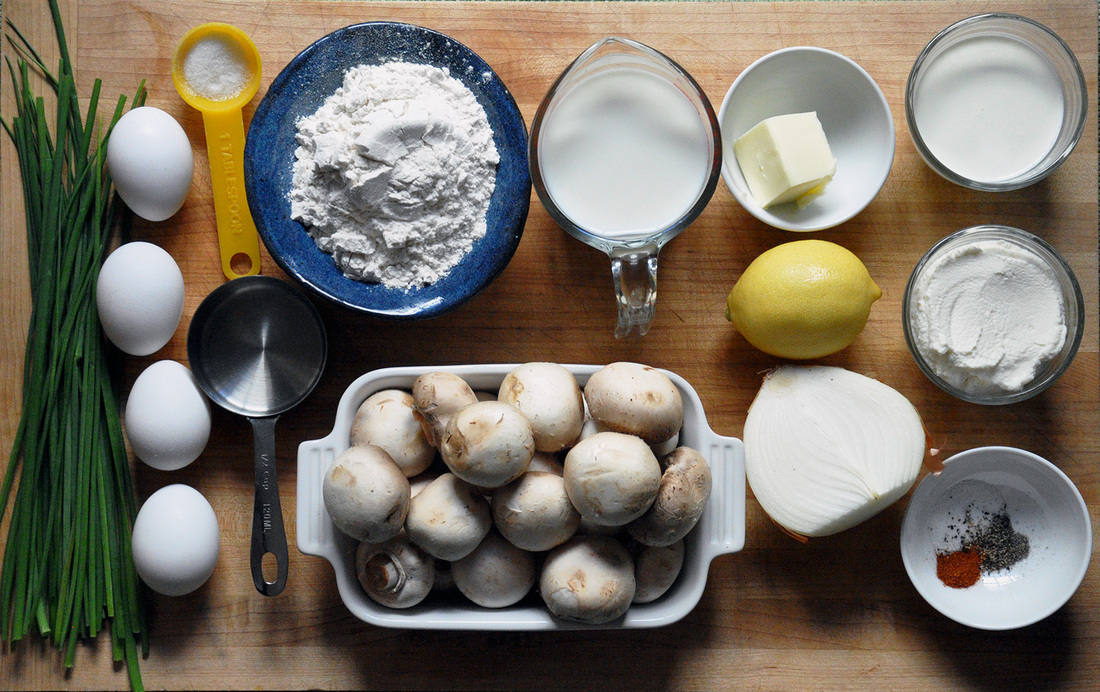
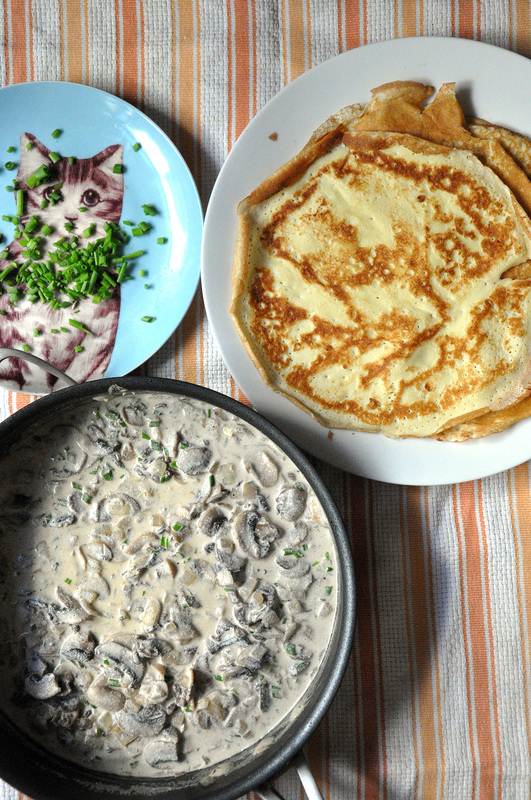
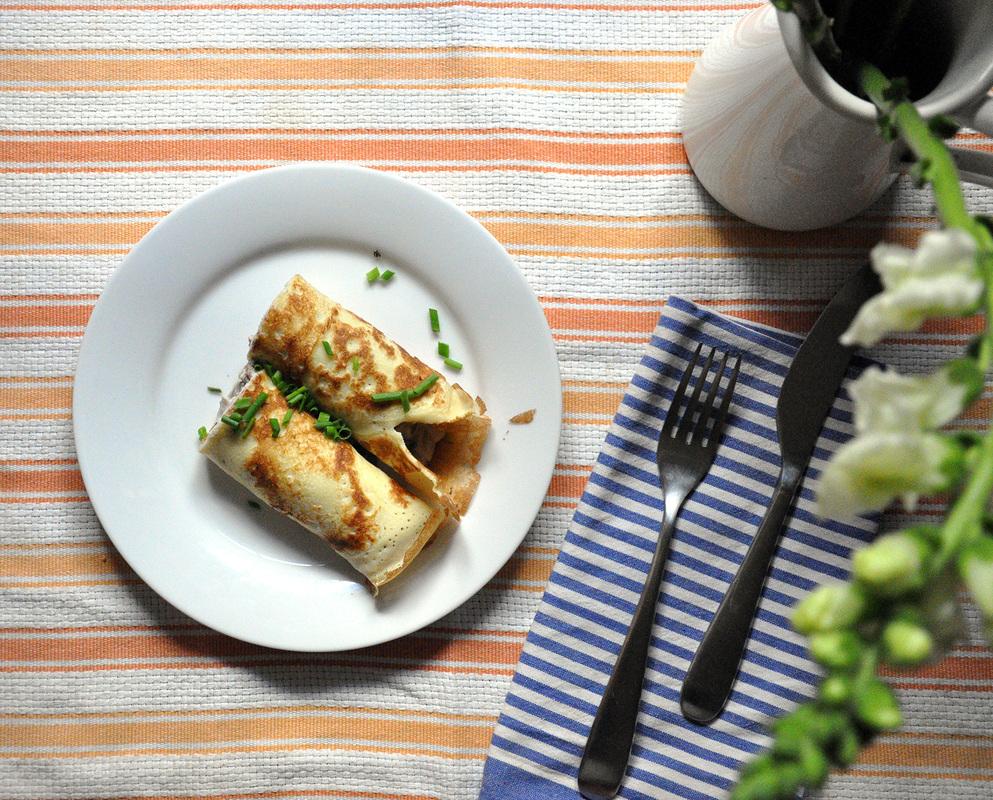
 RSS Feed
RSS Feed